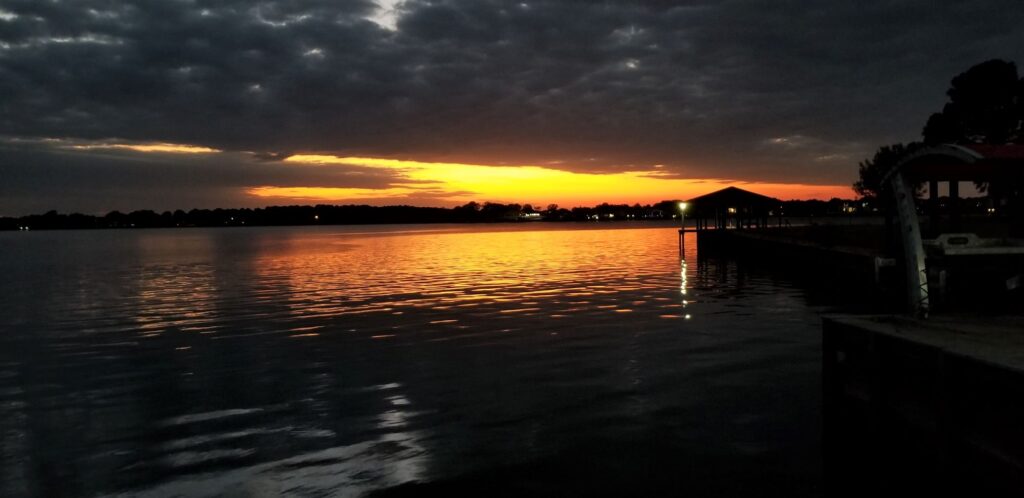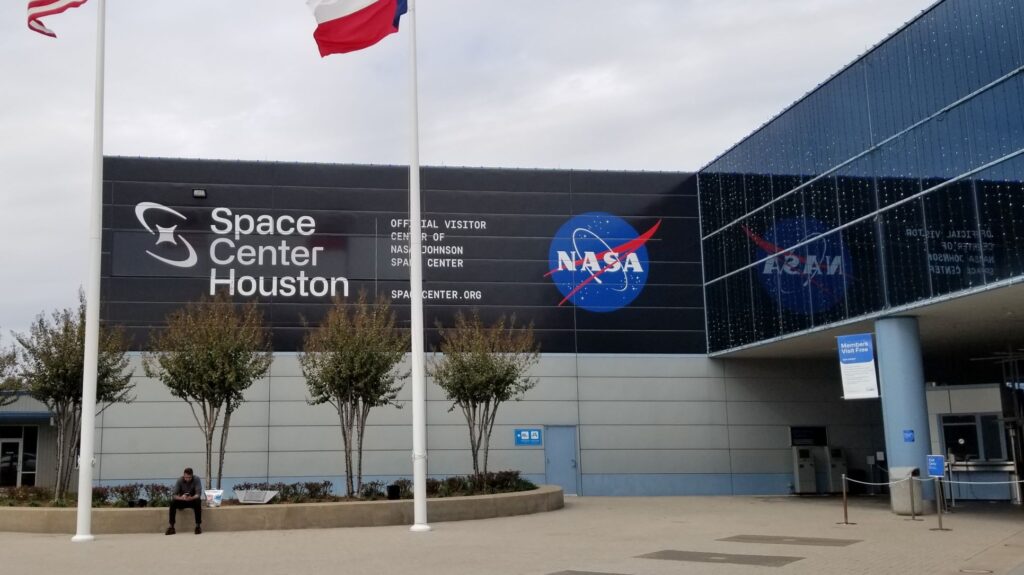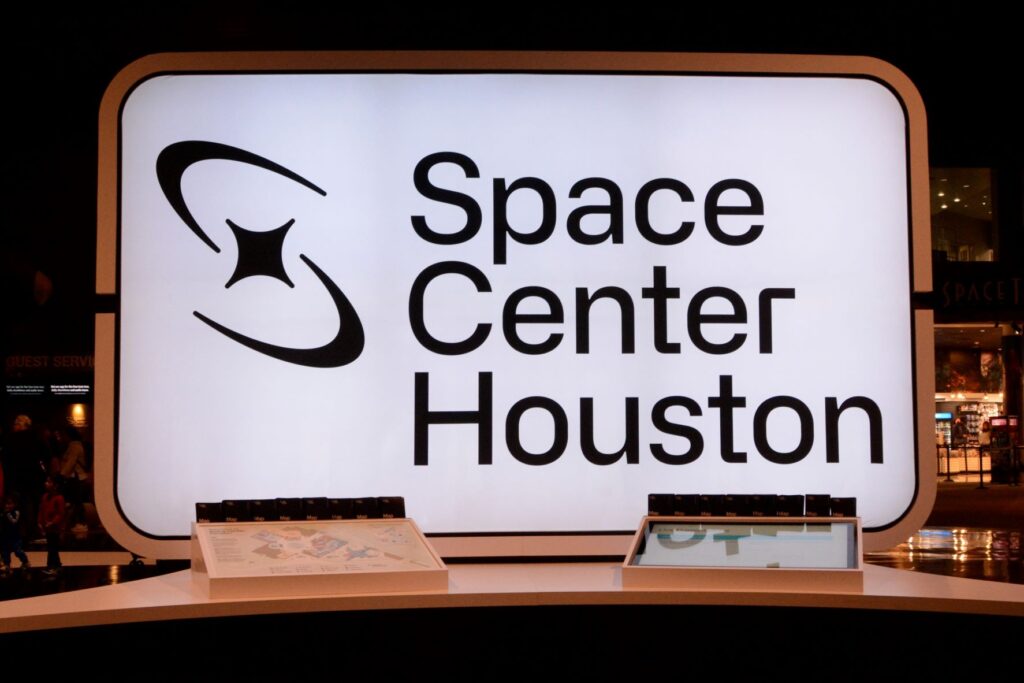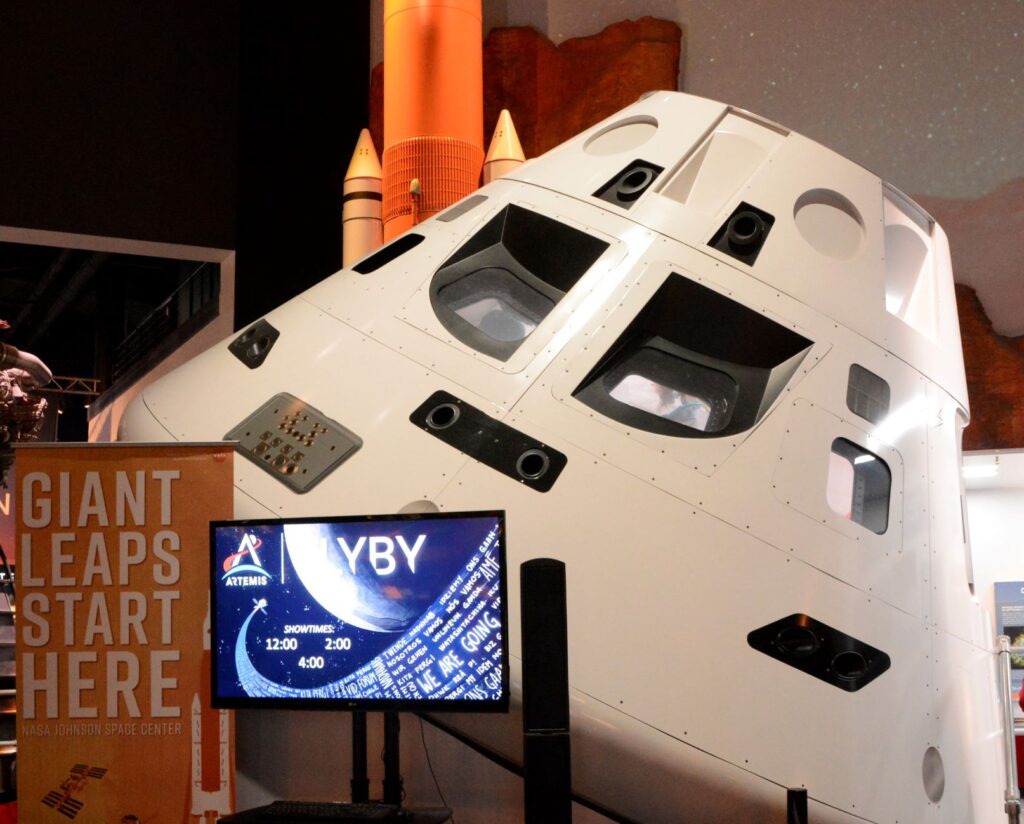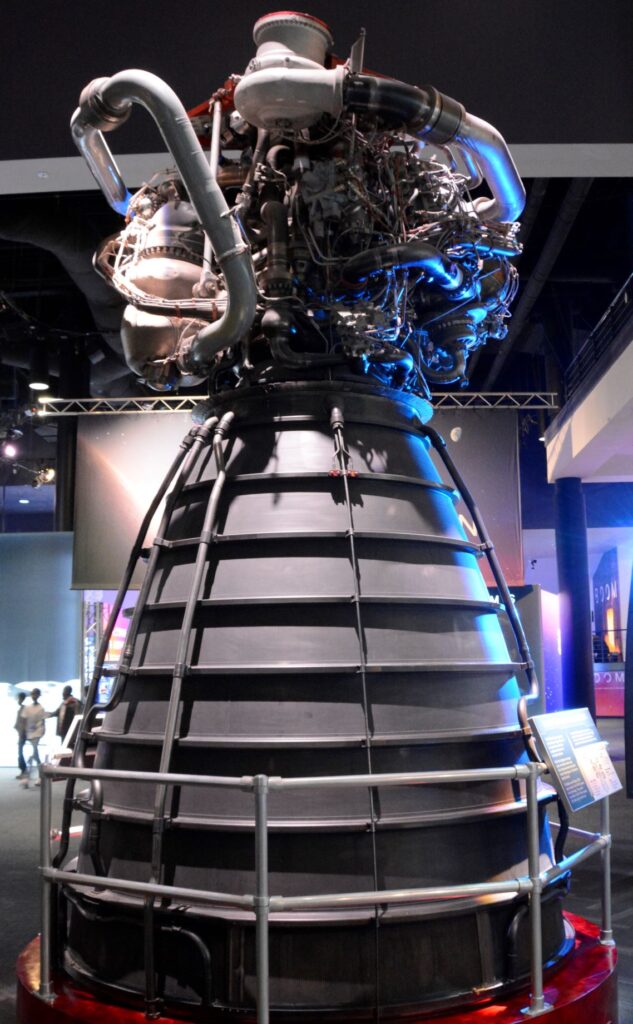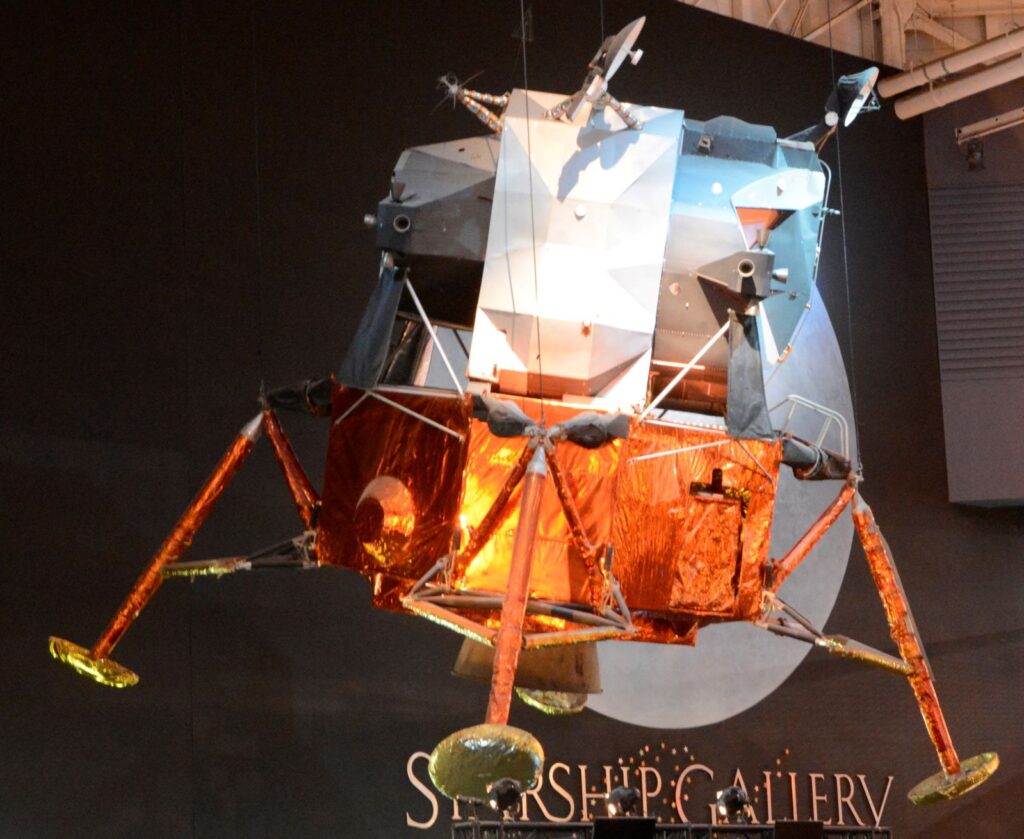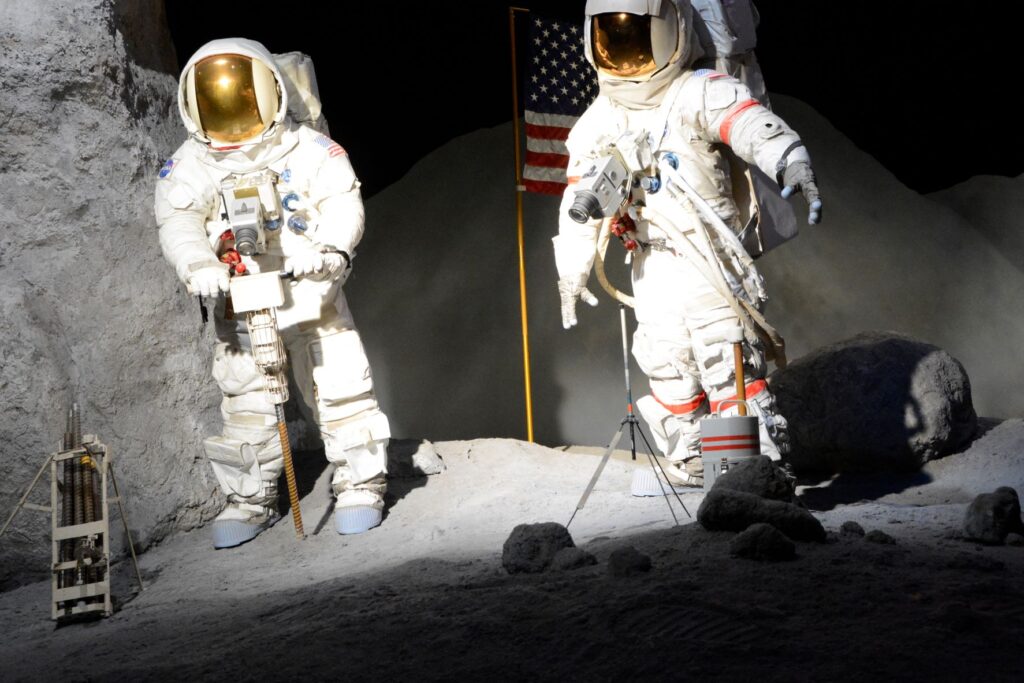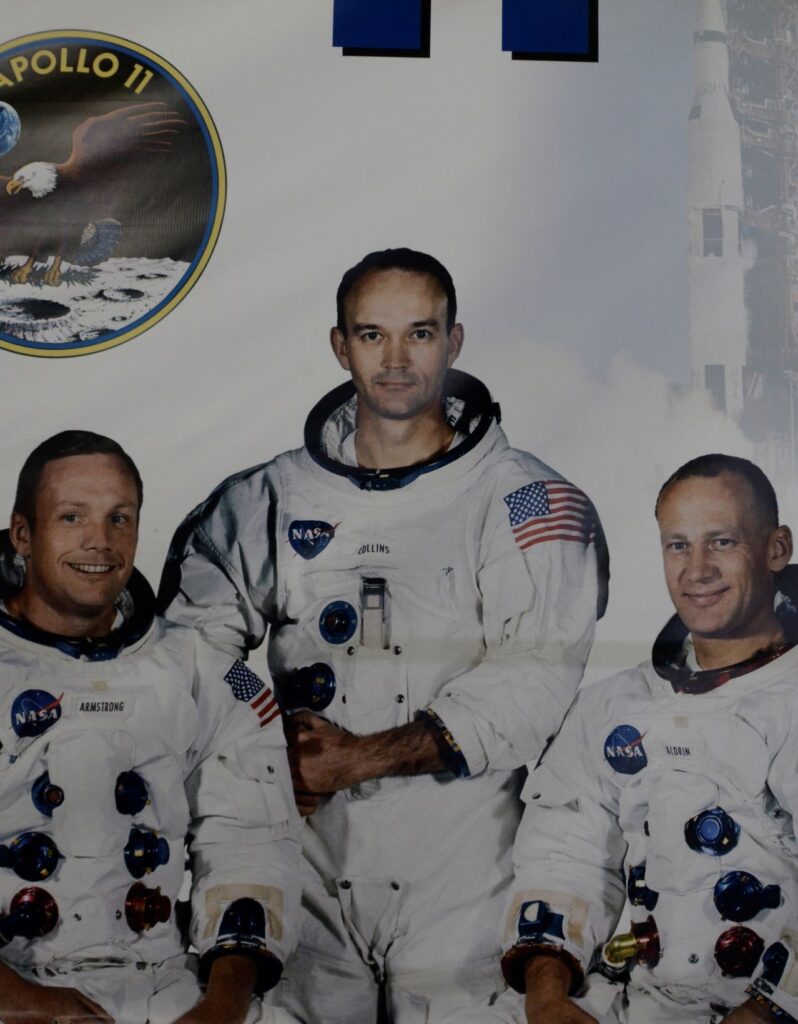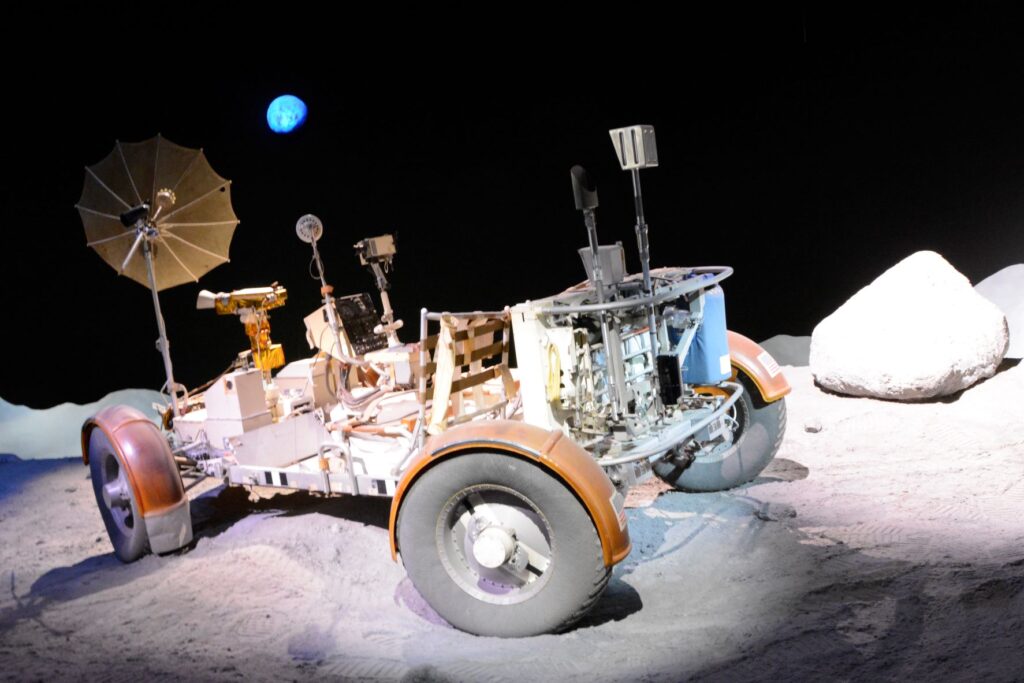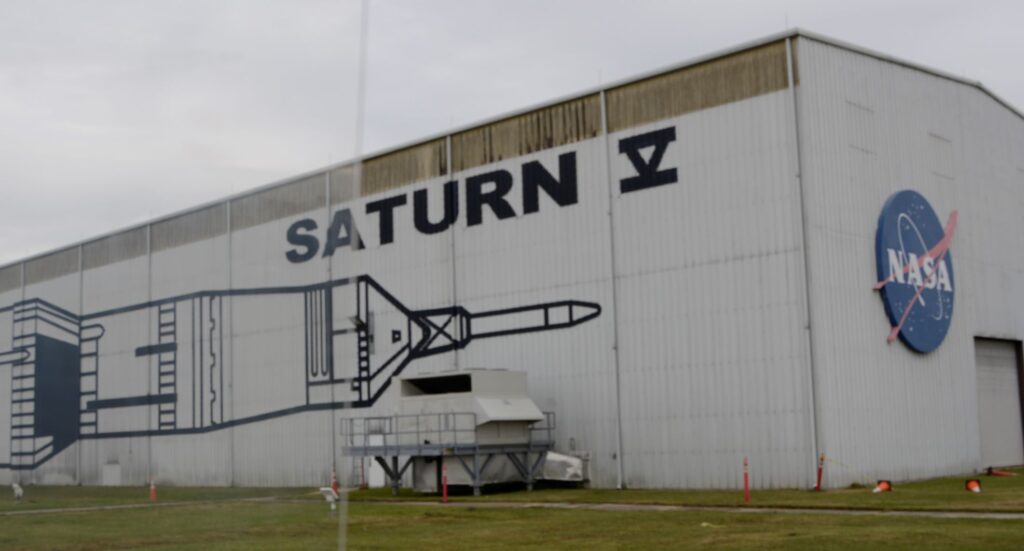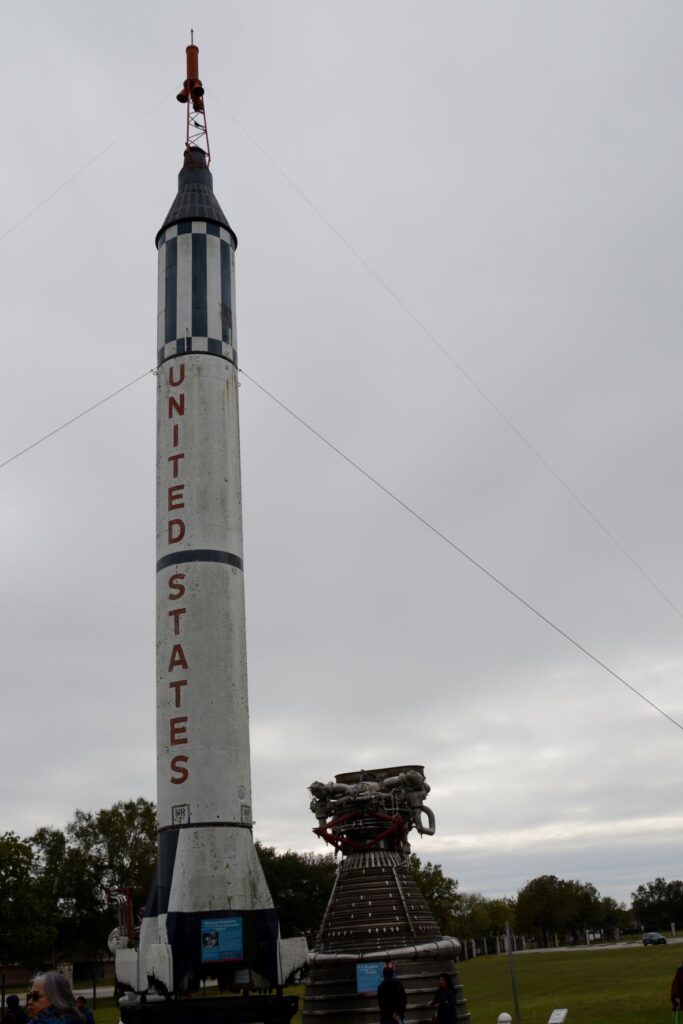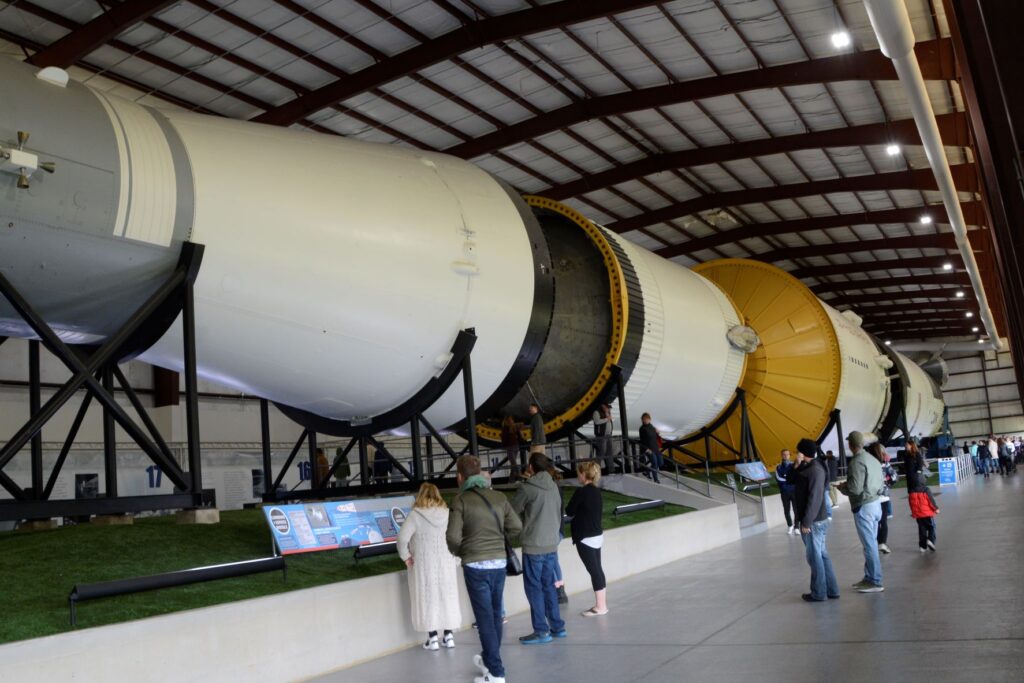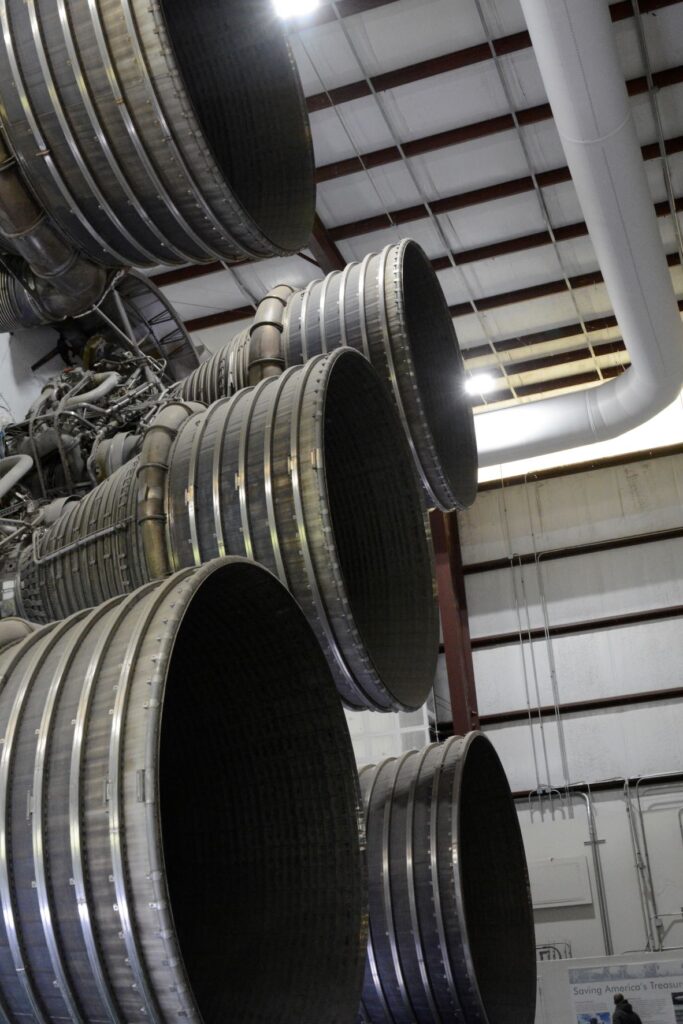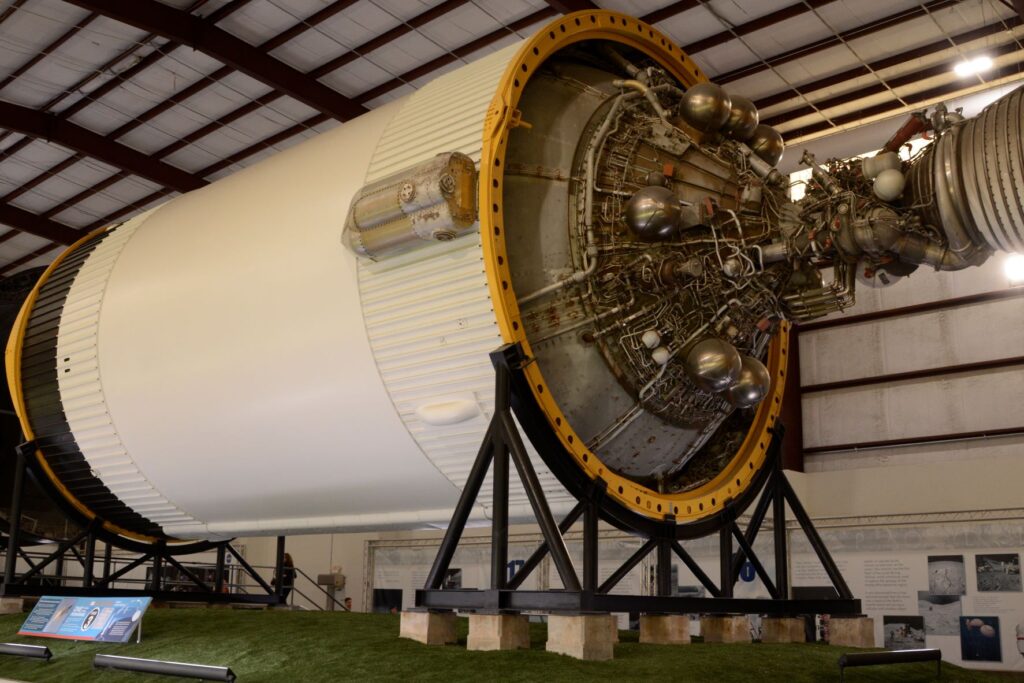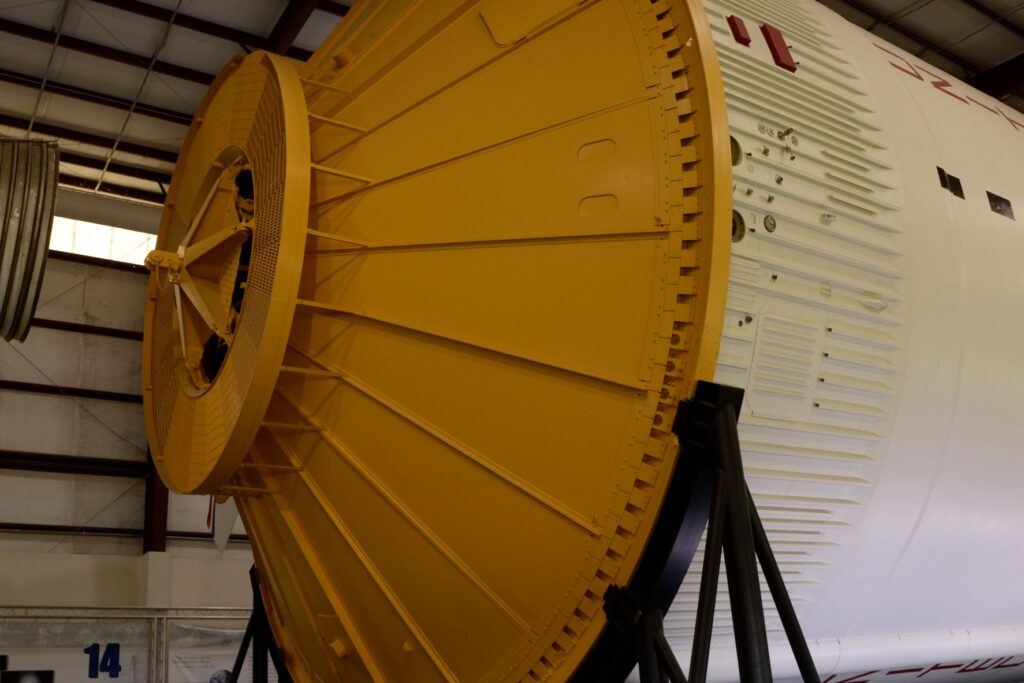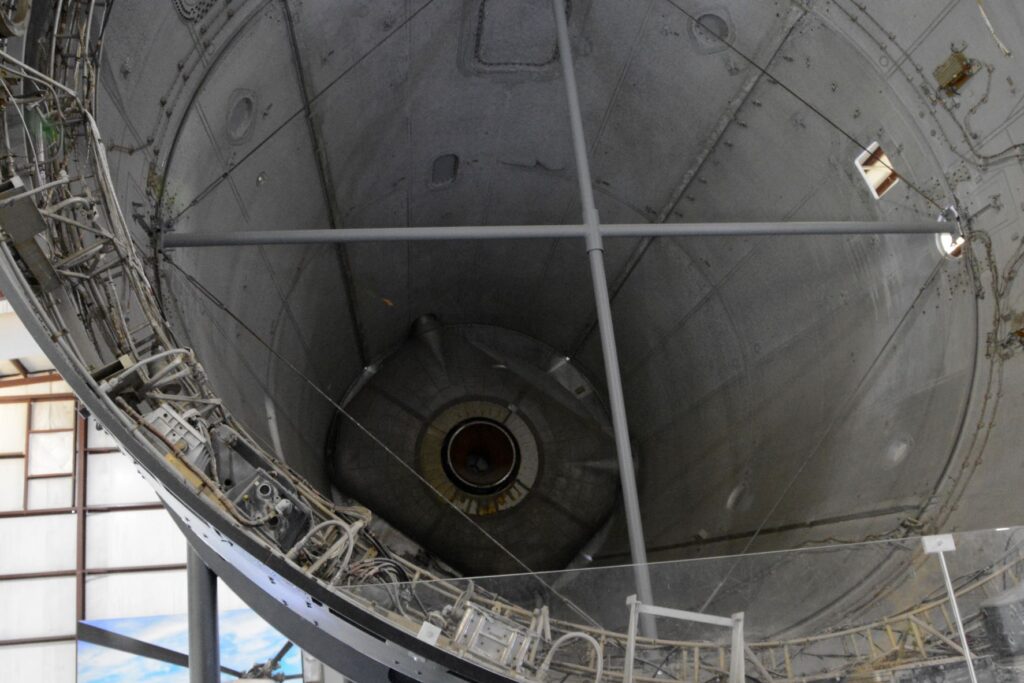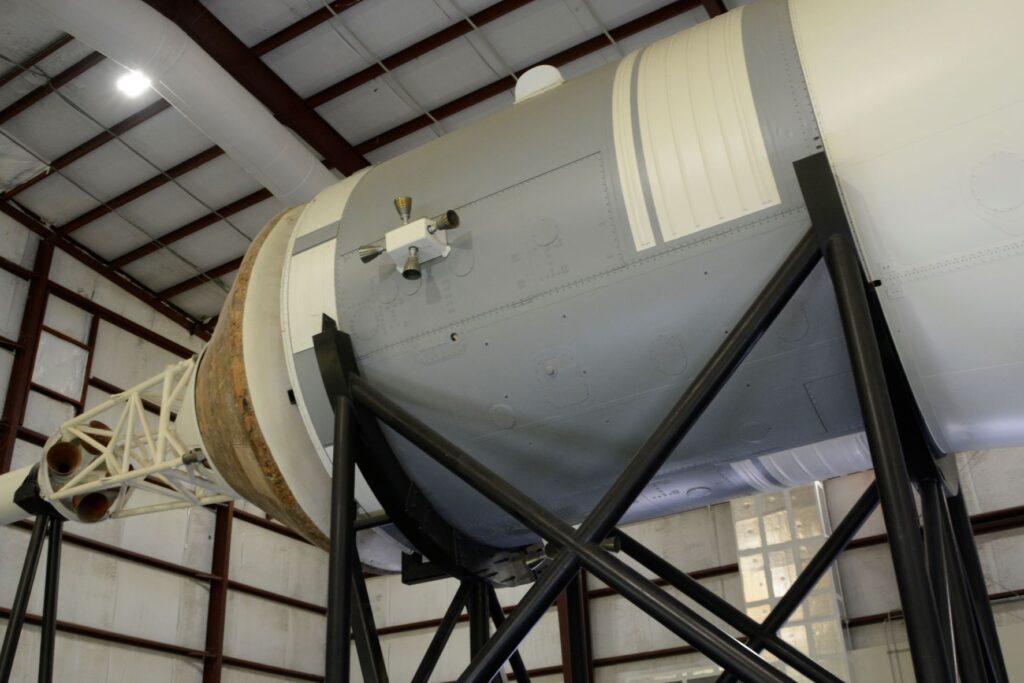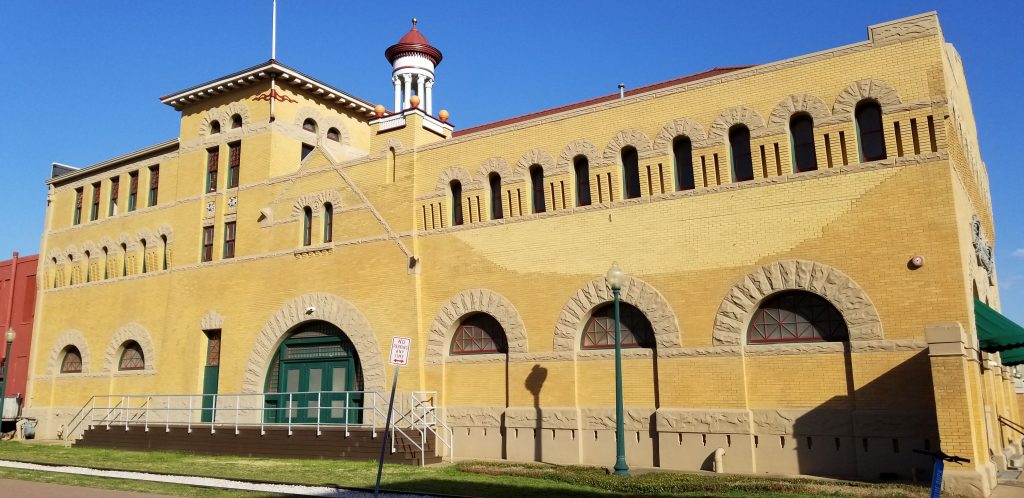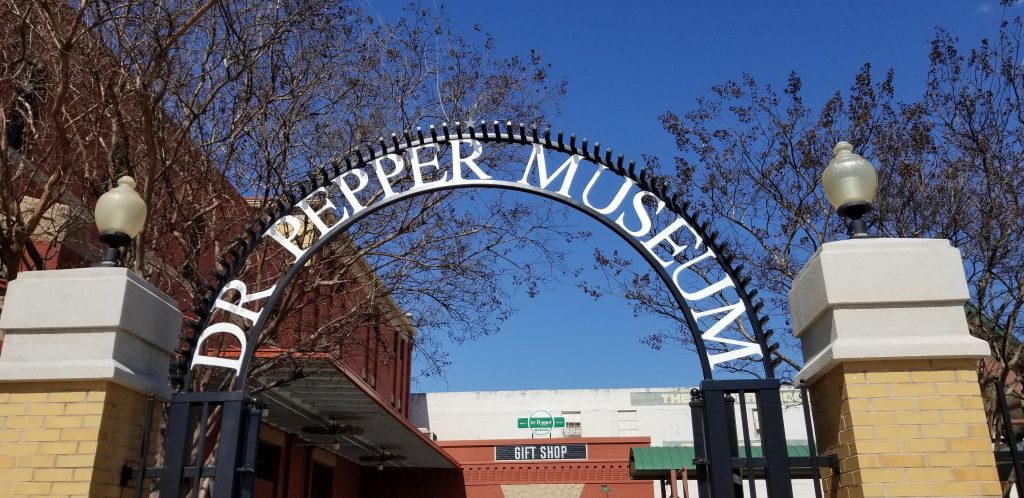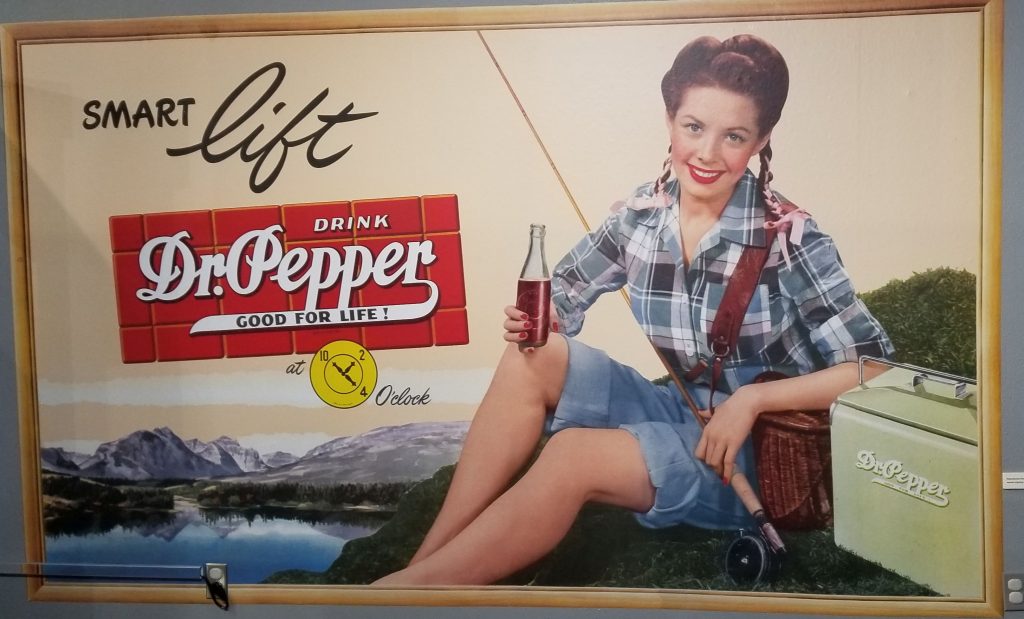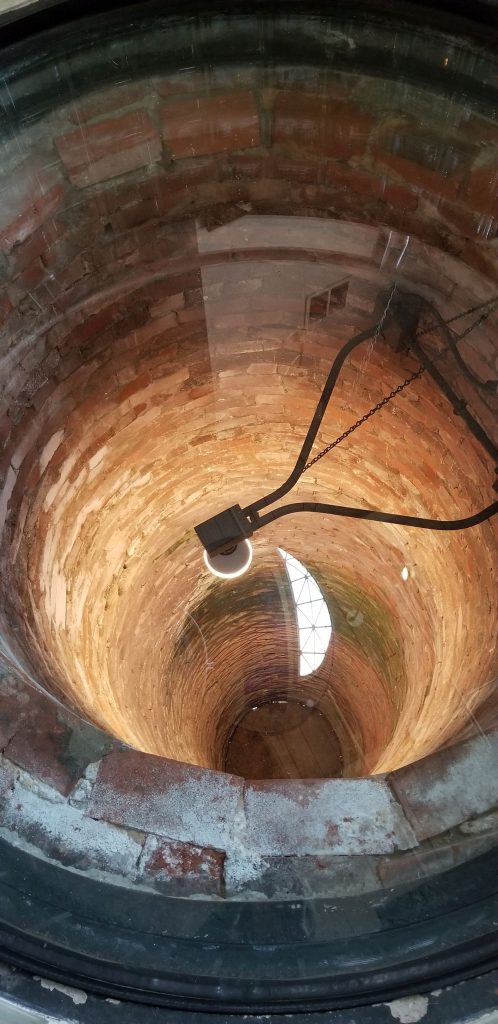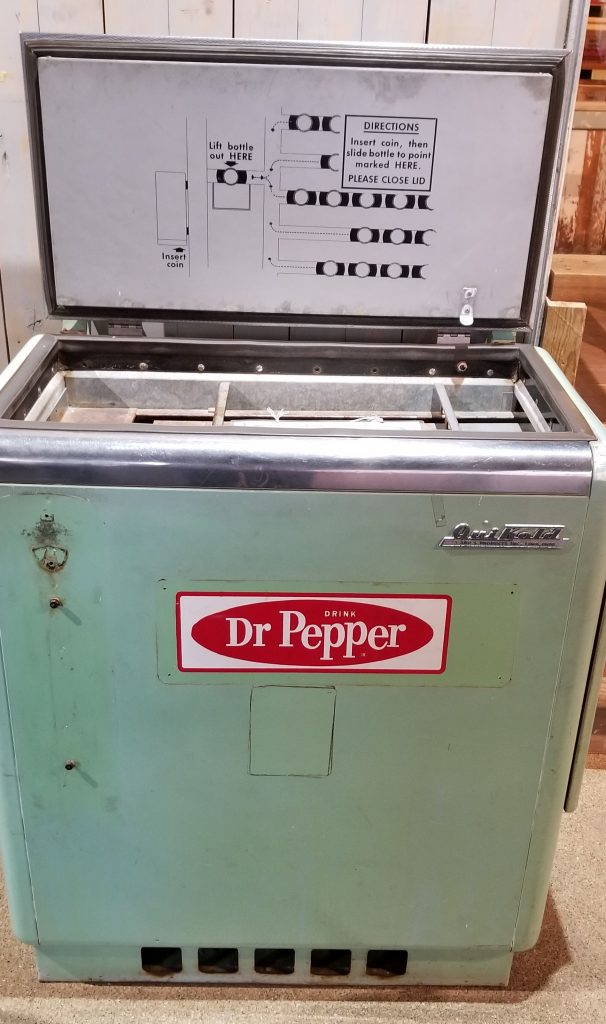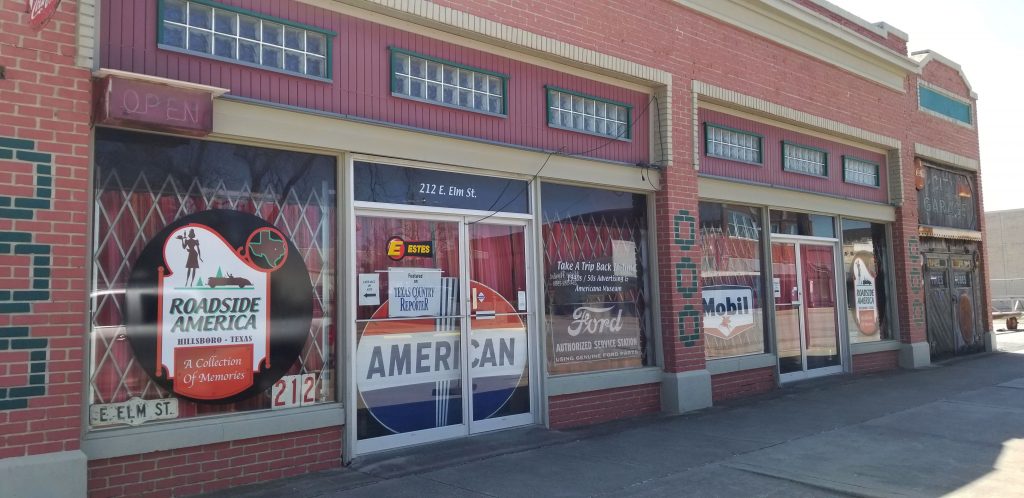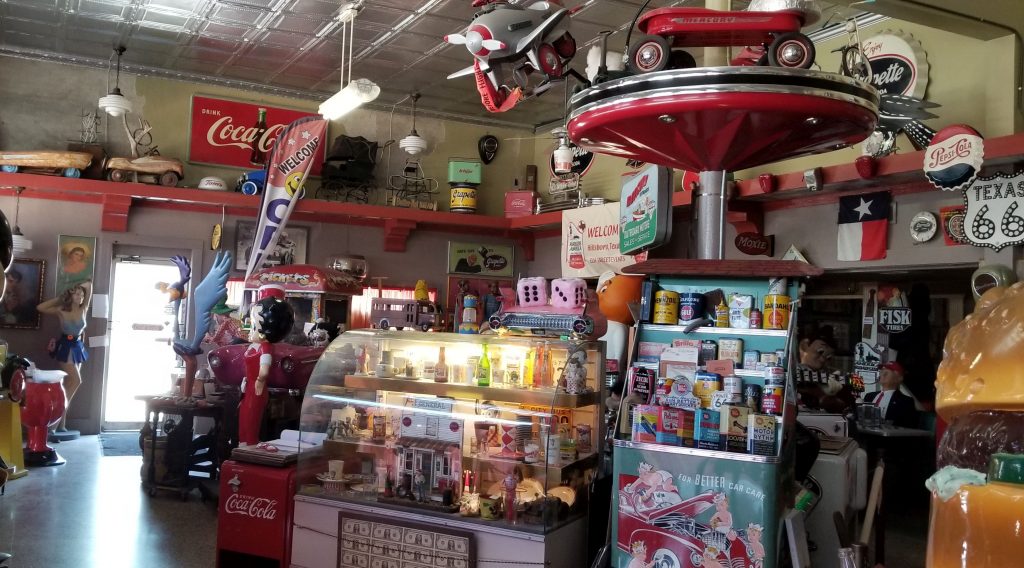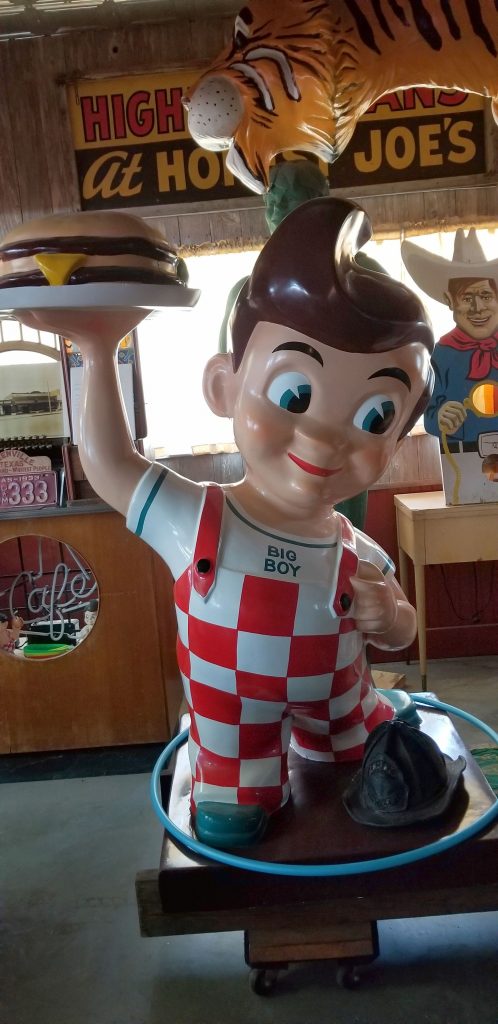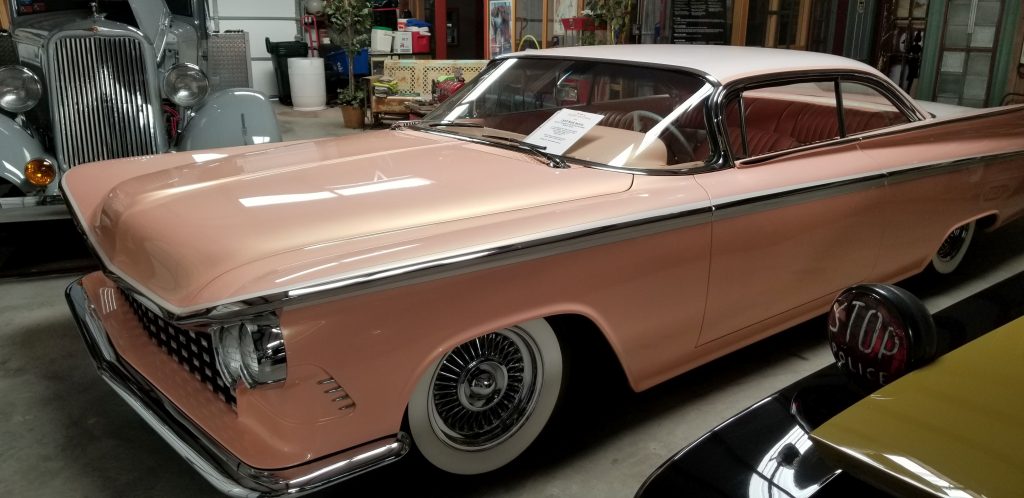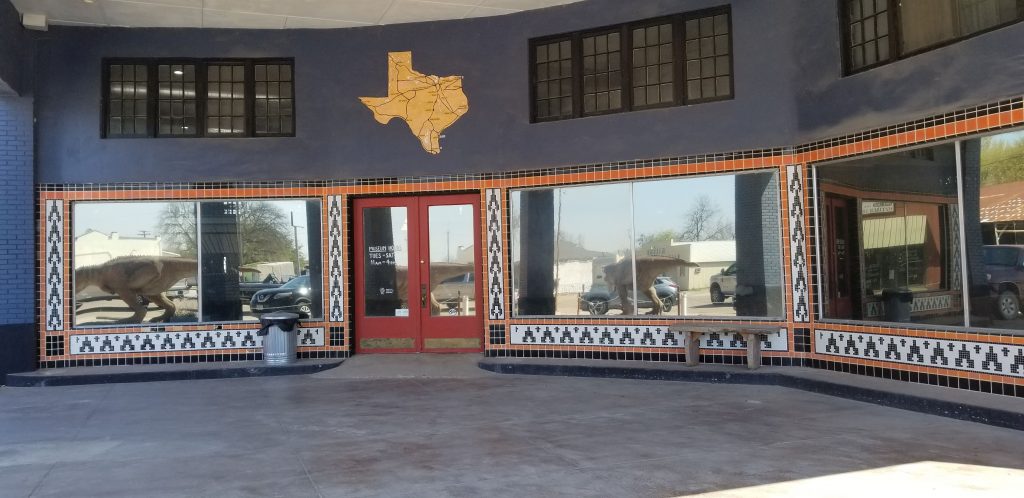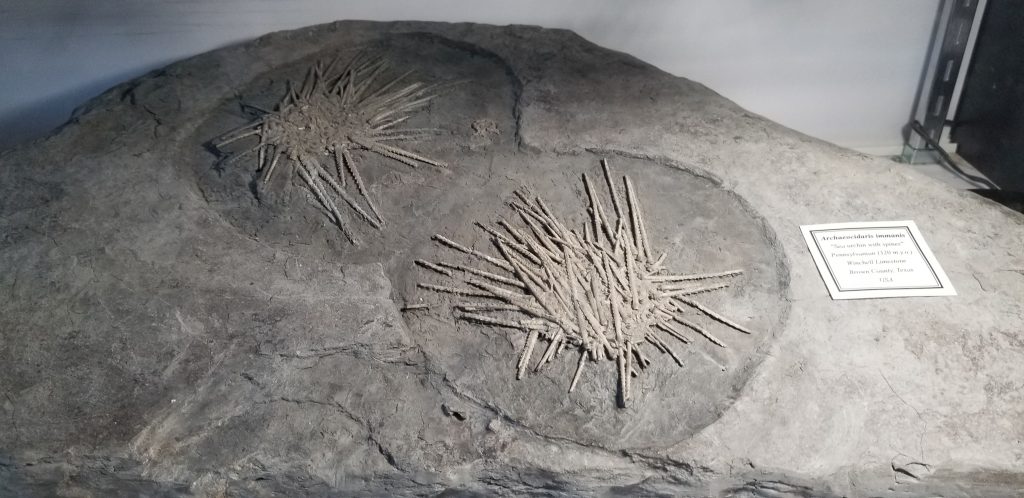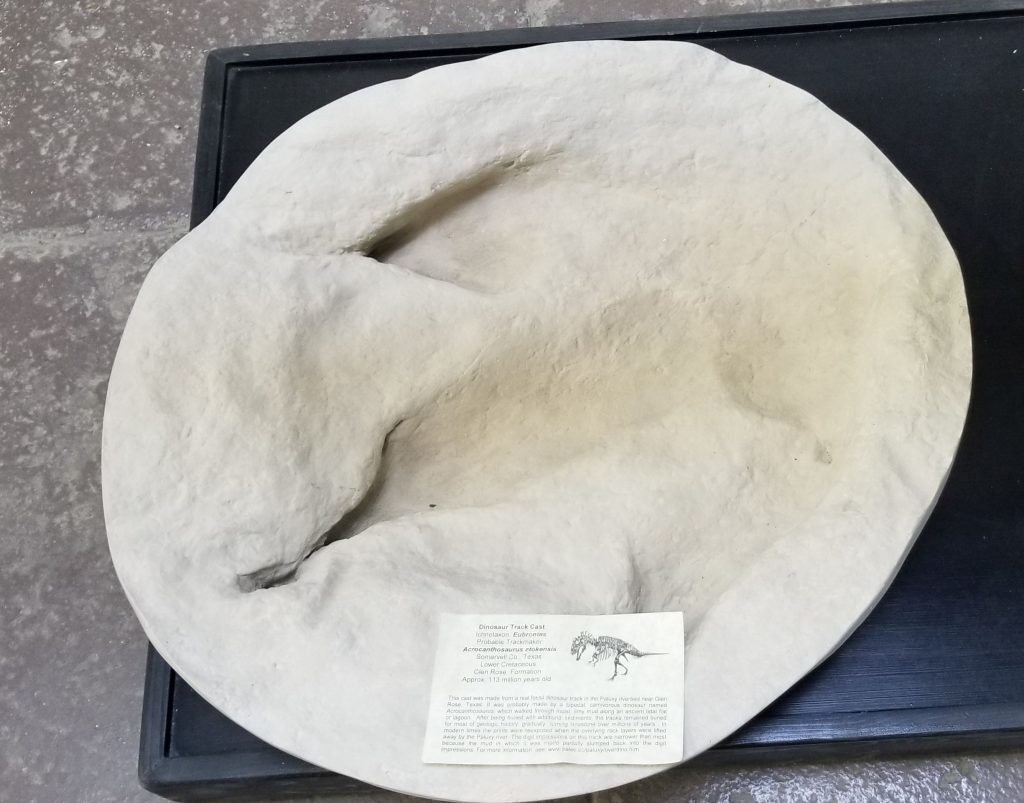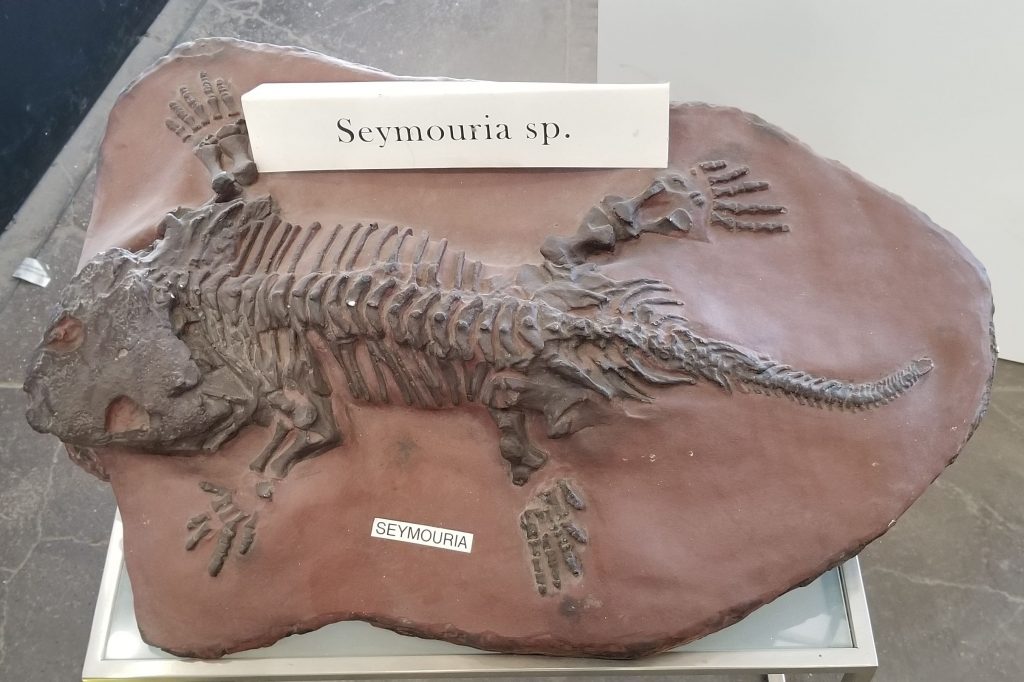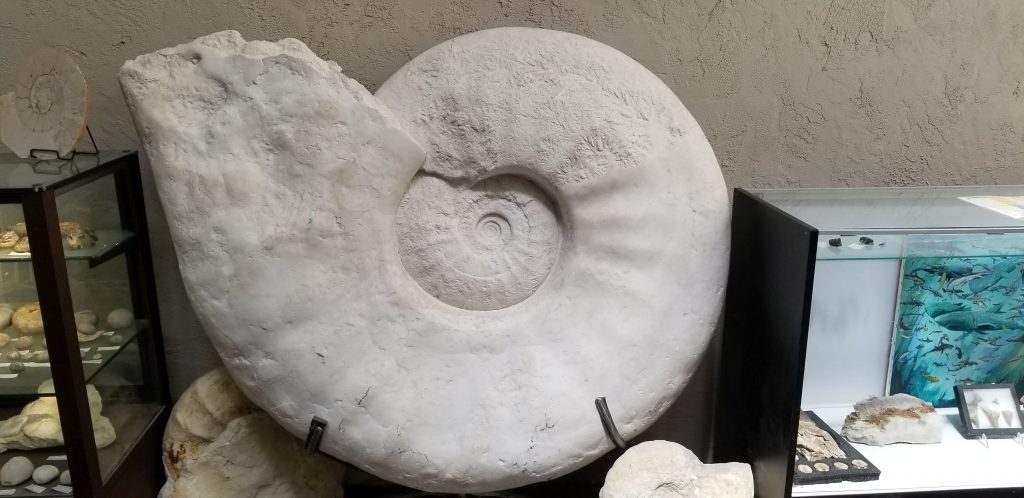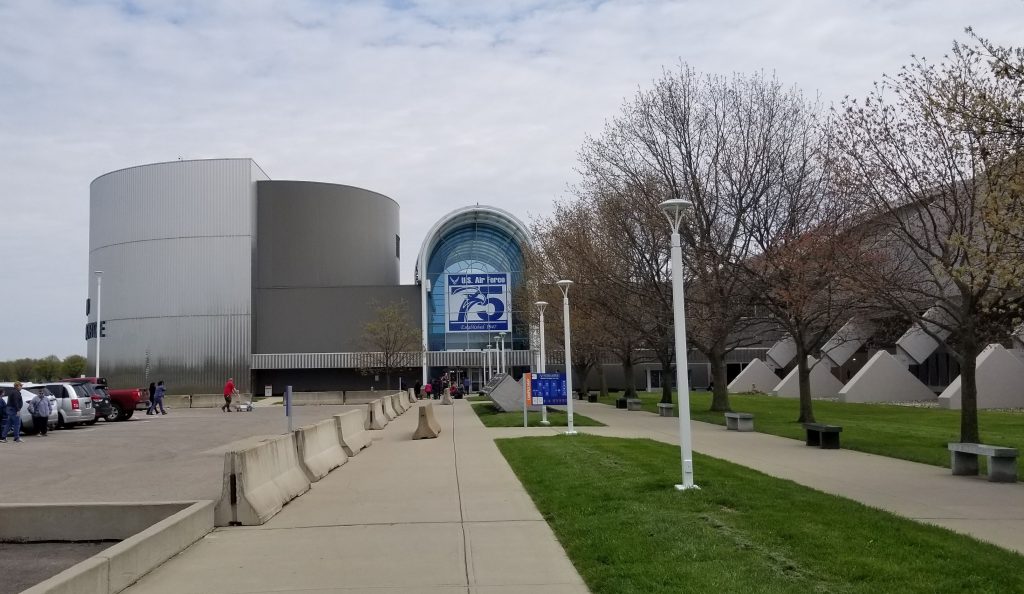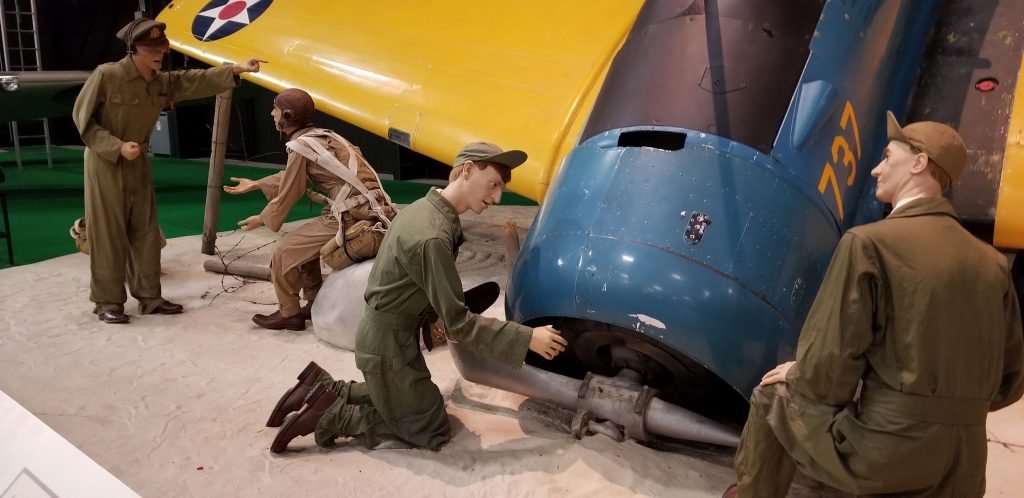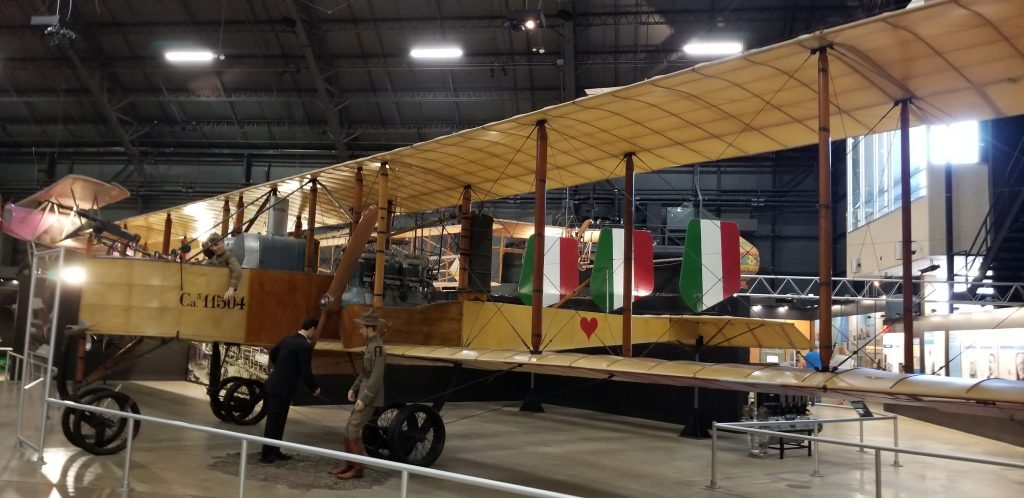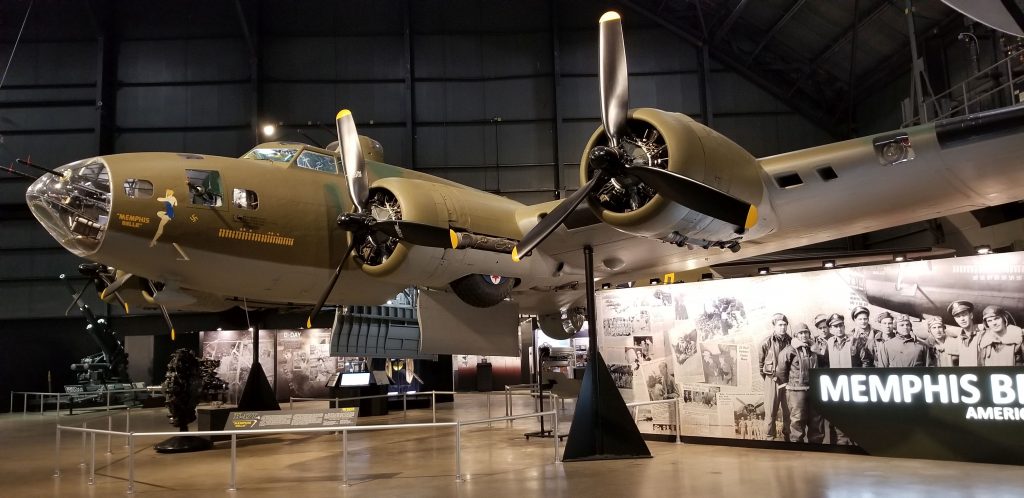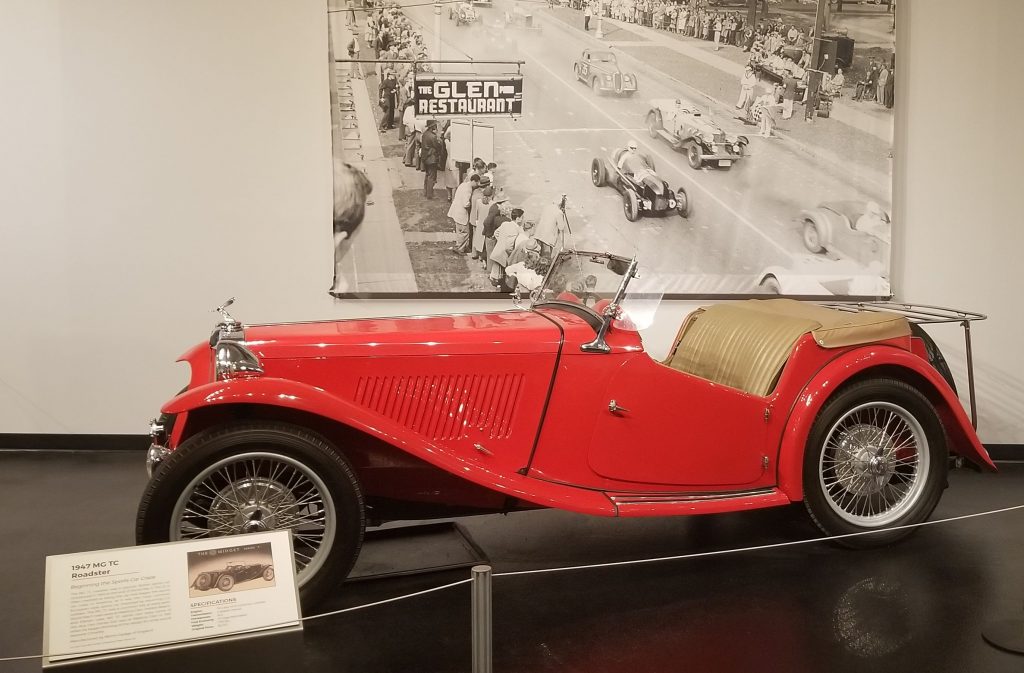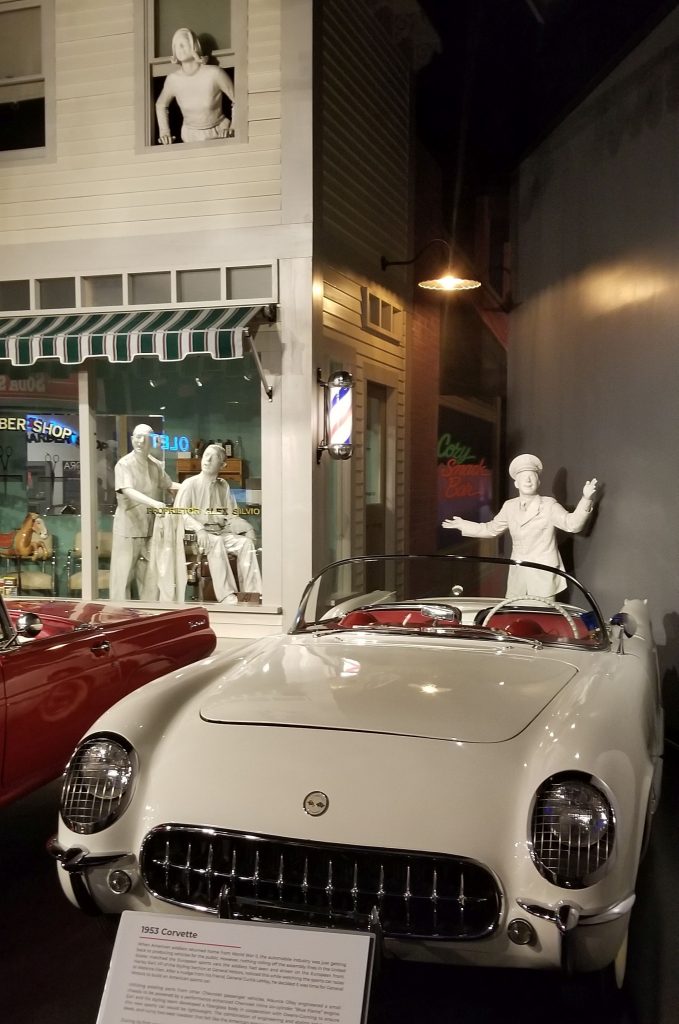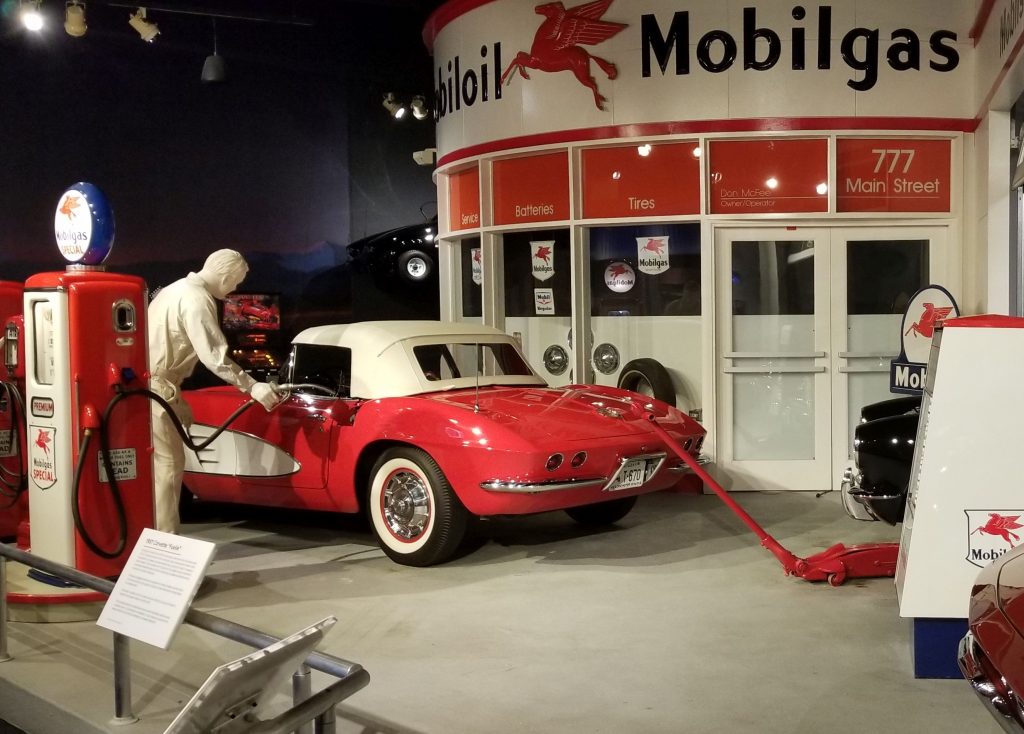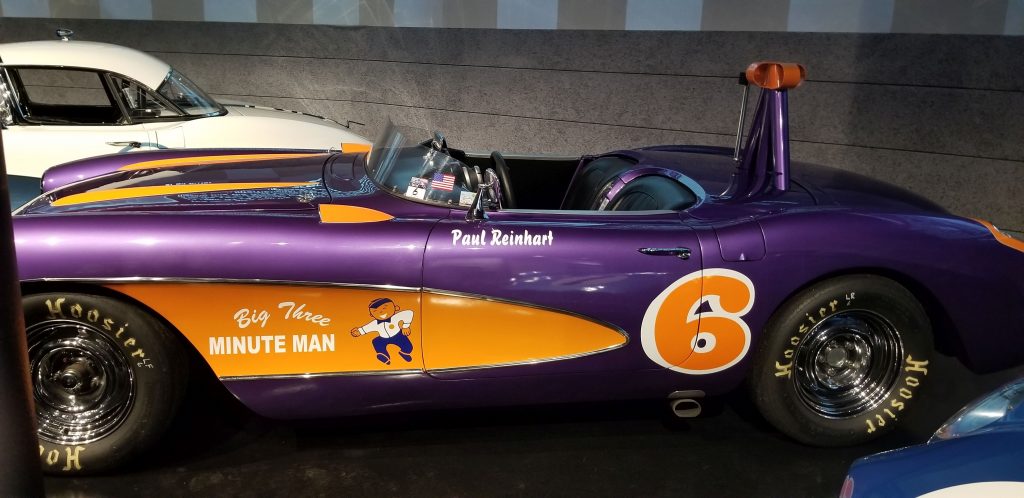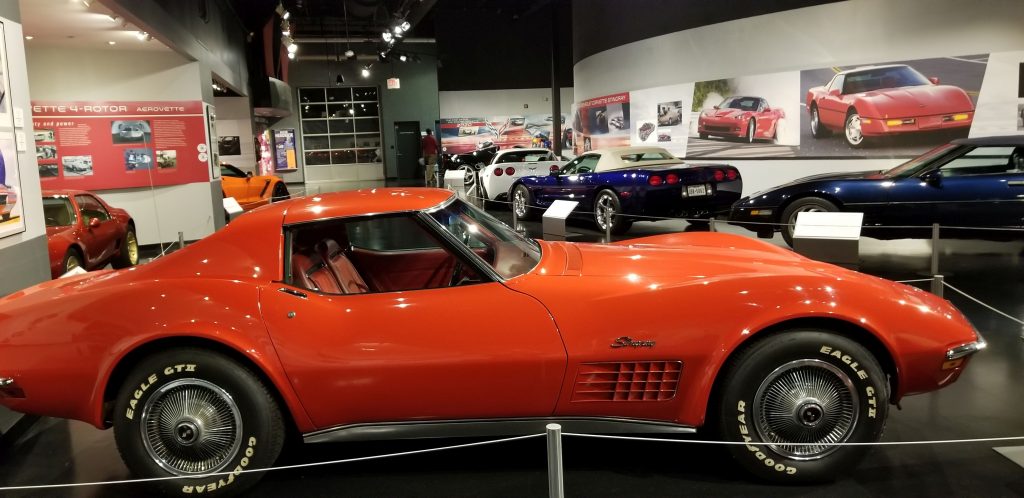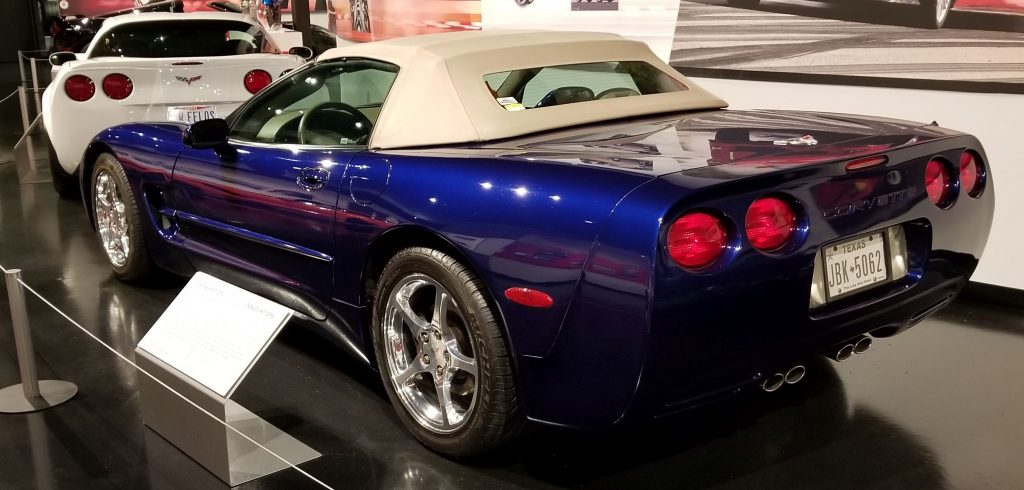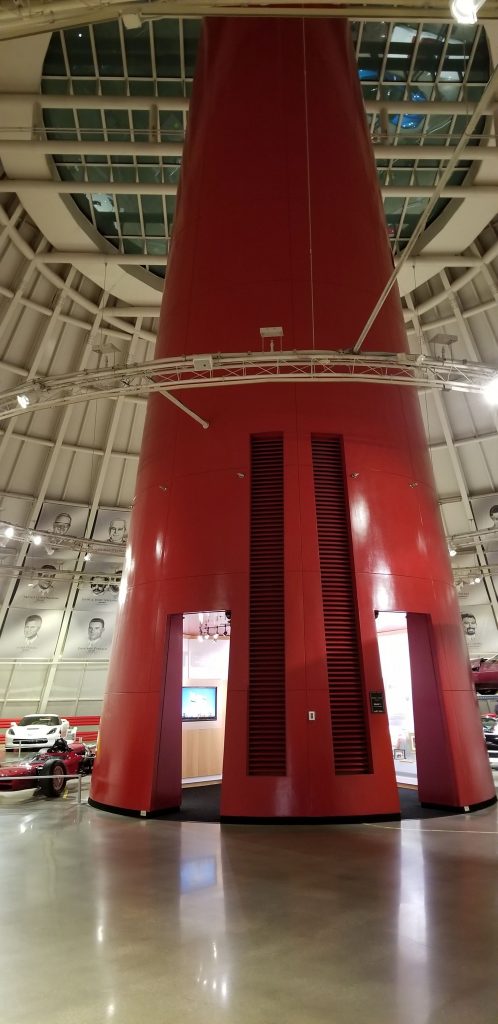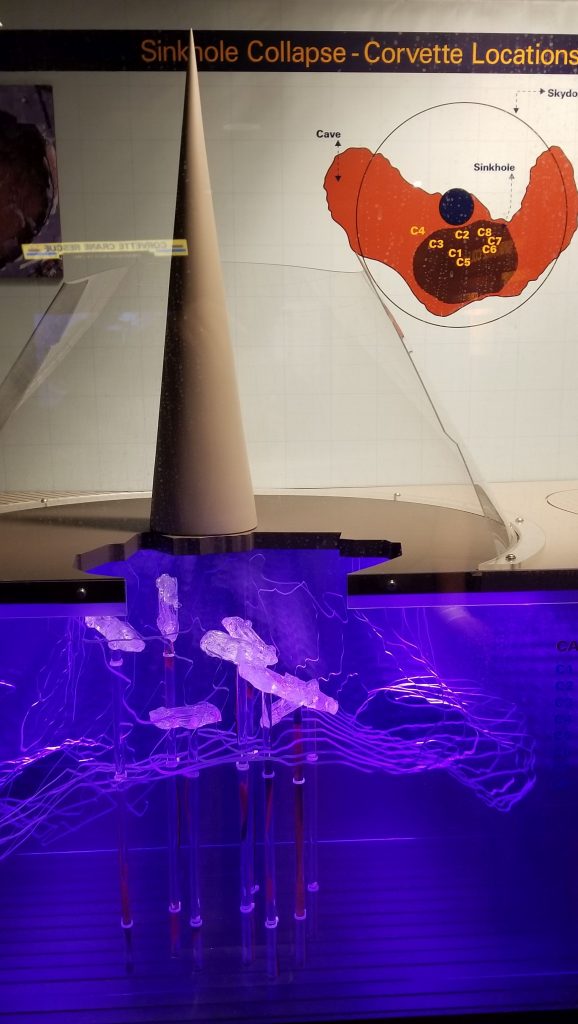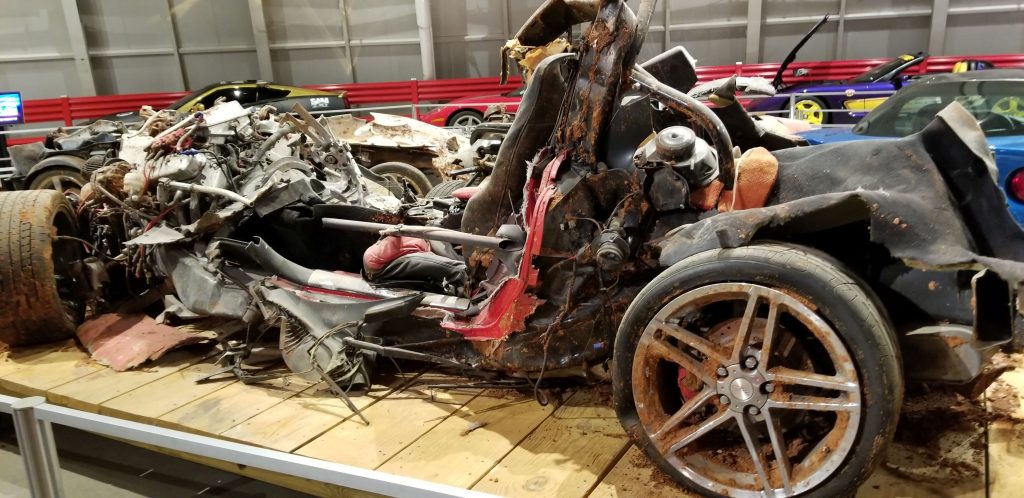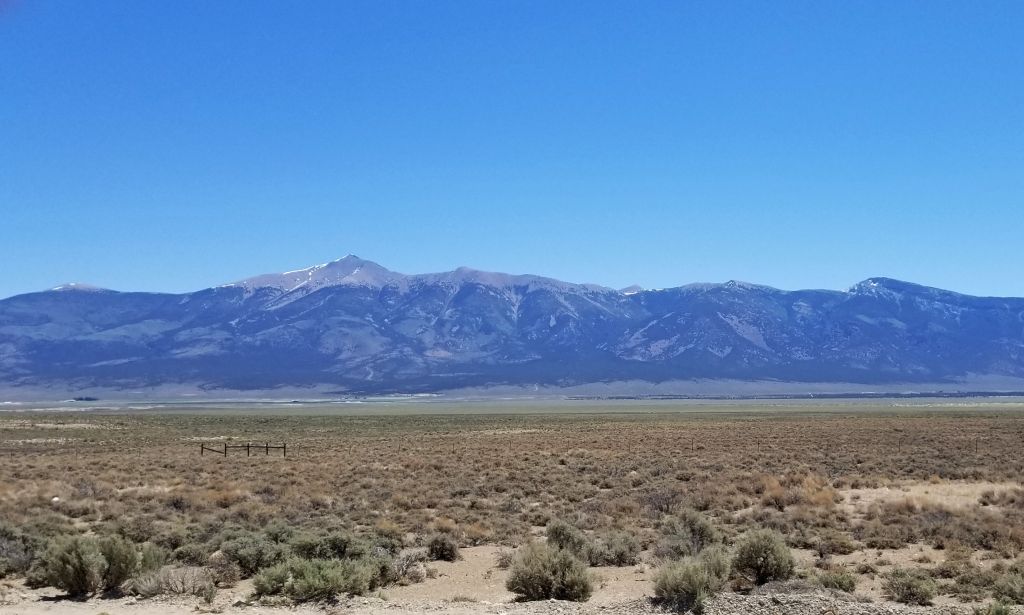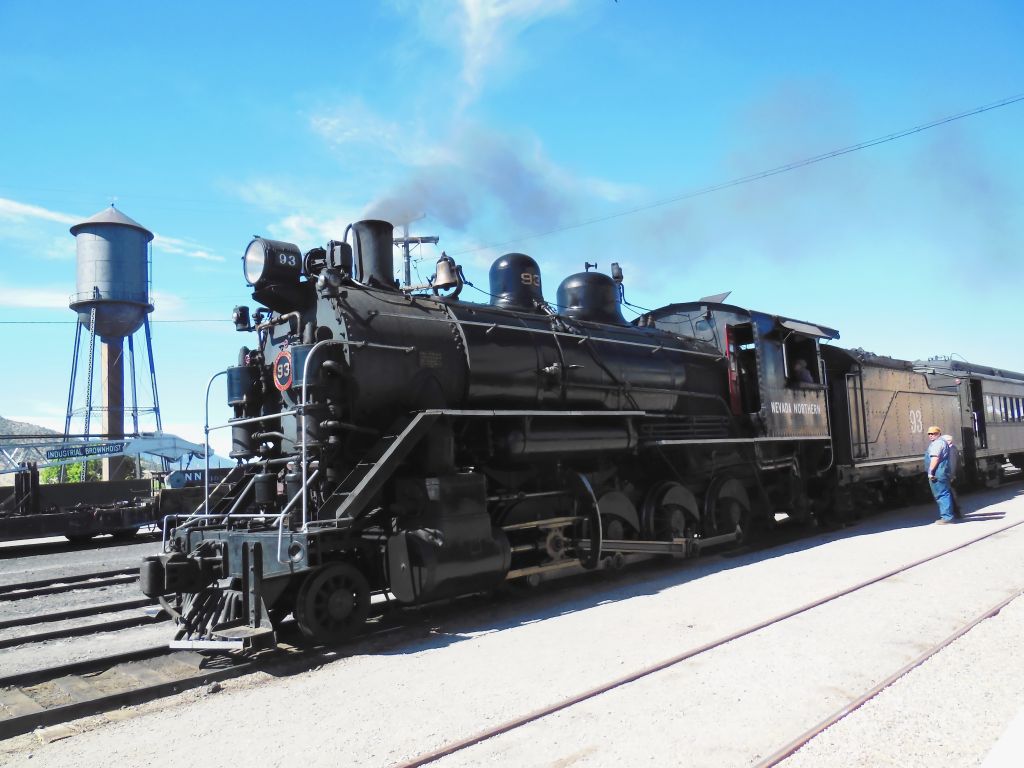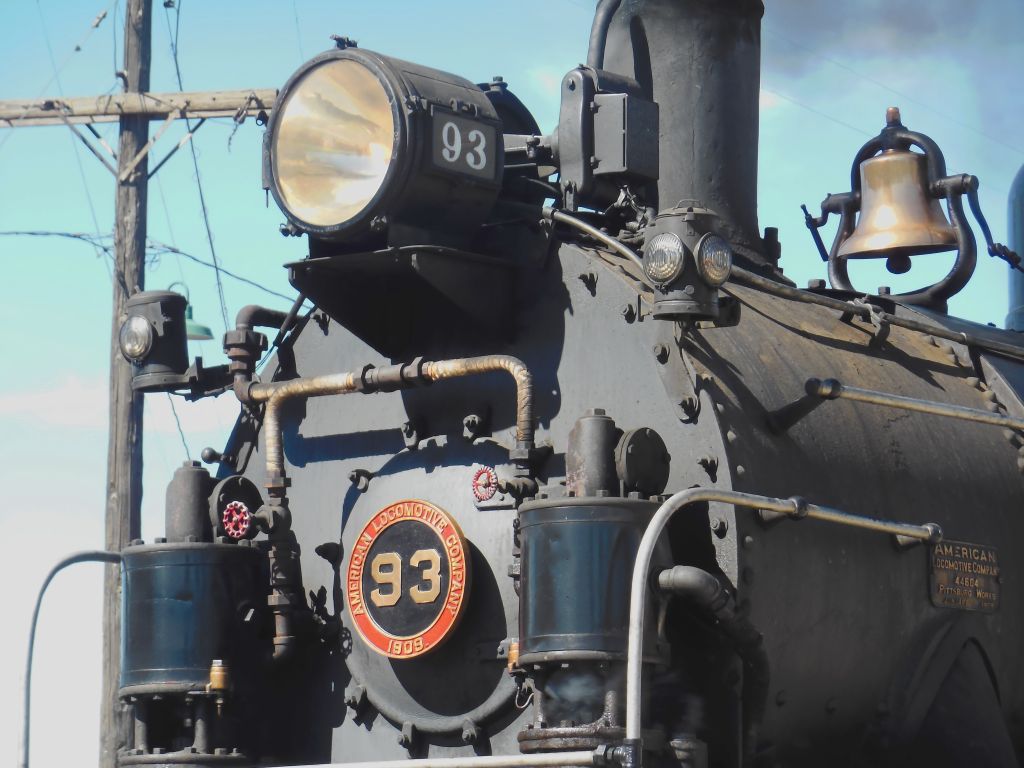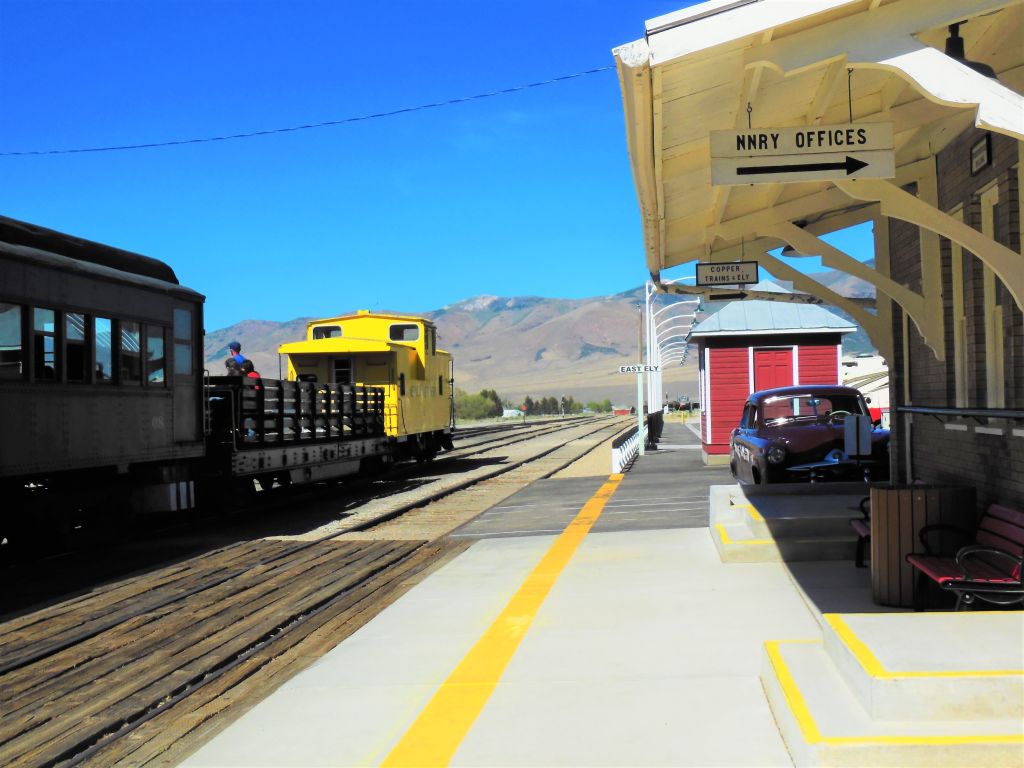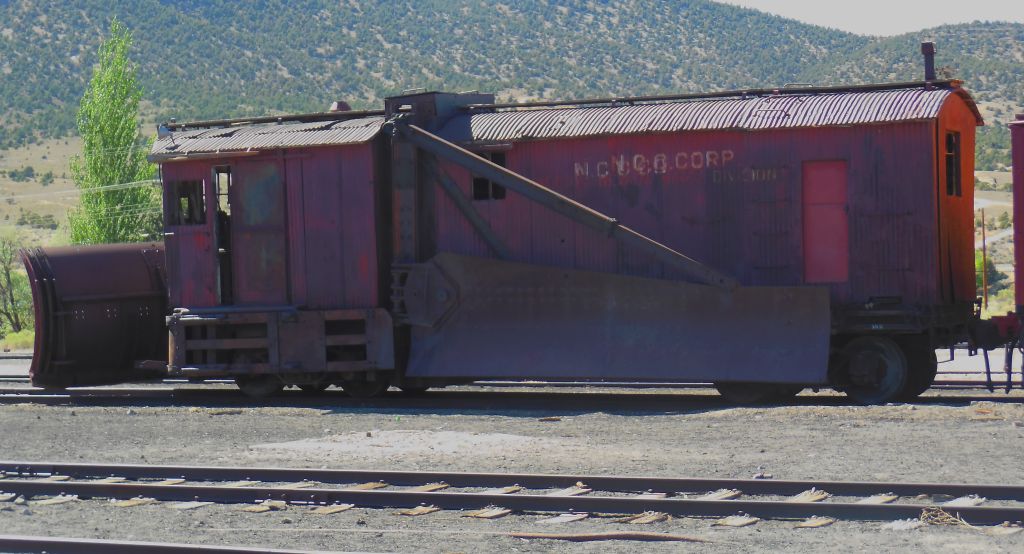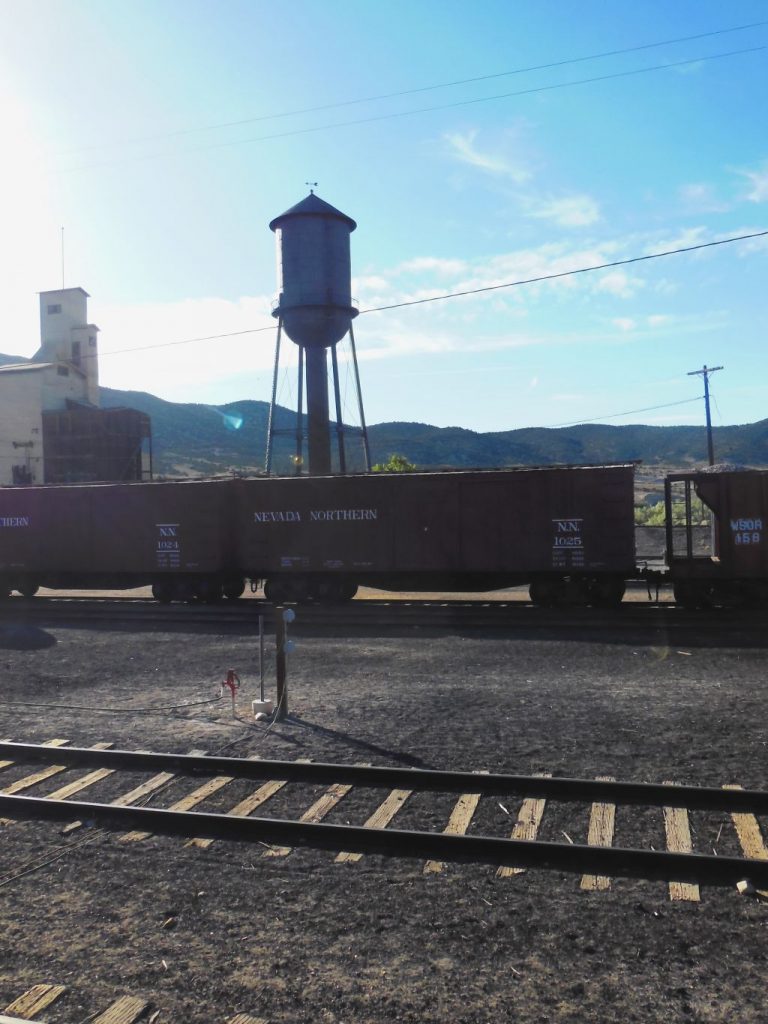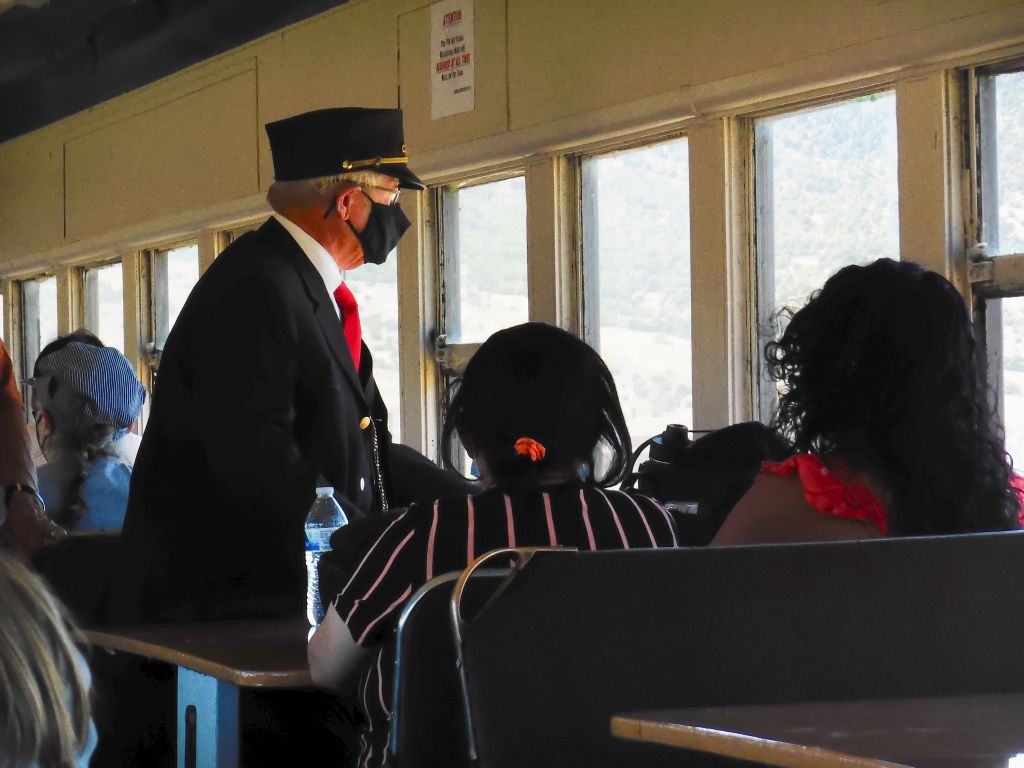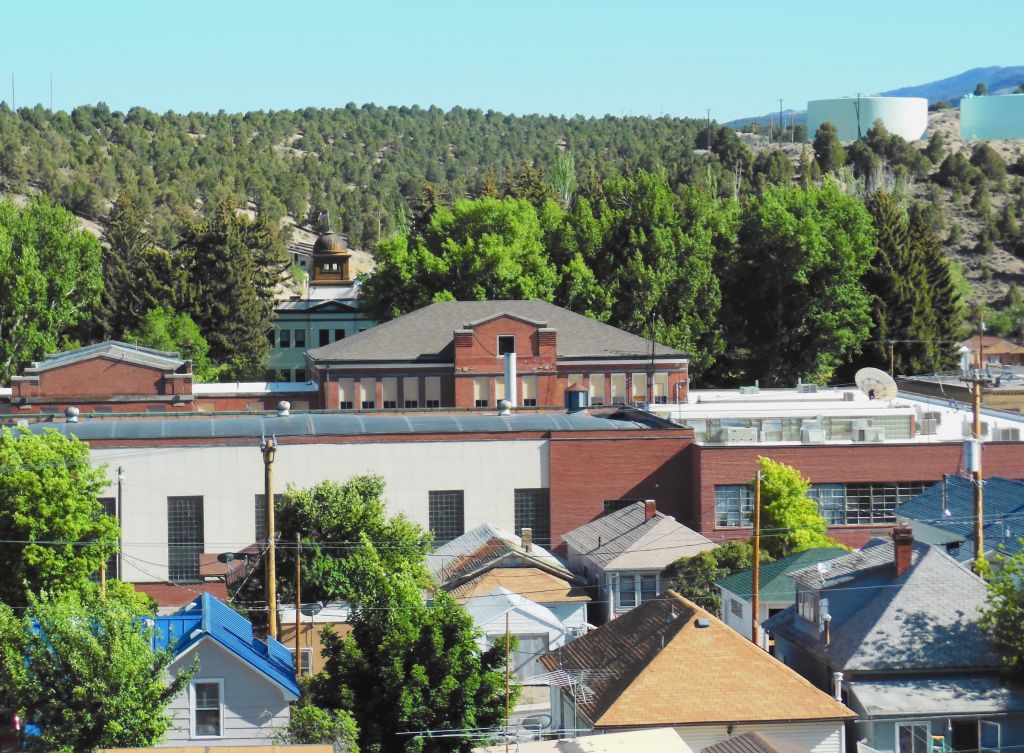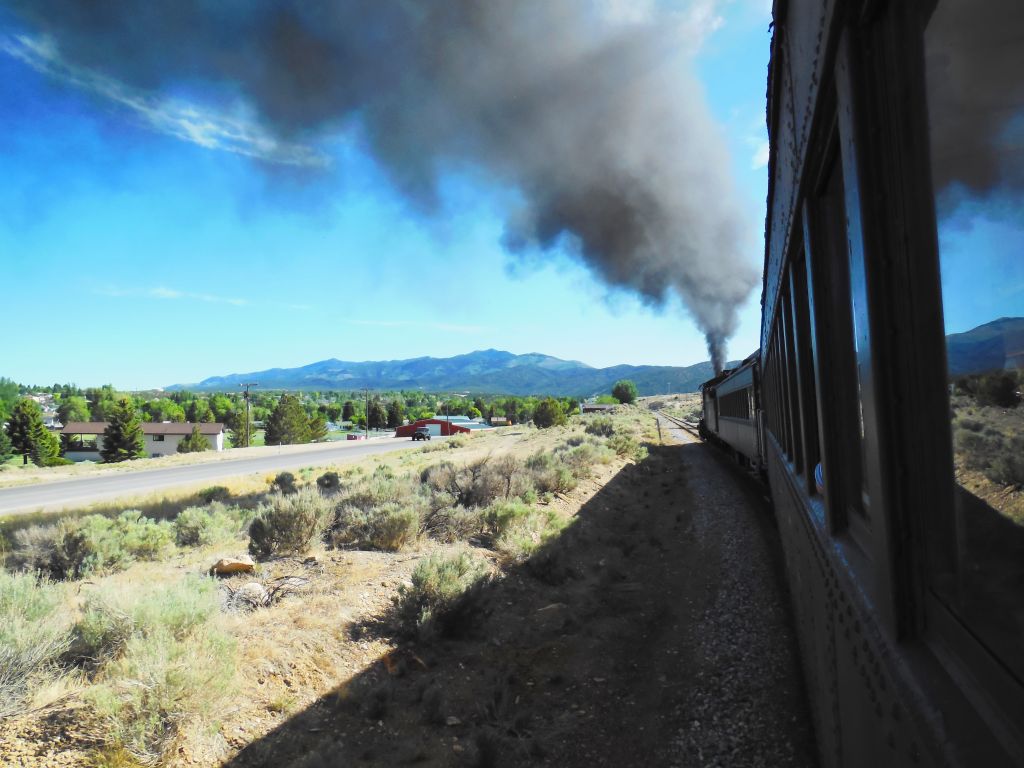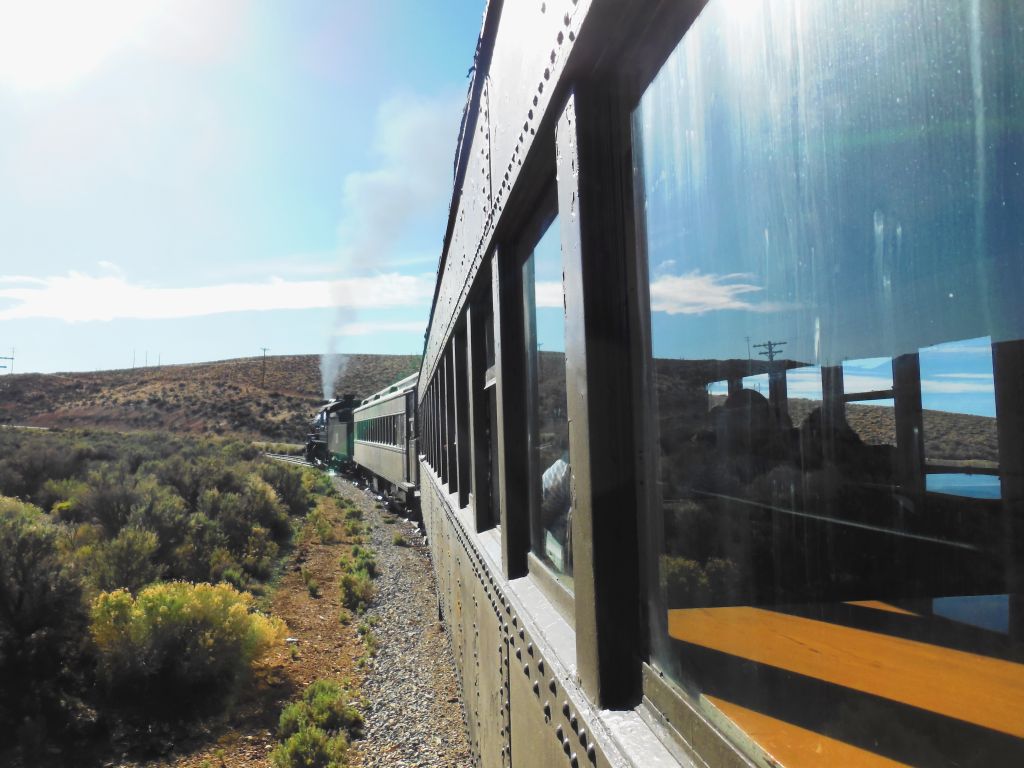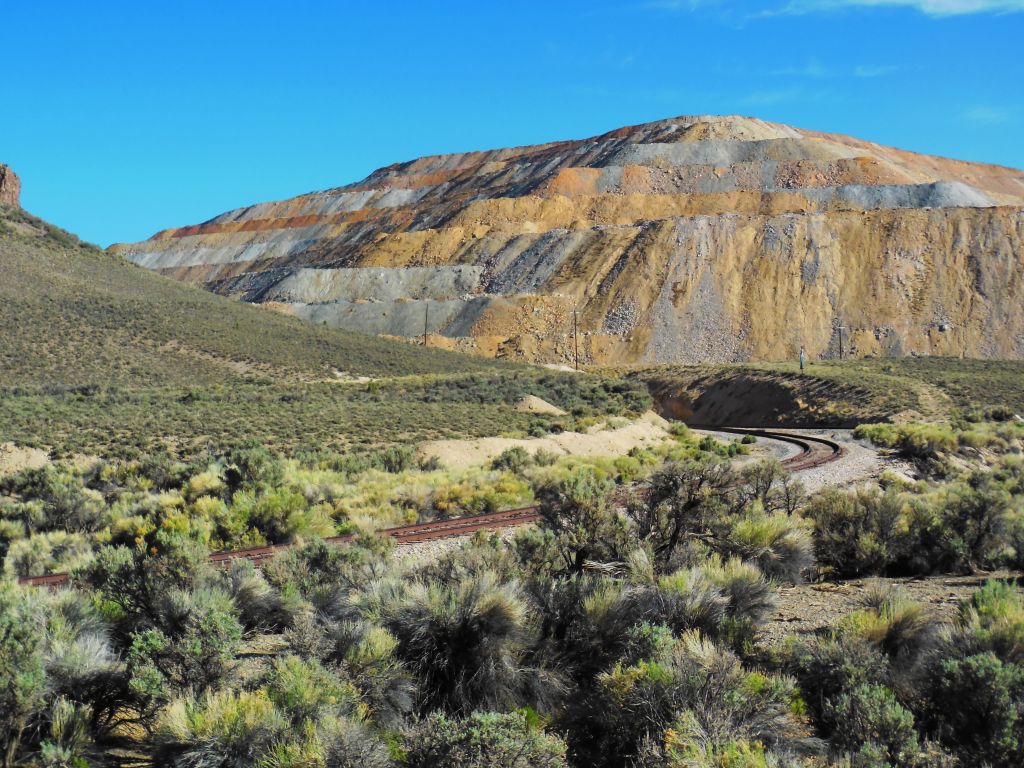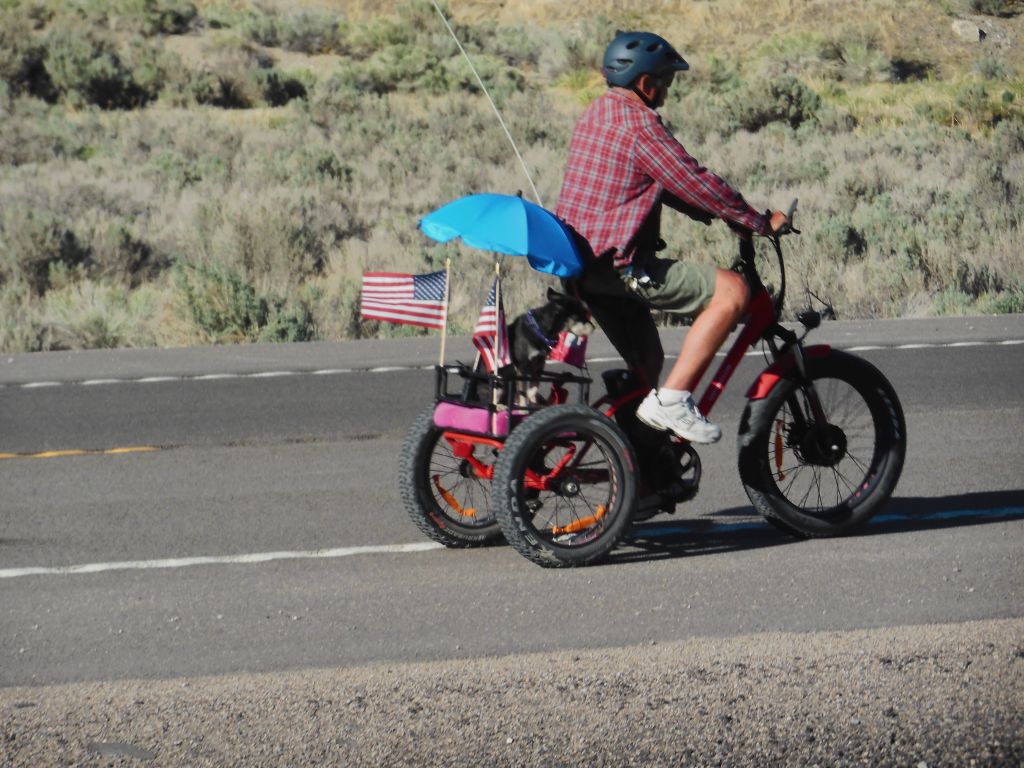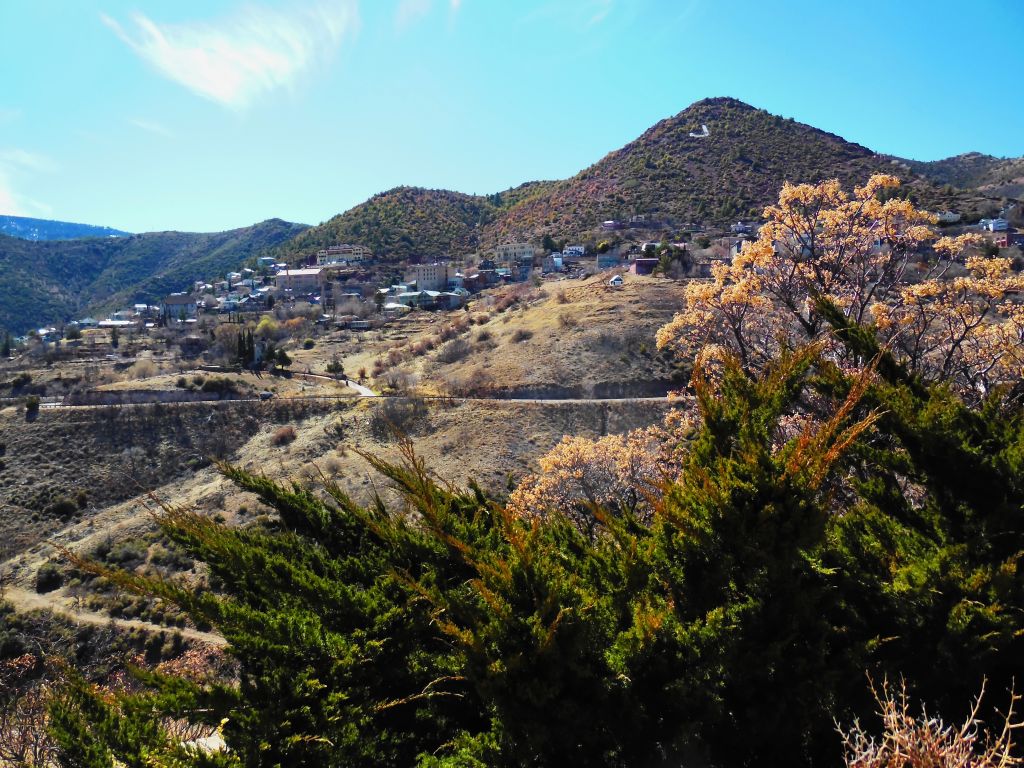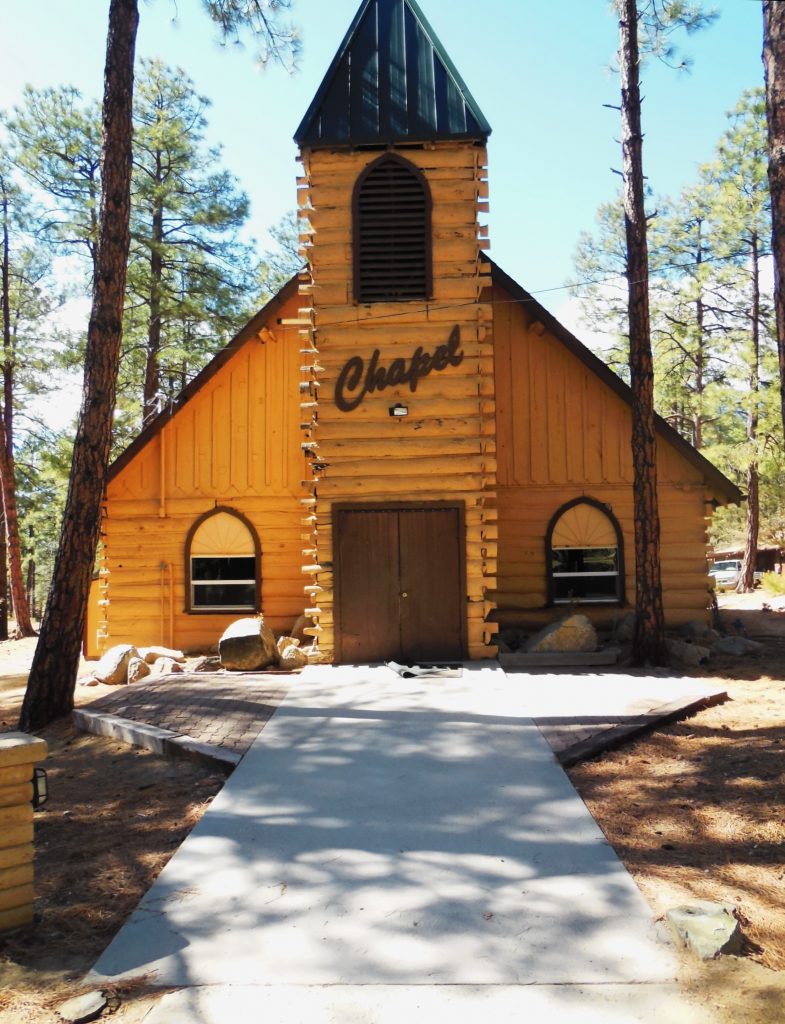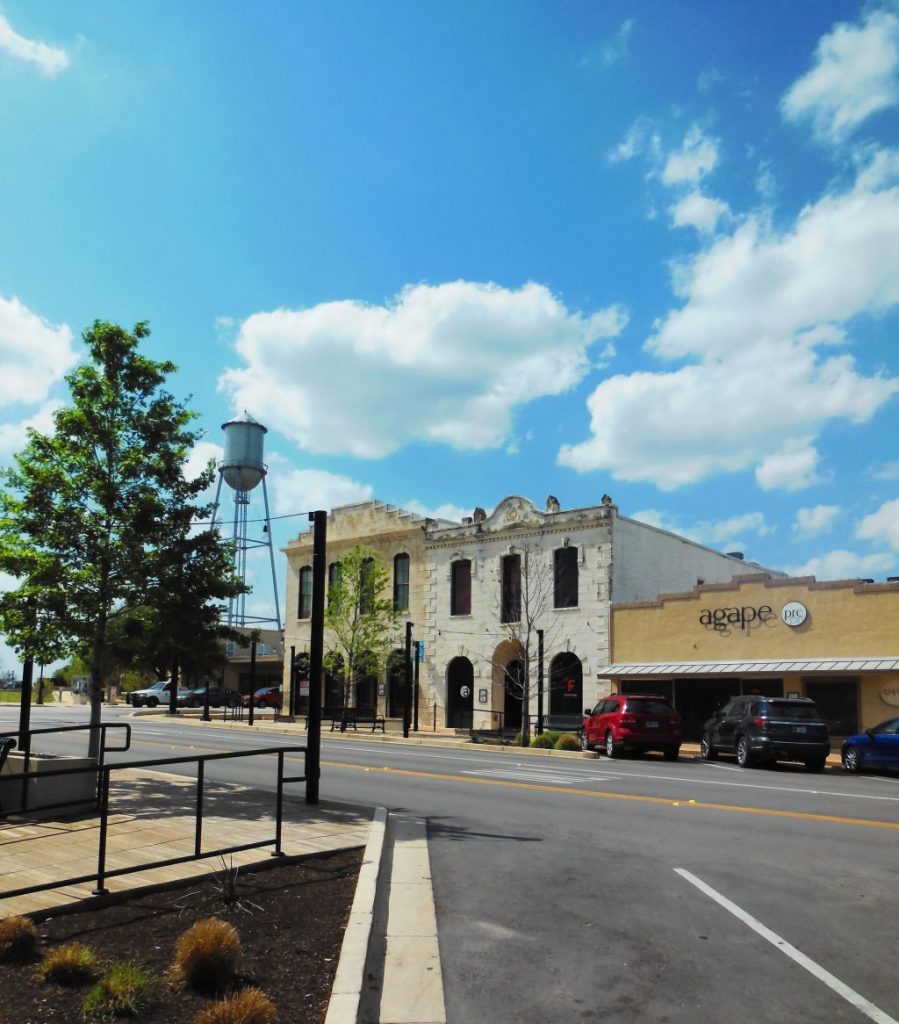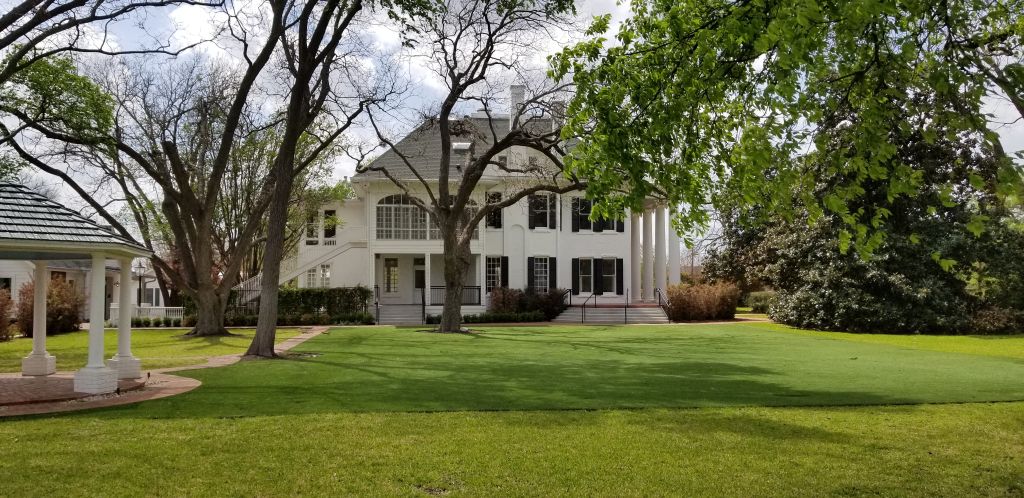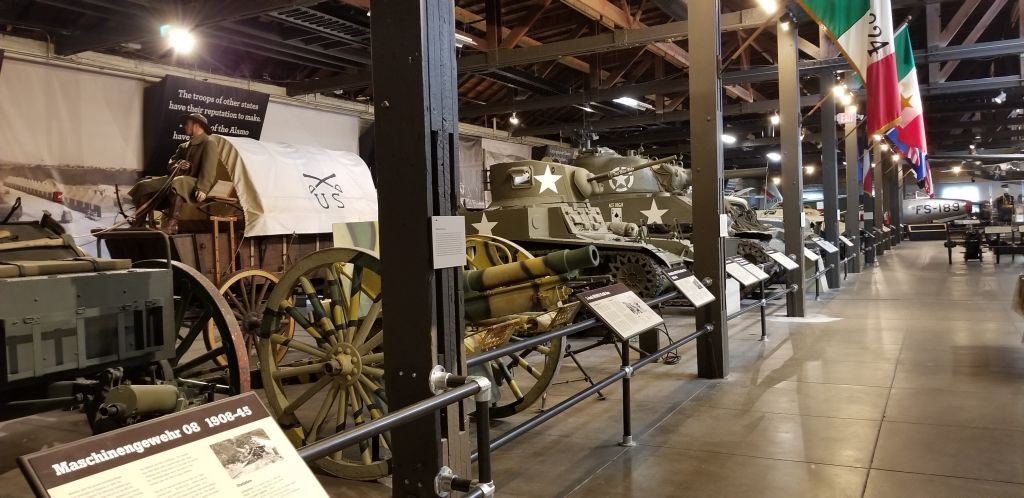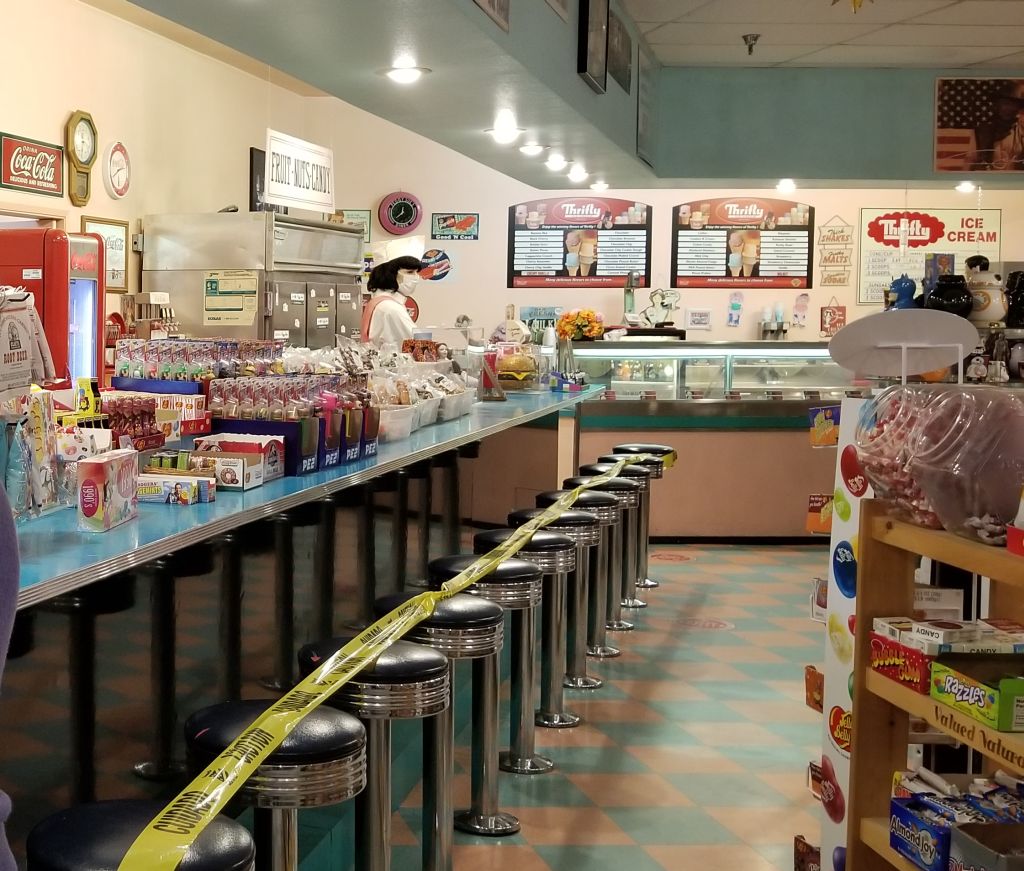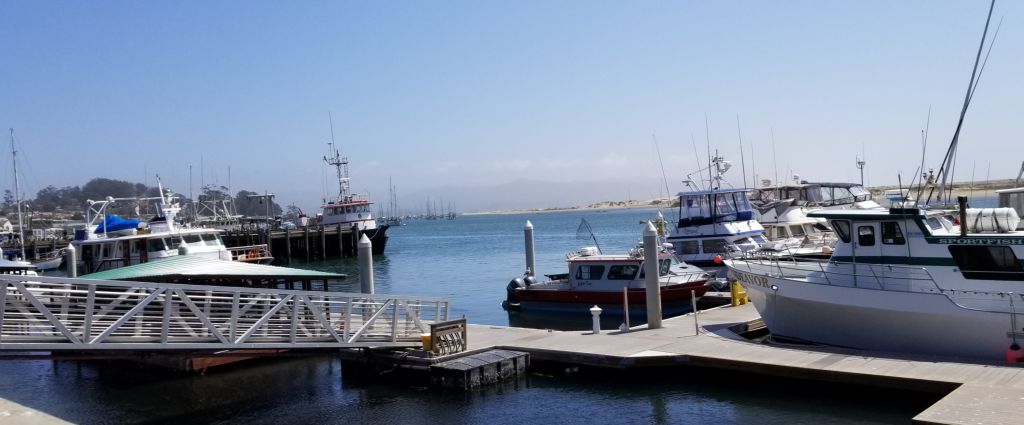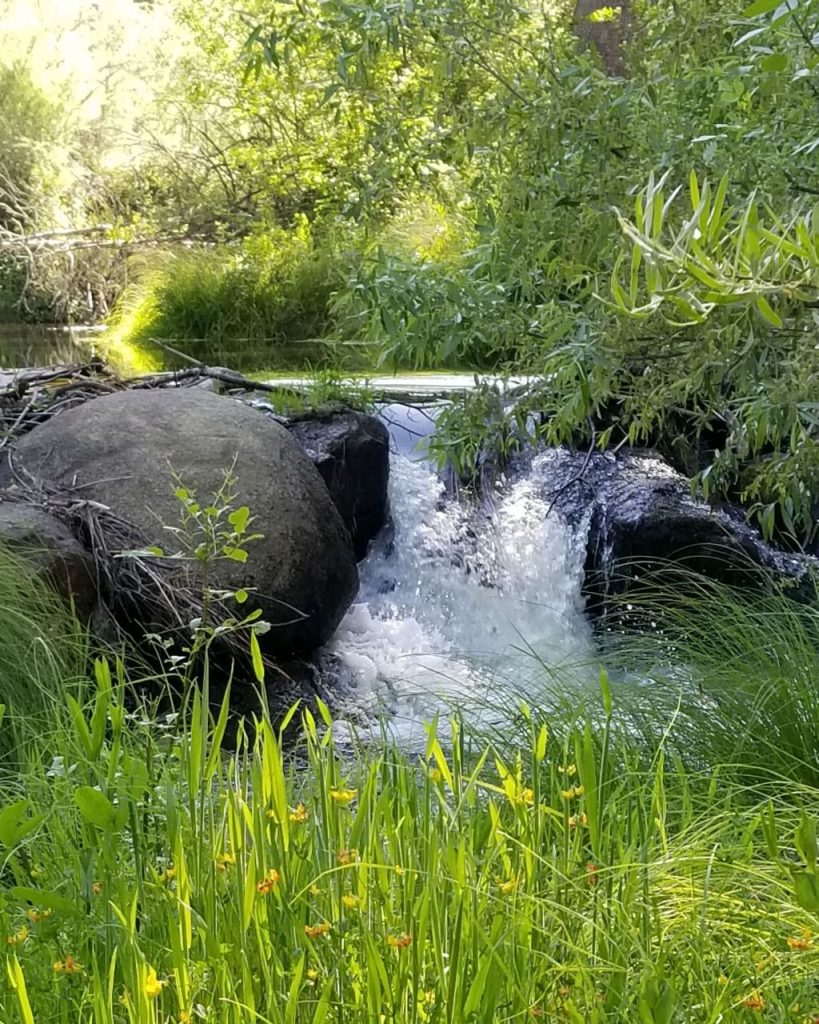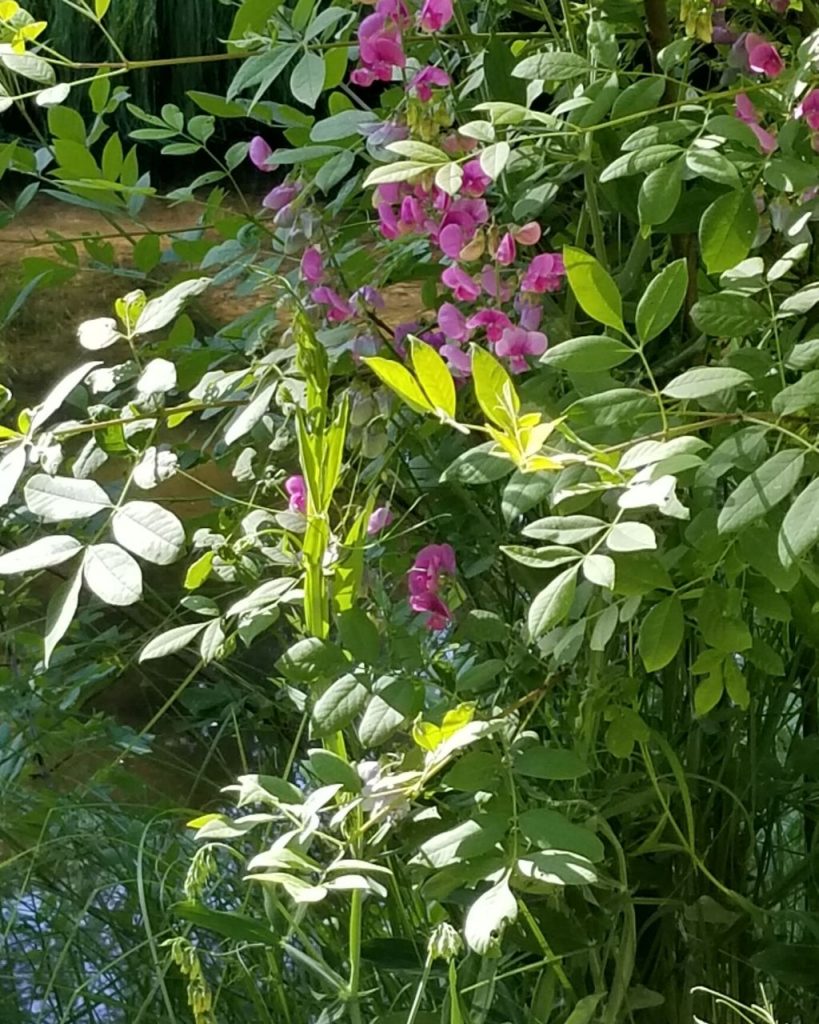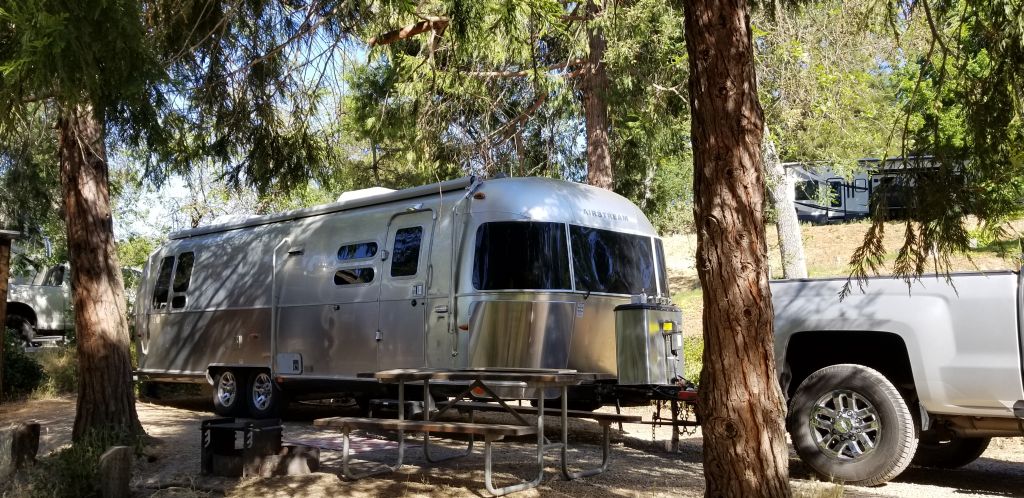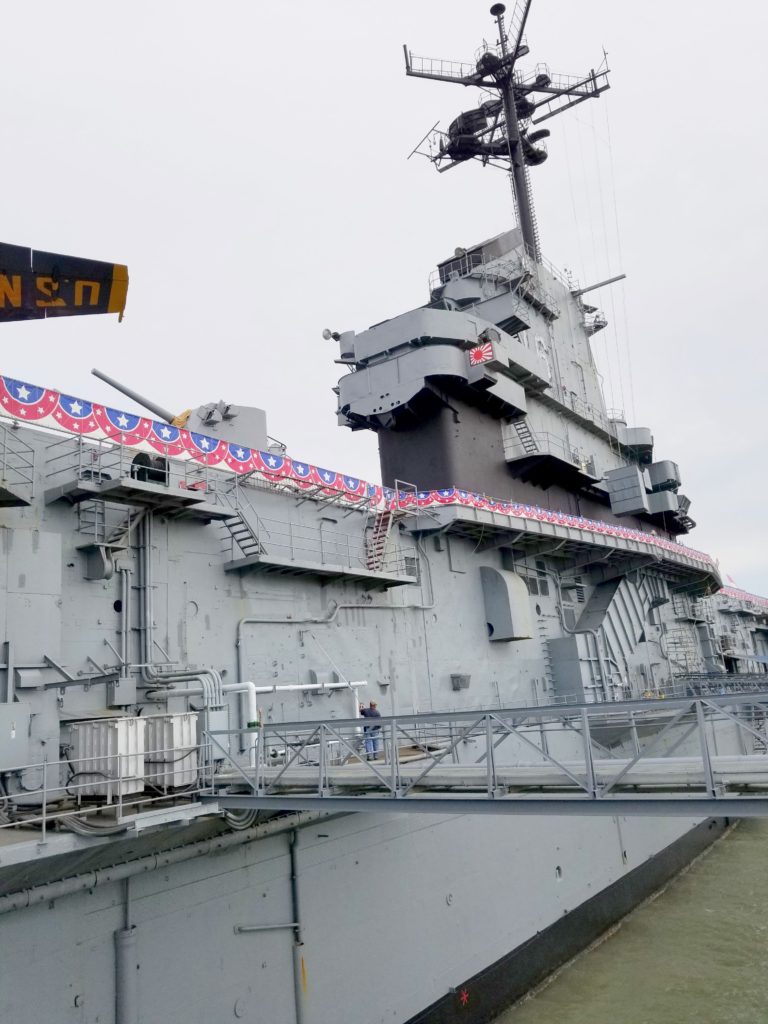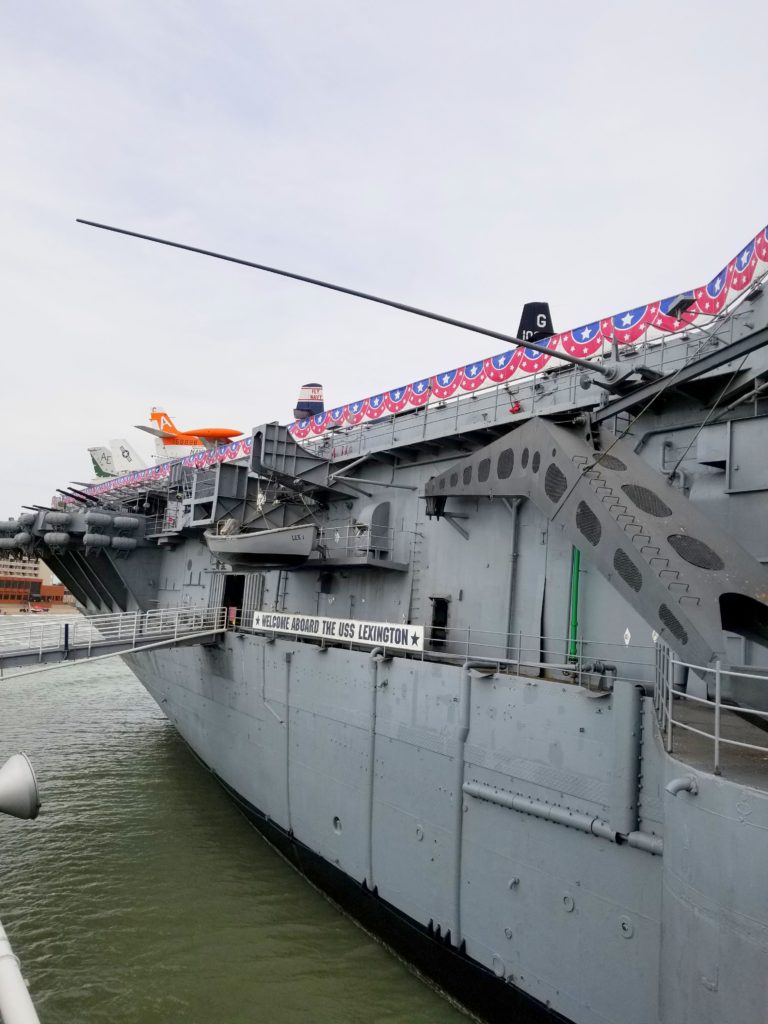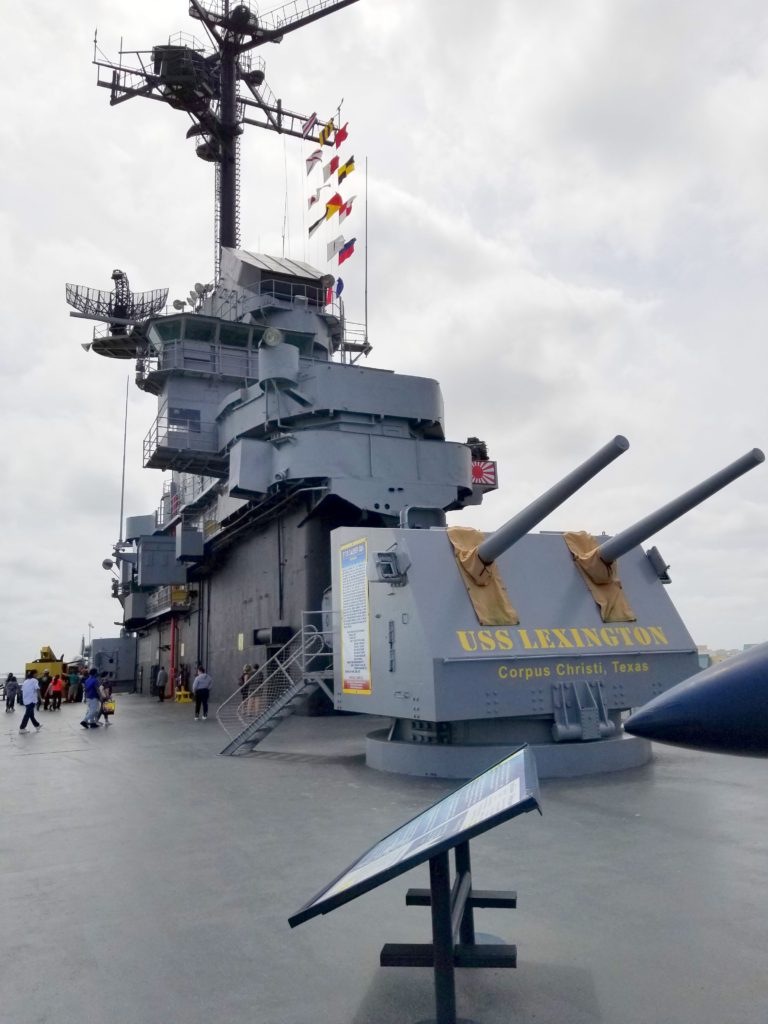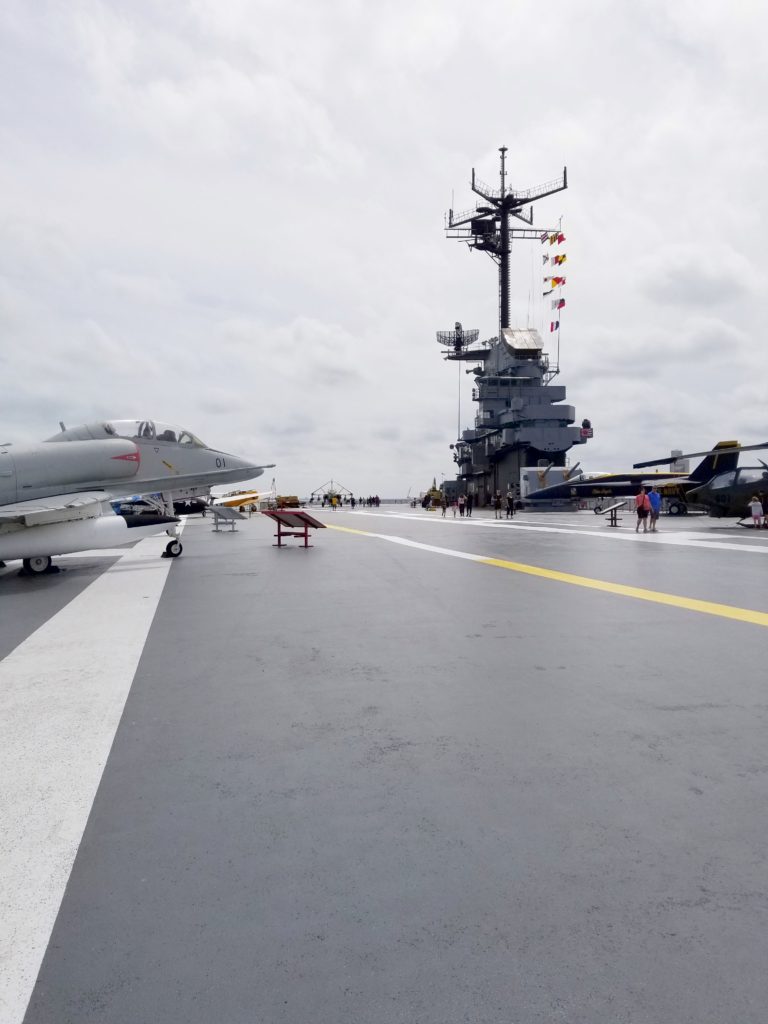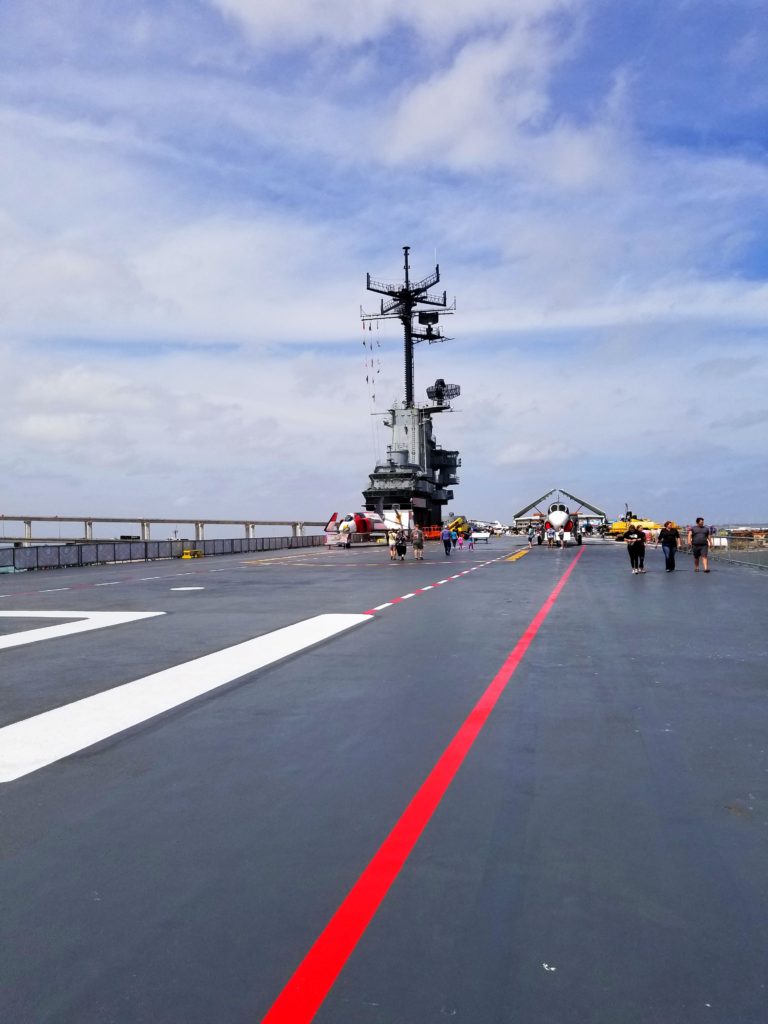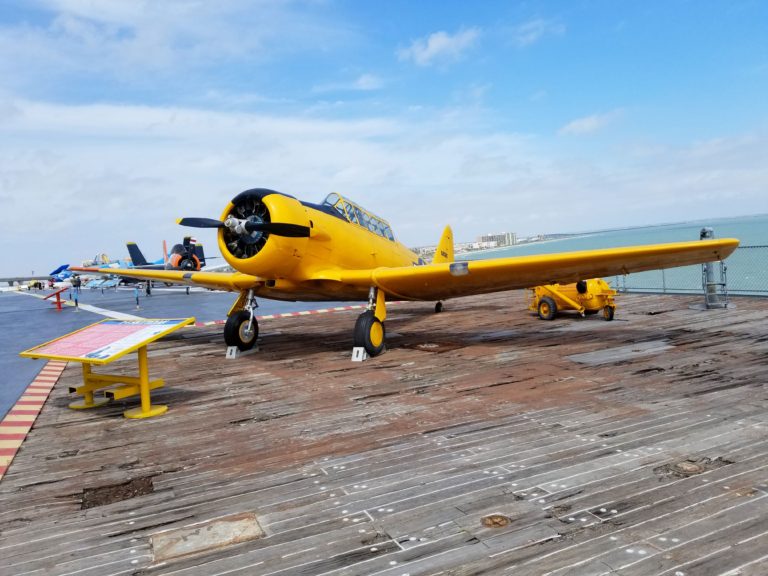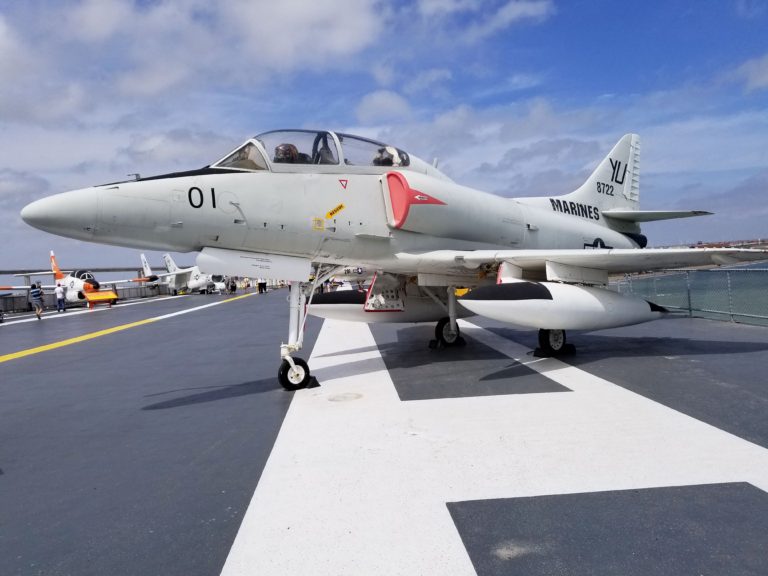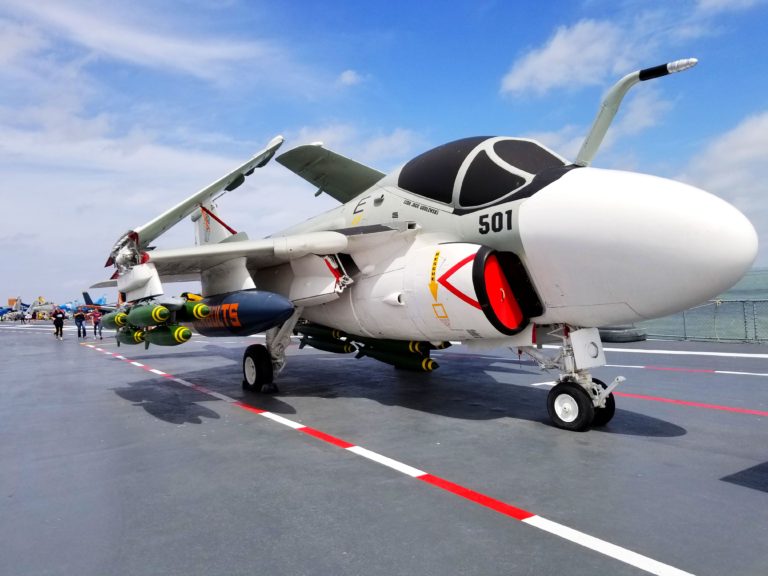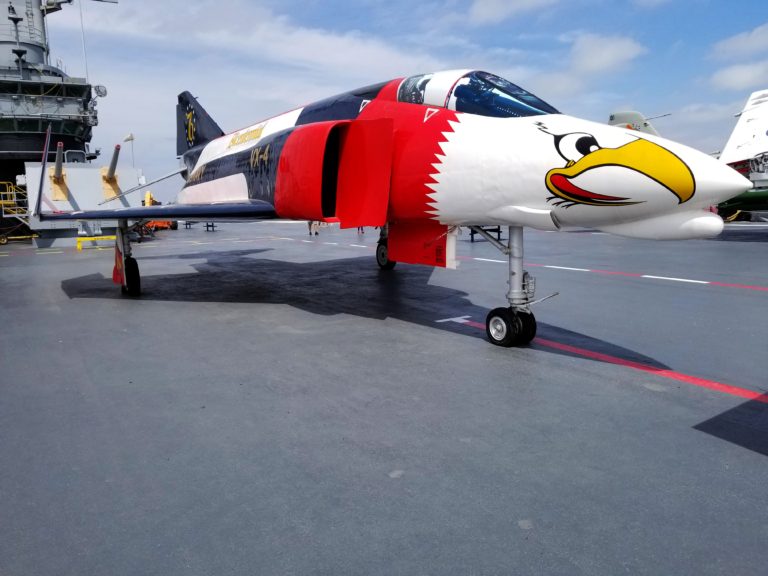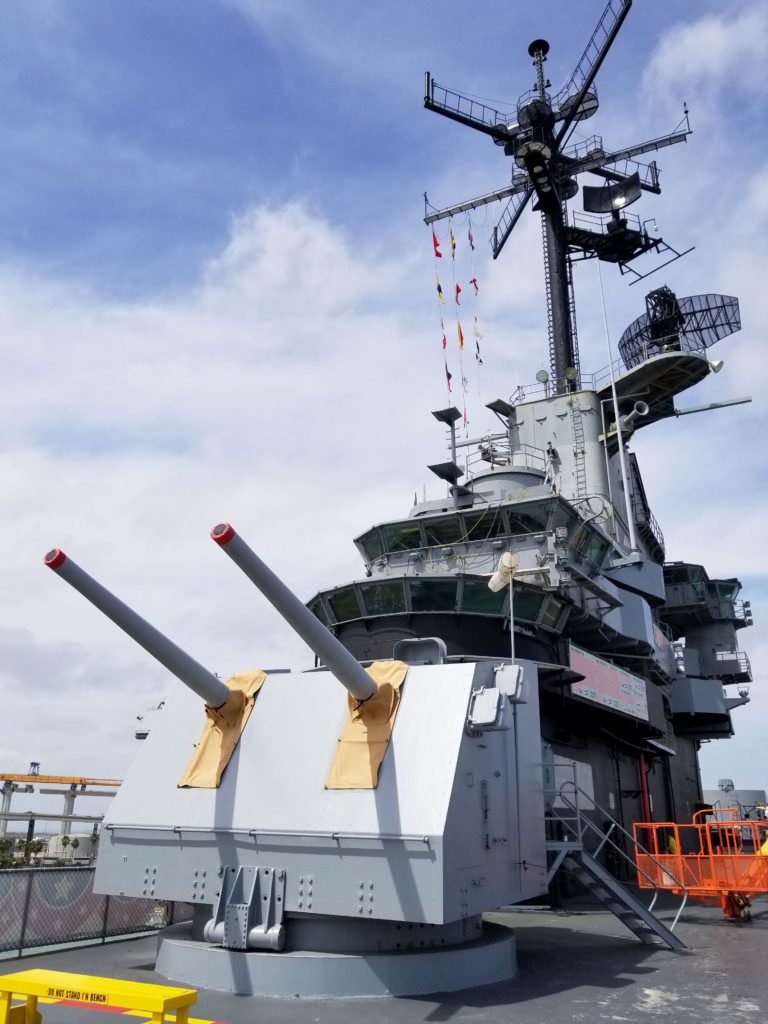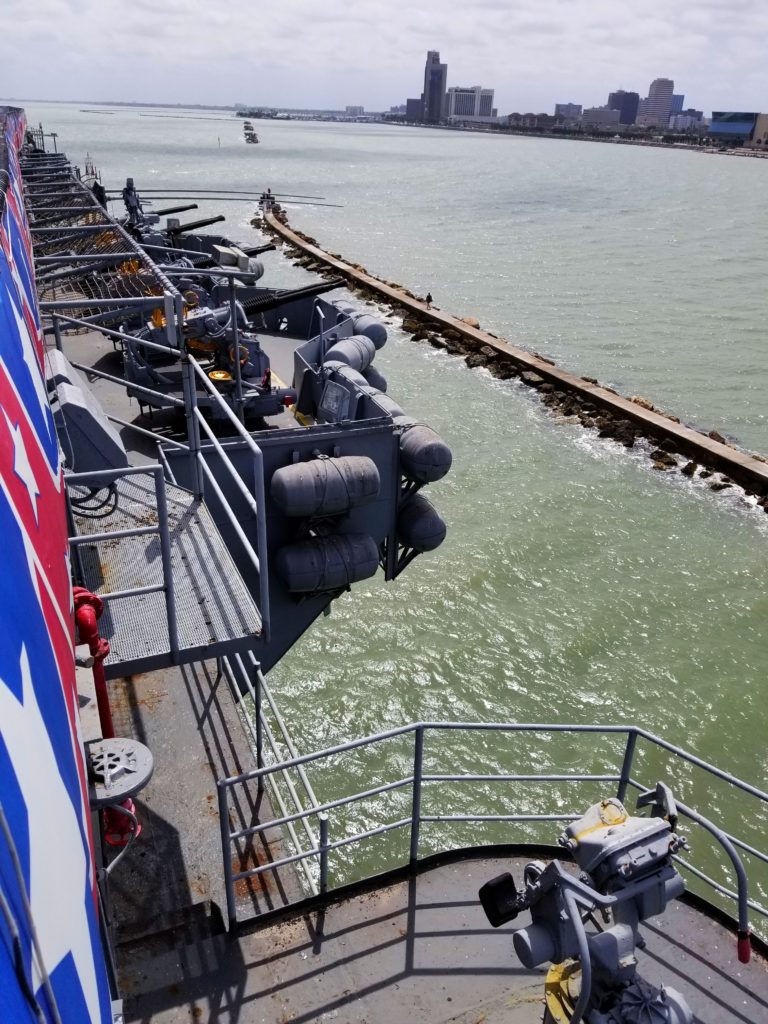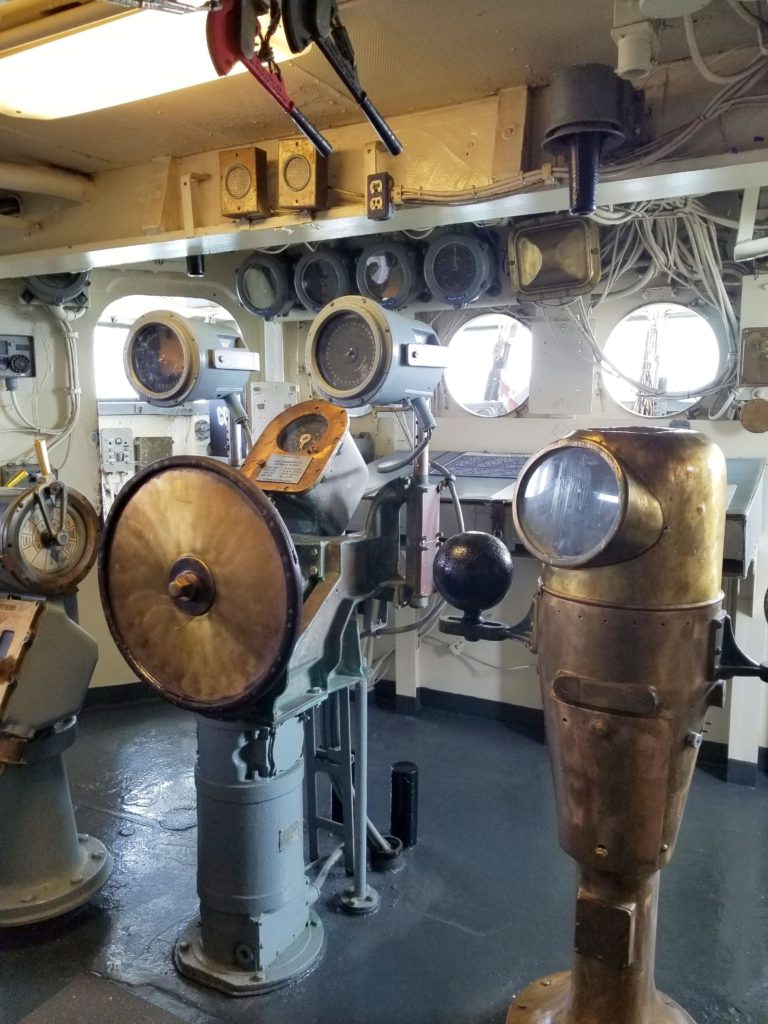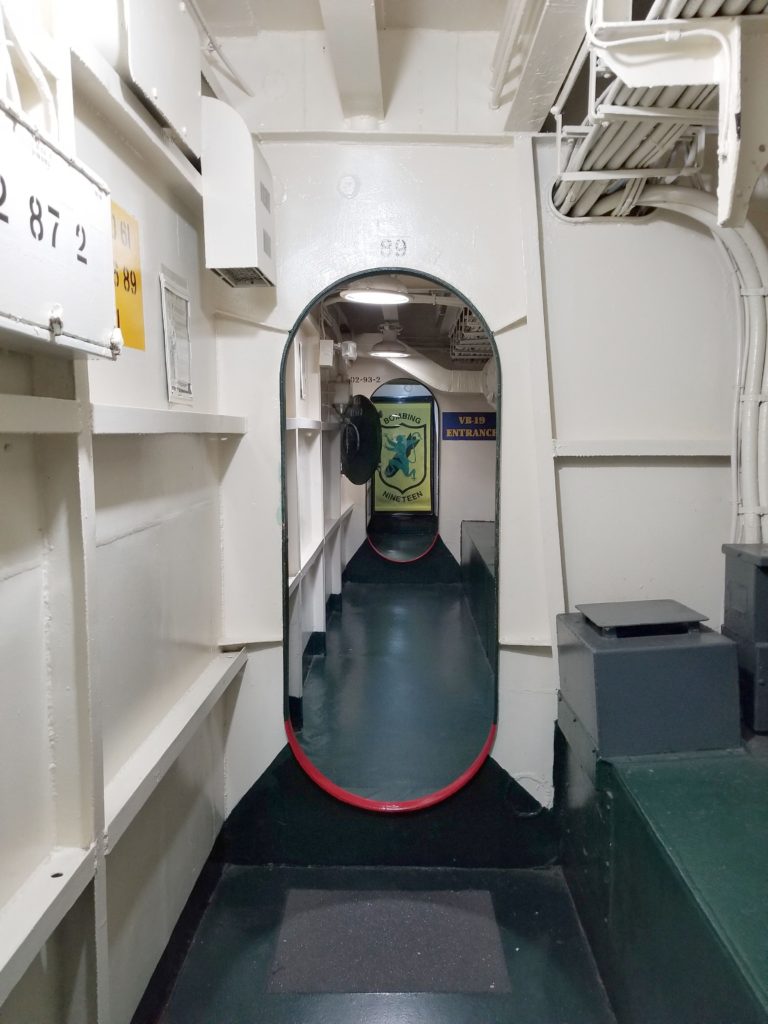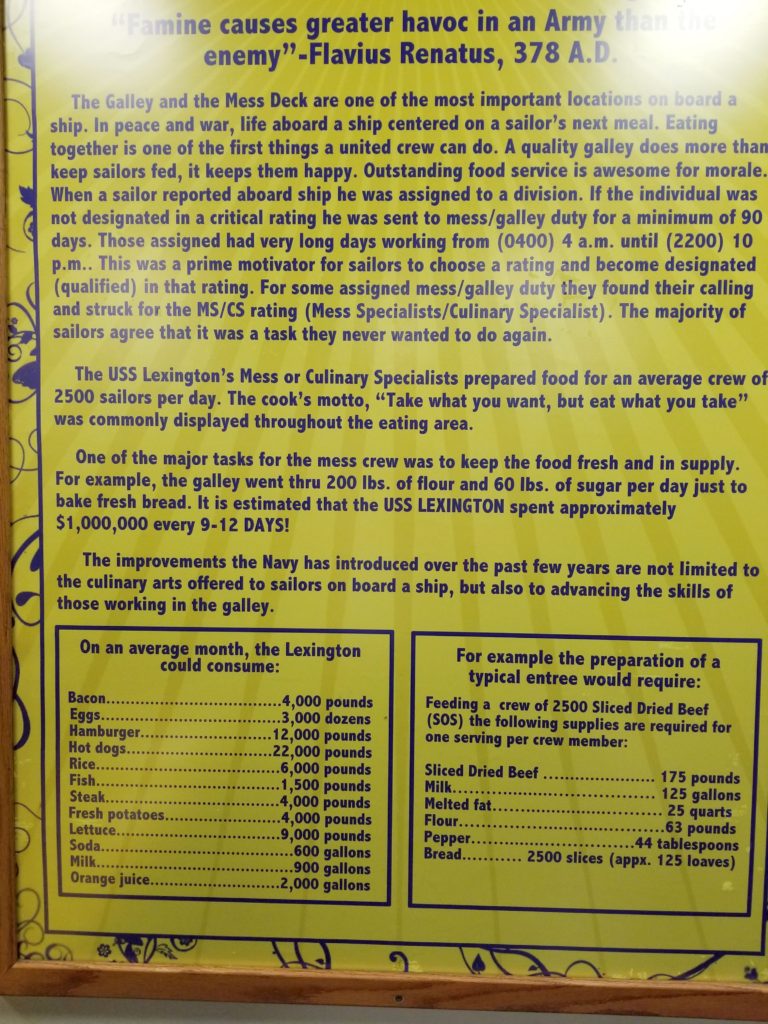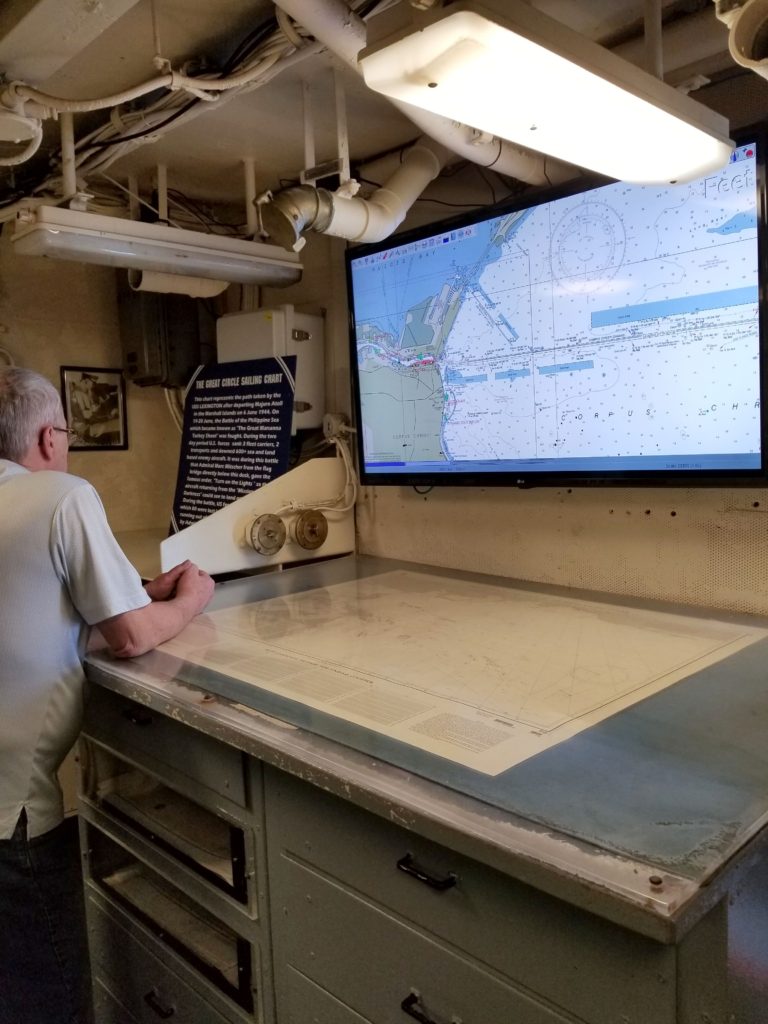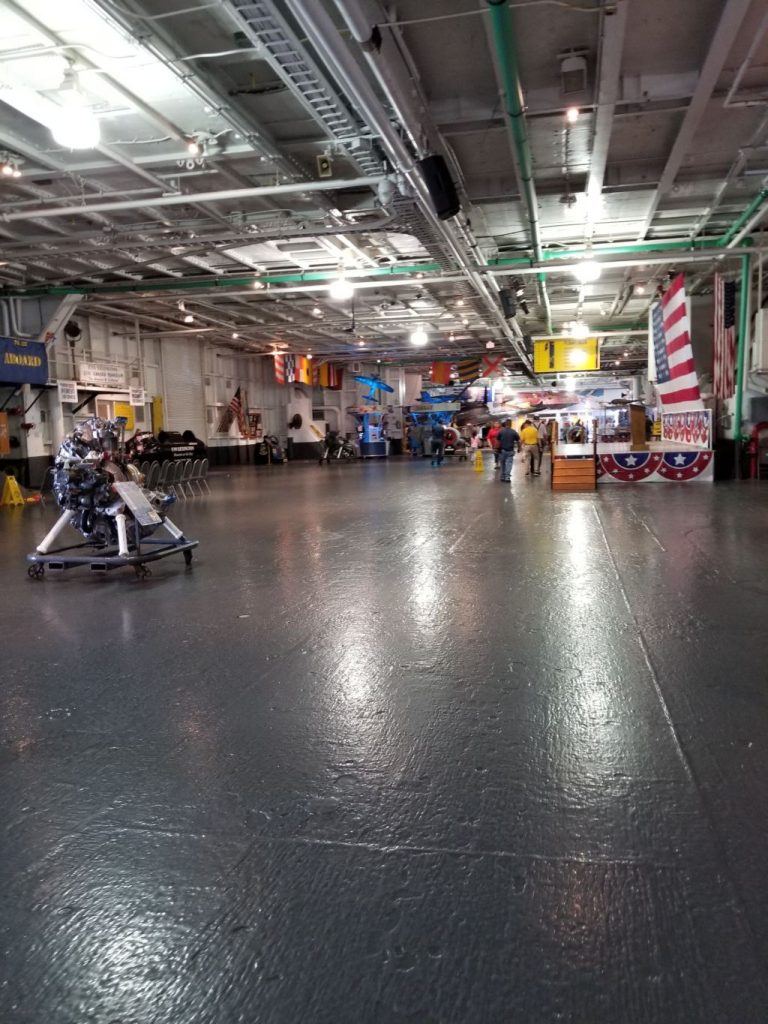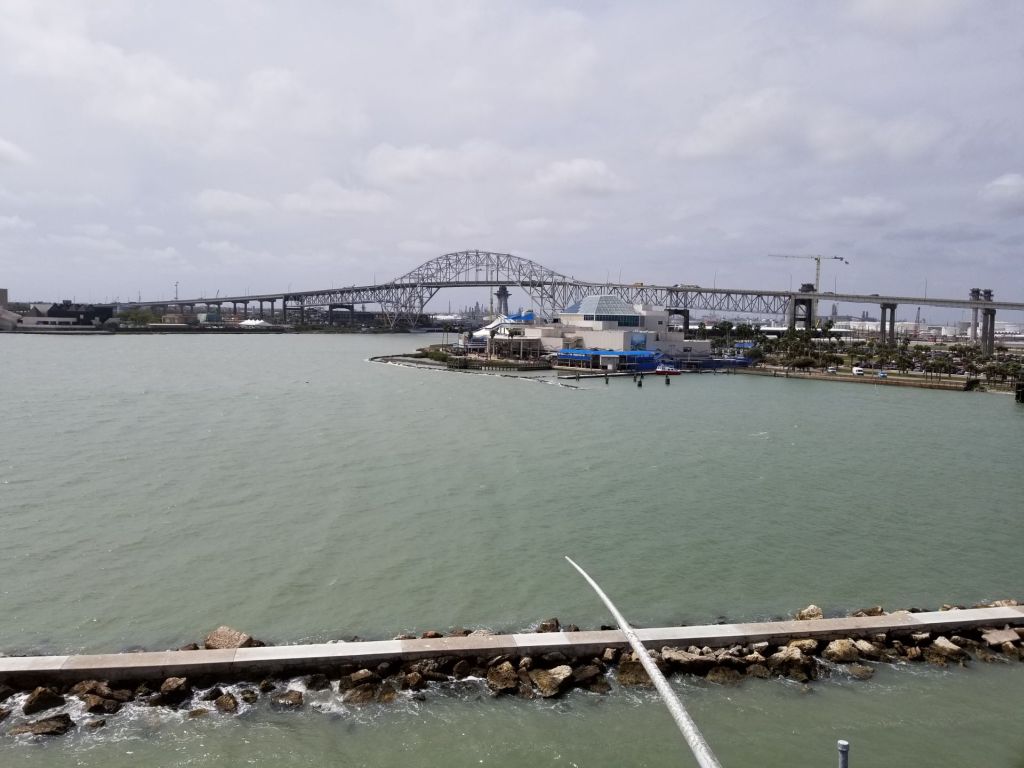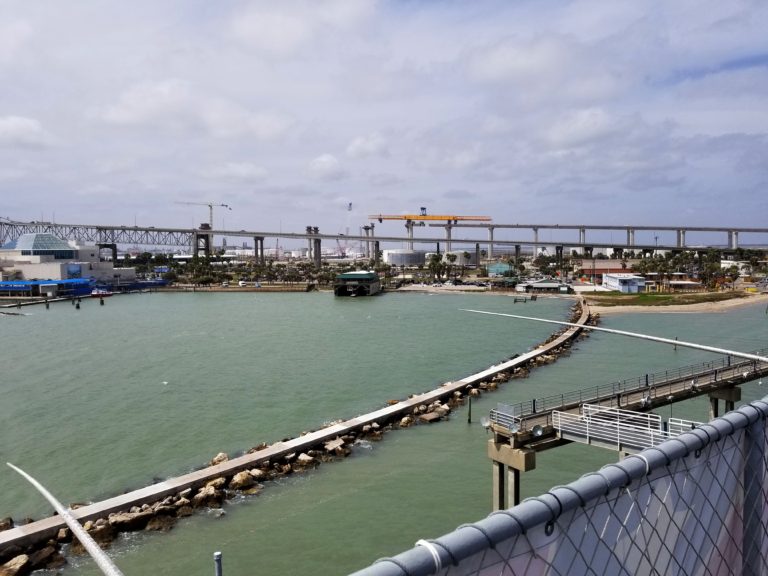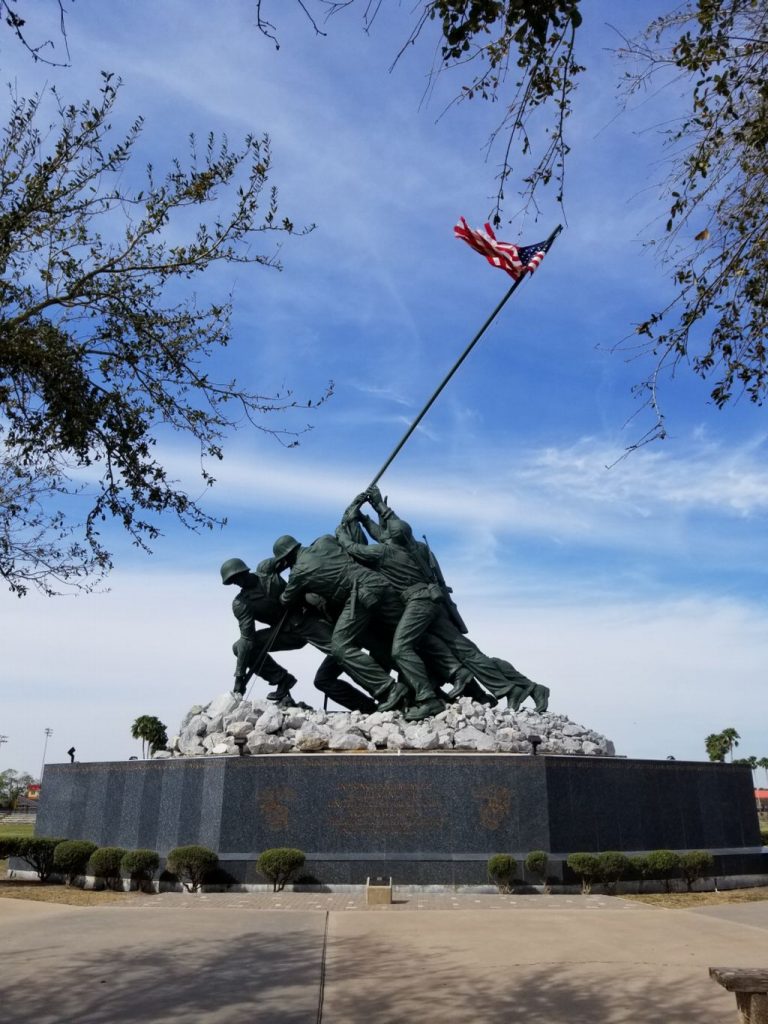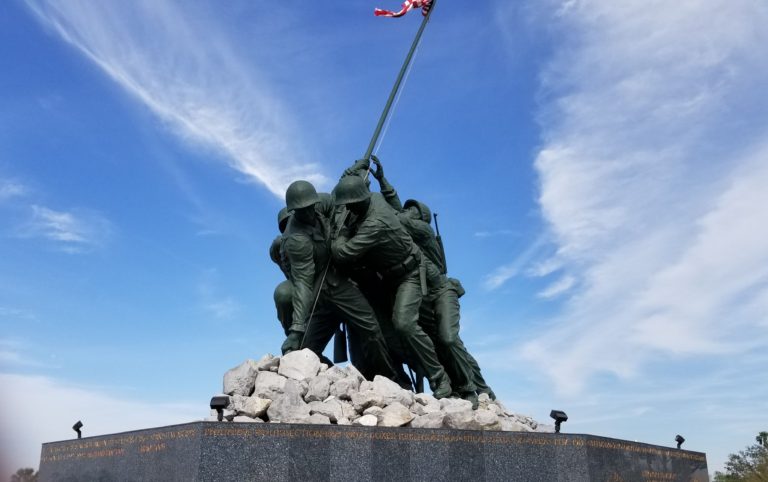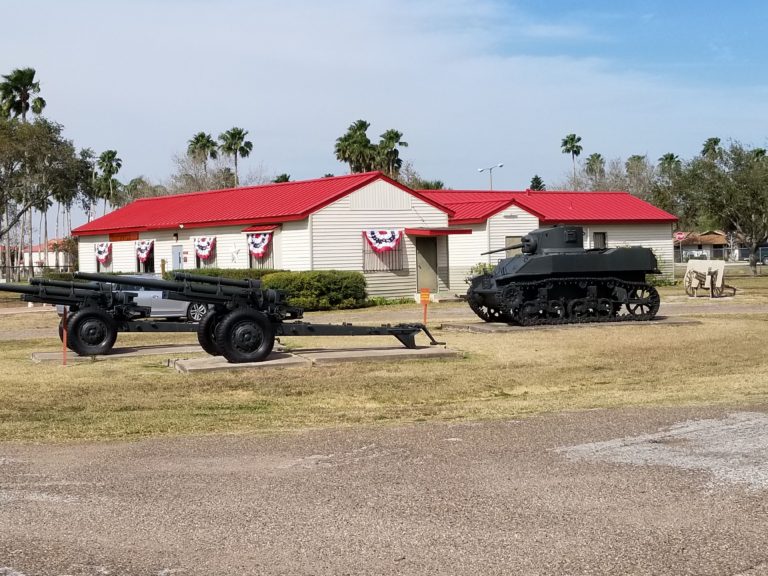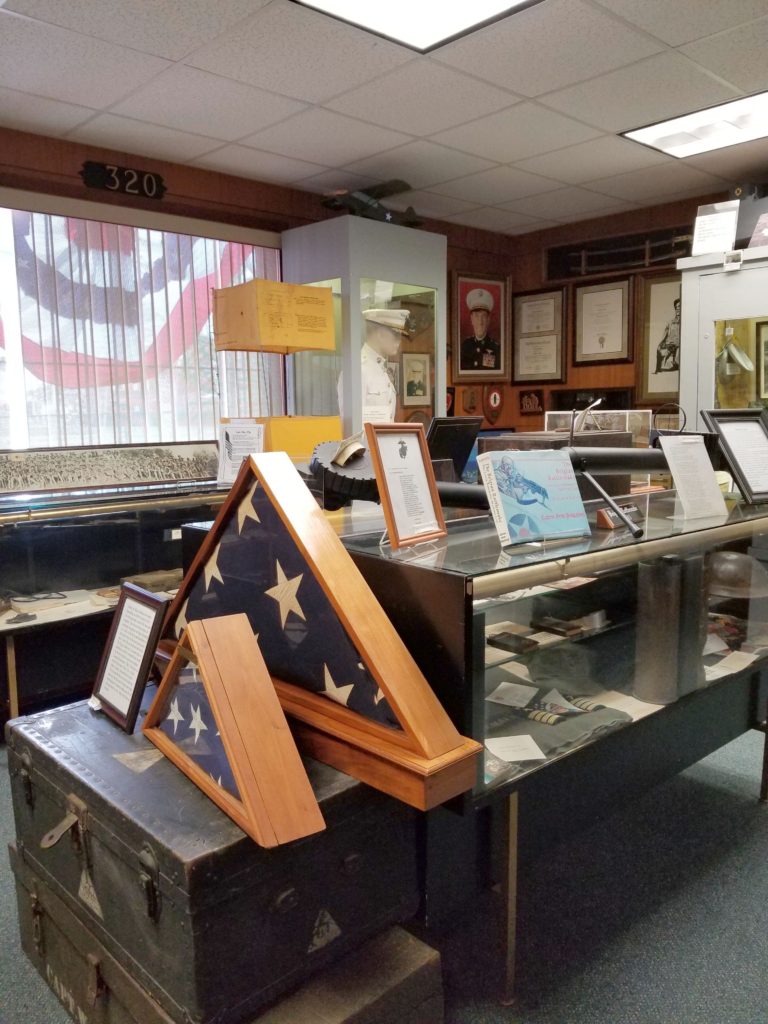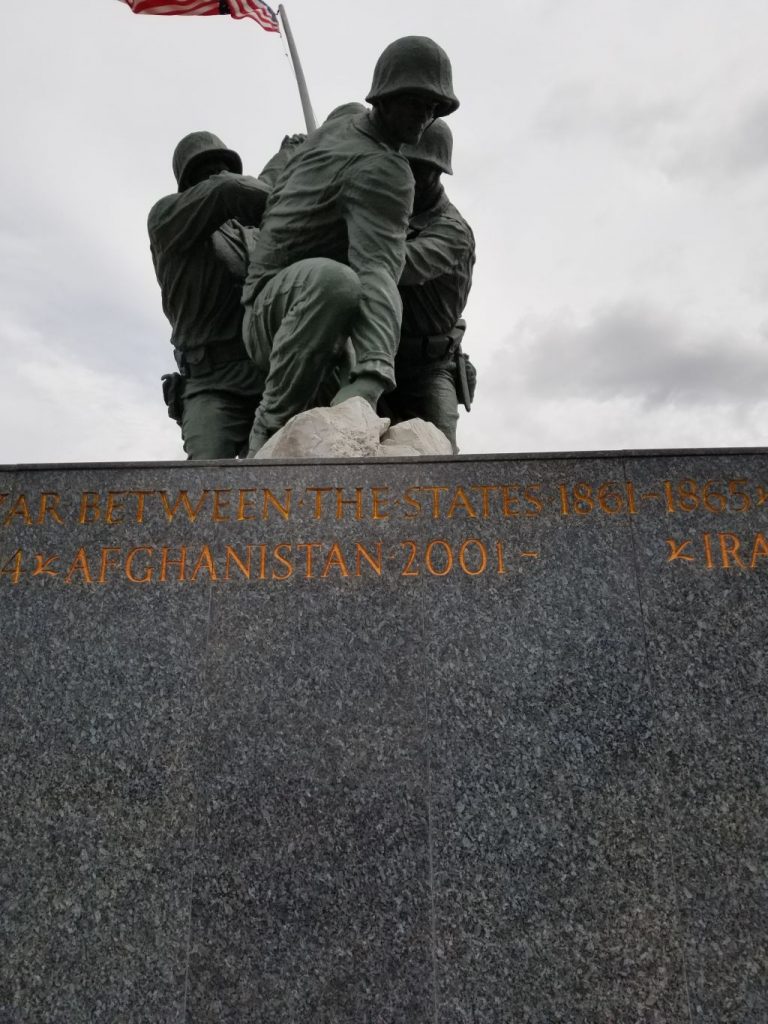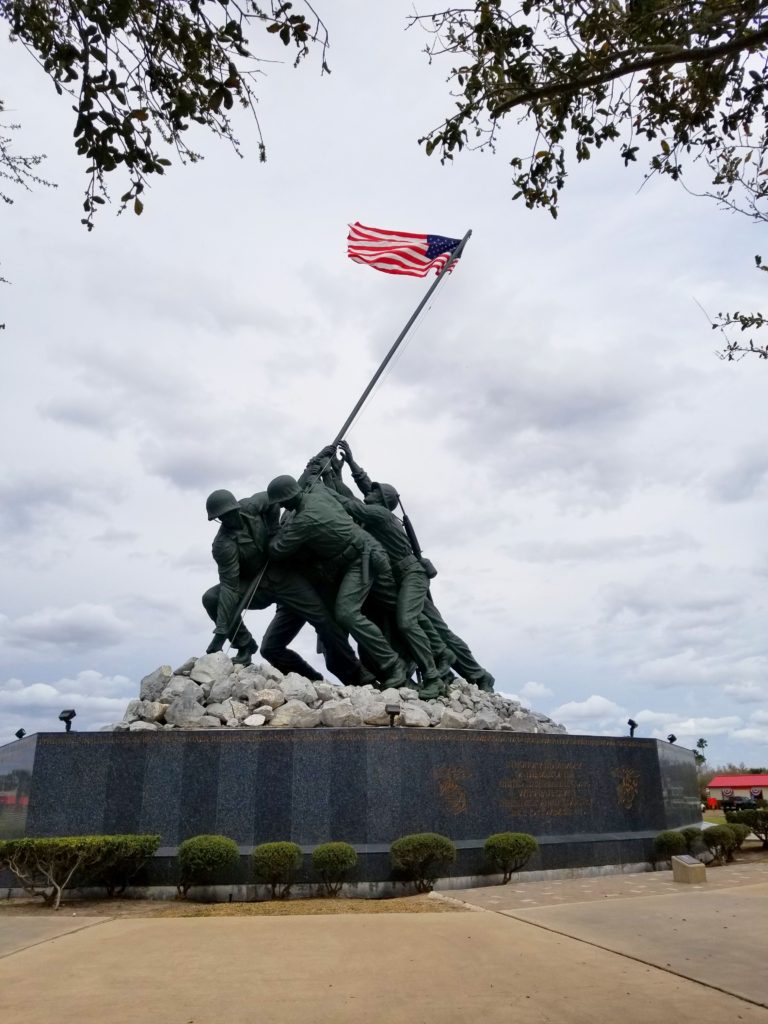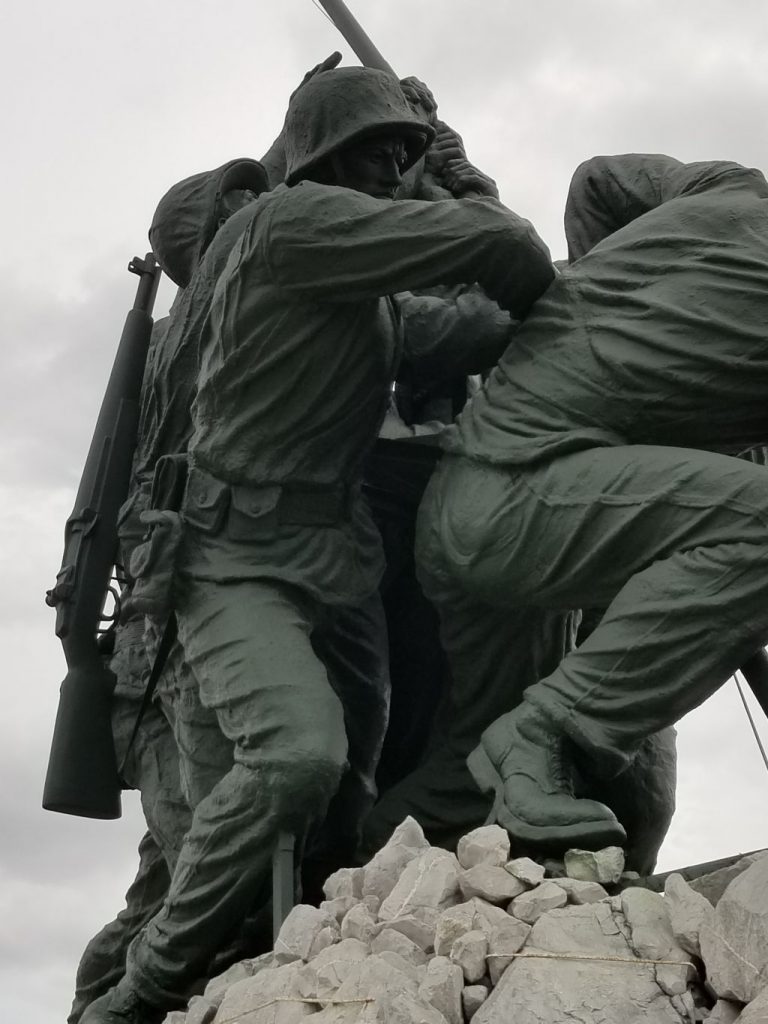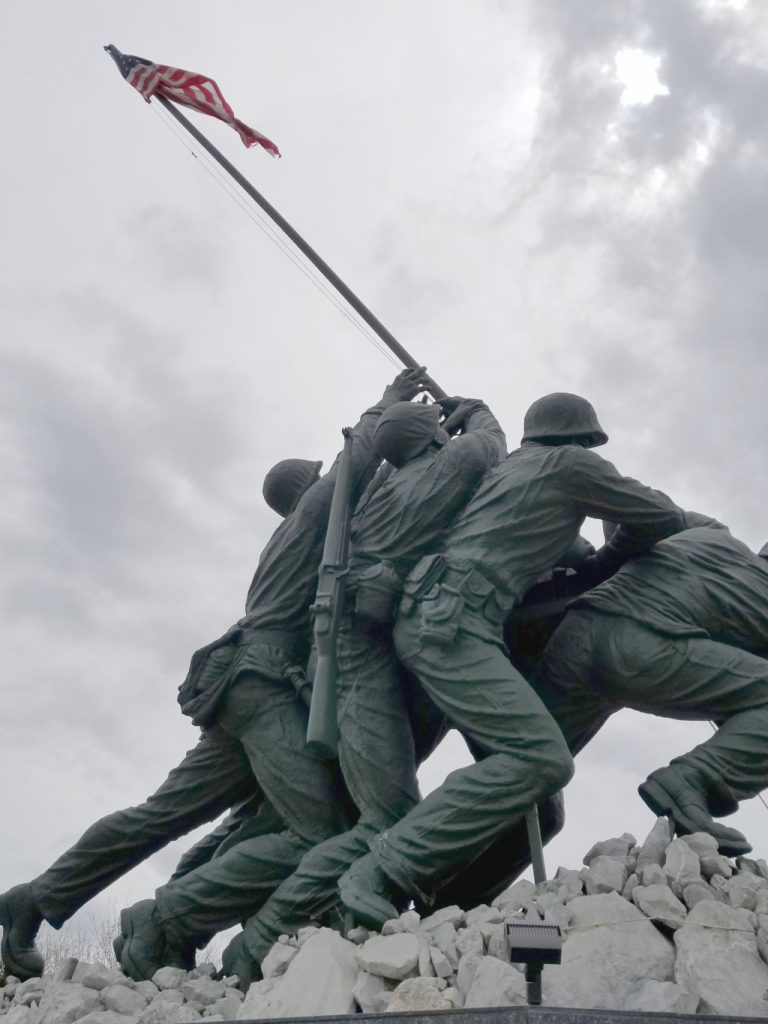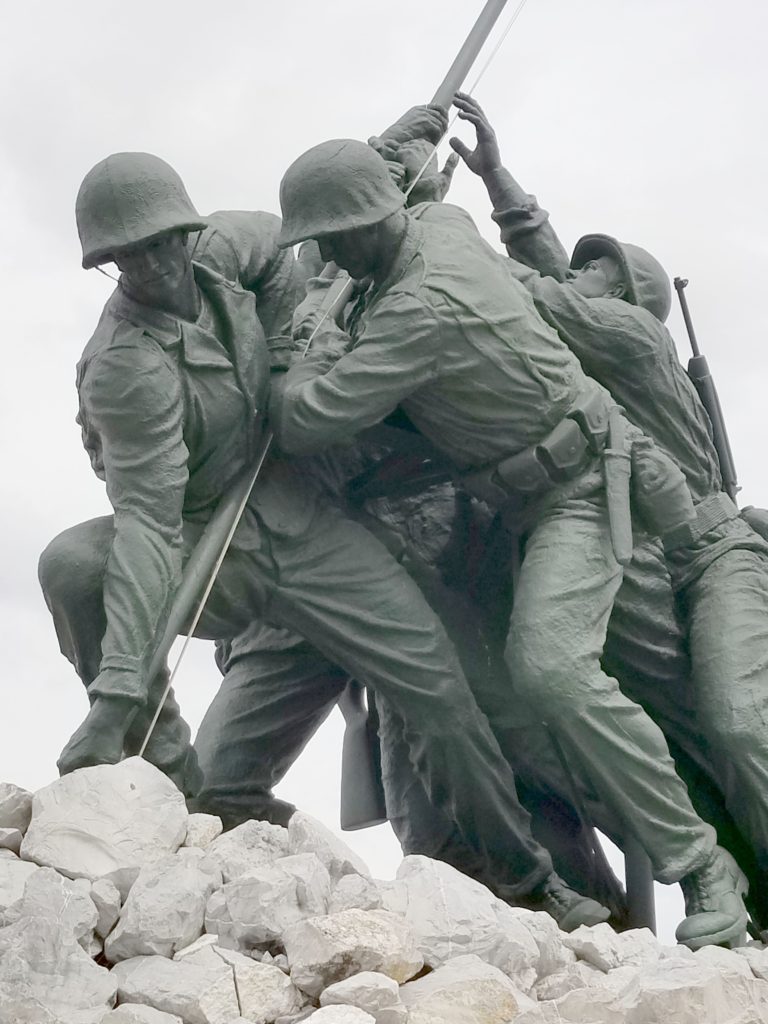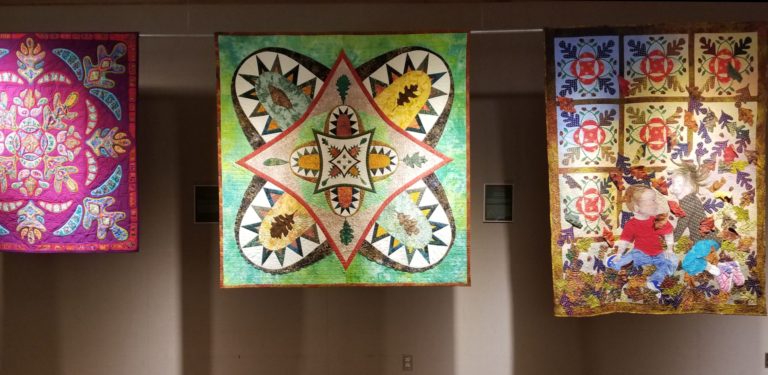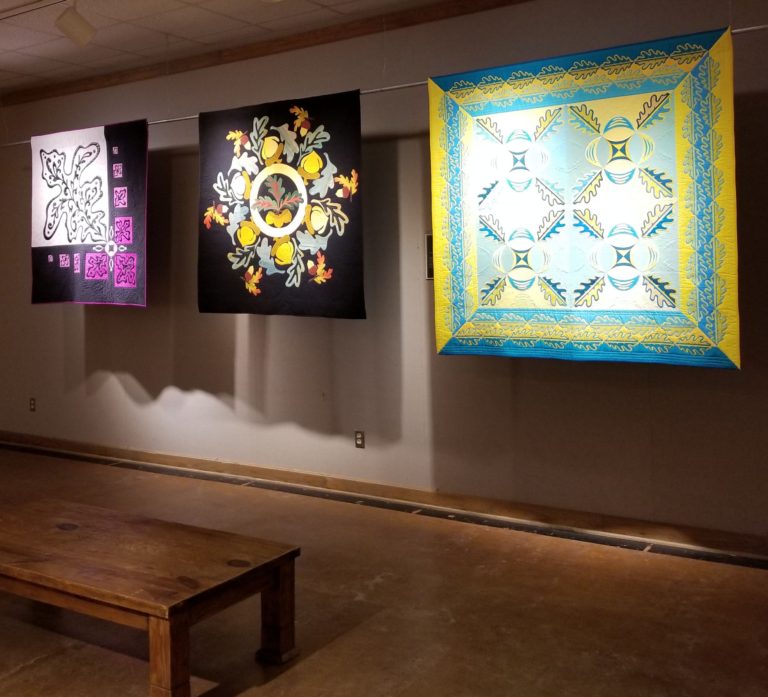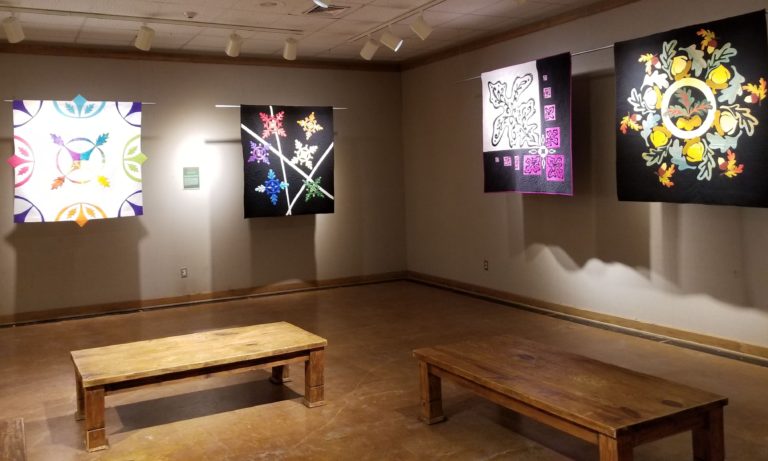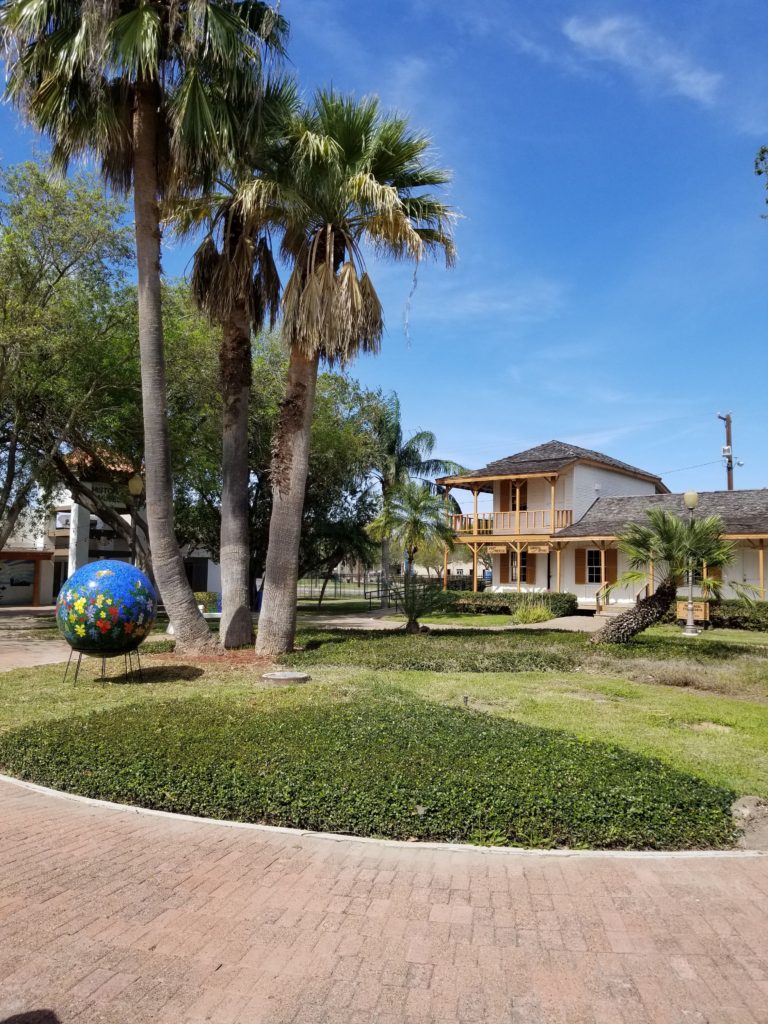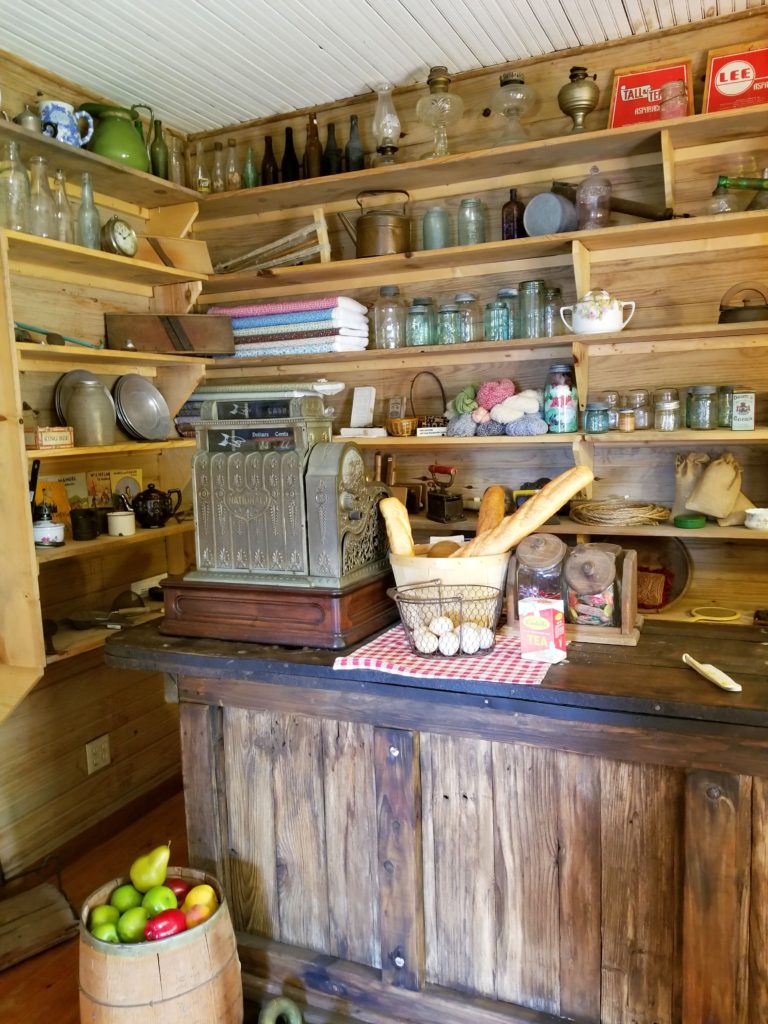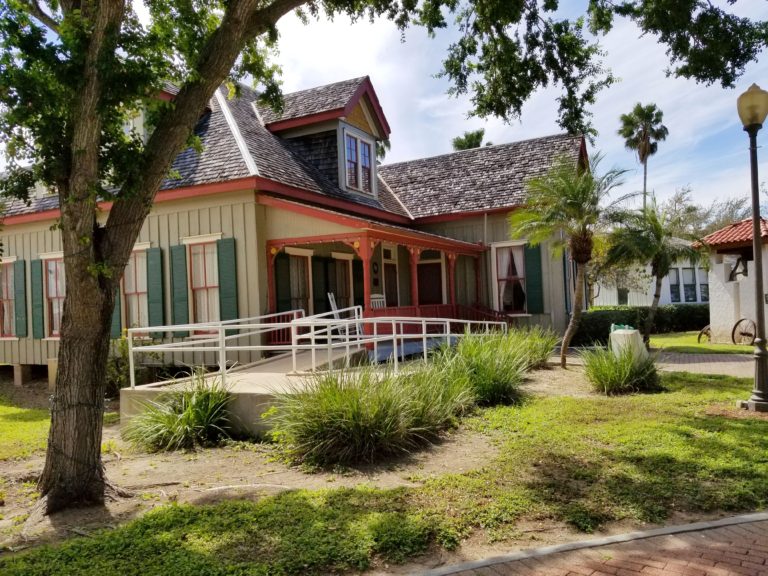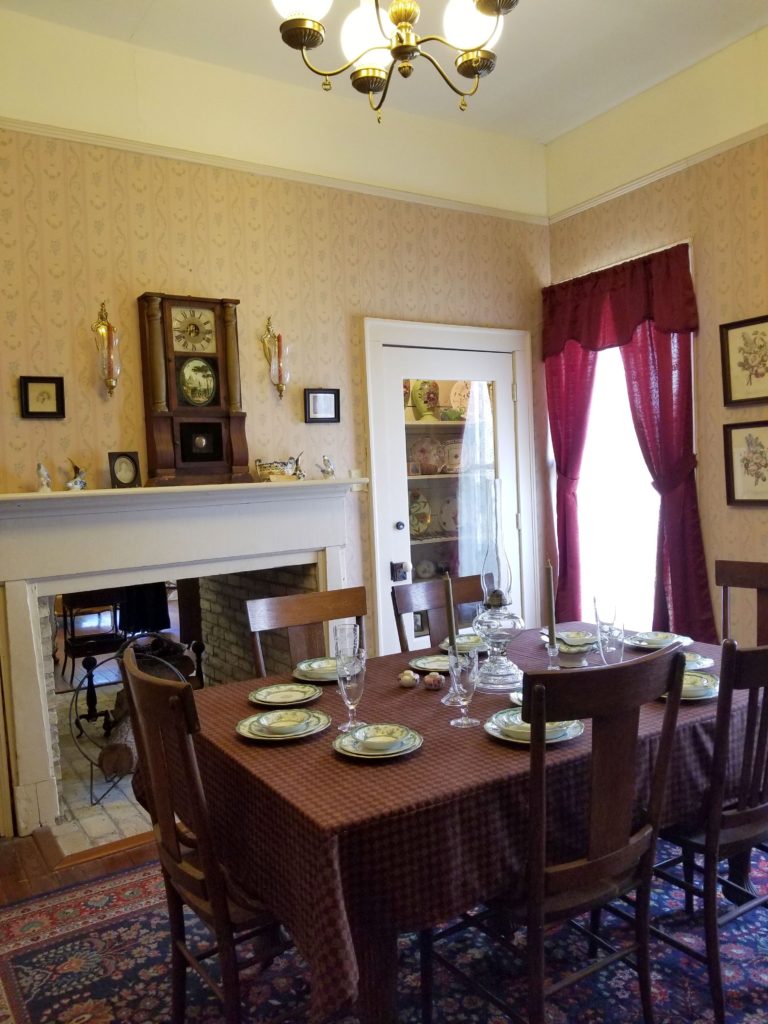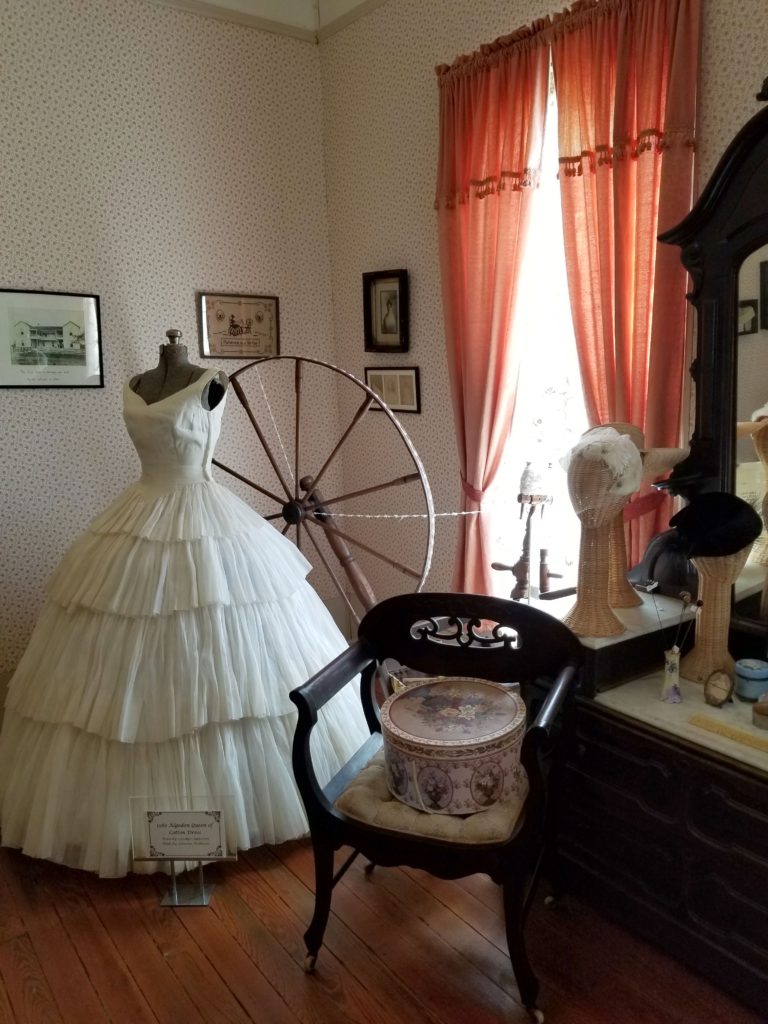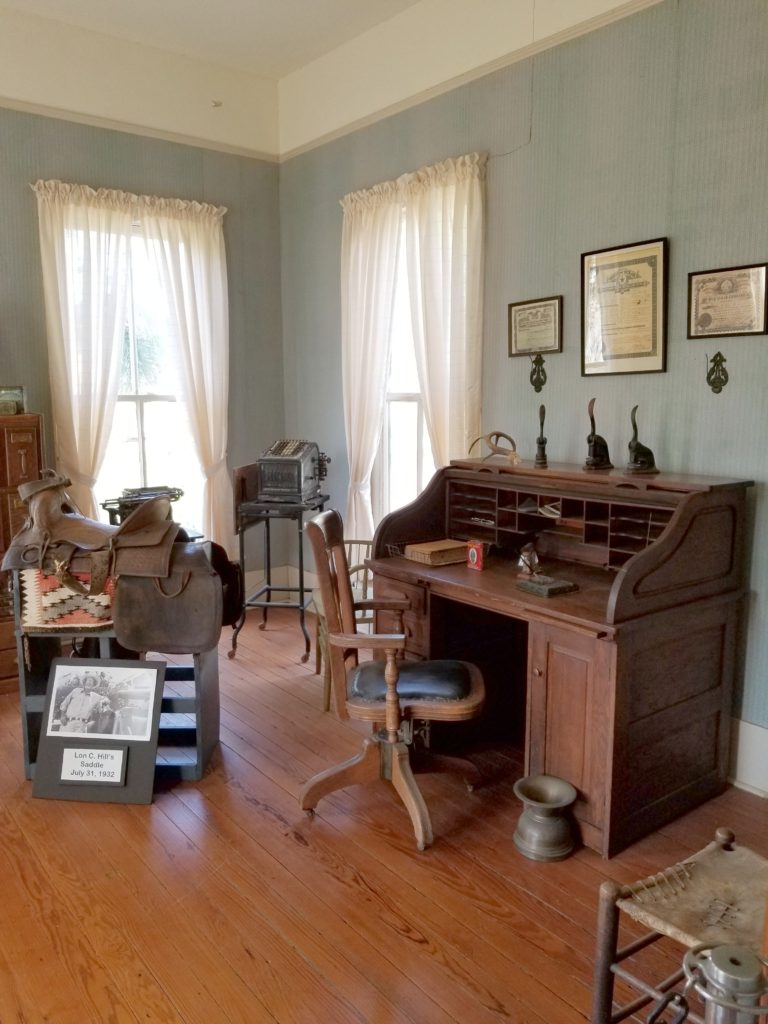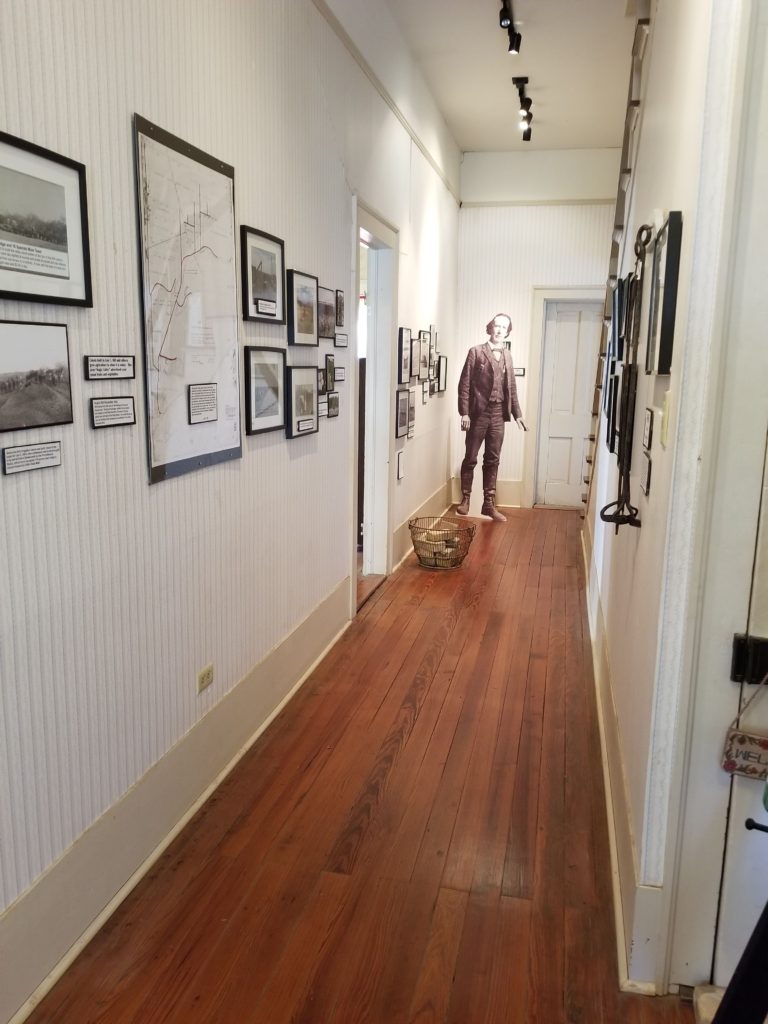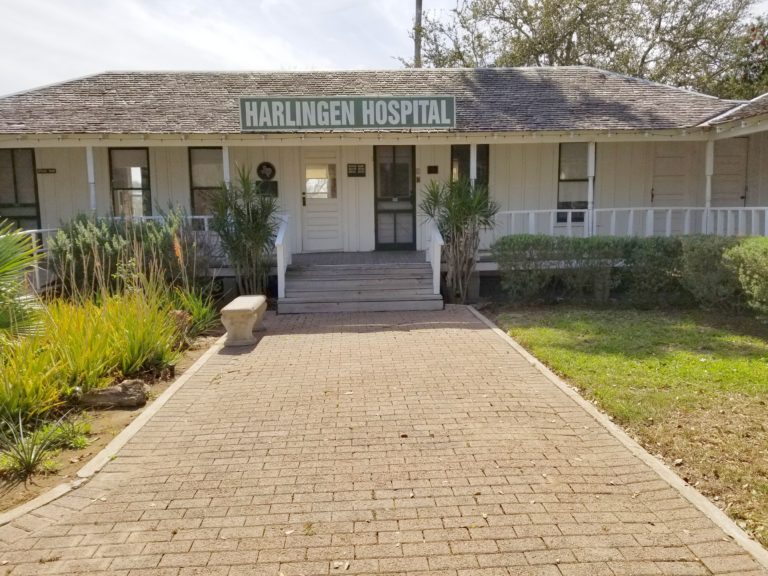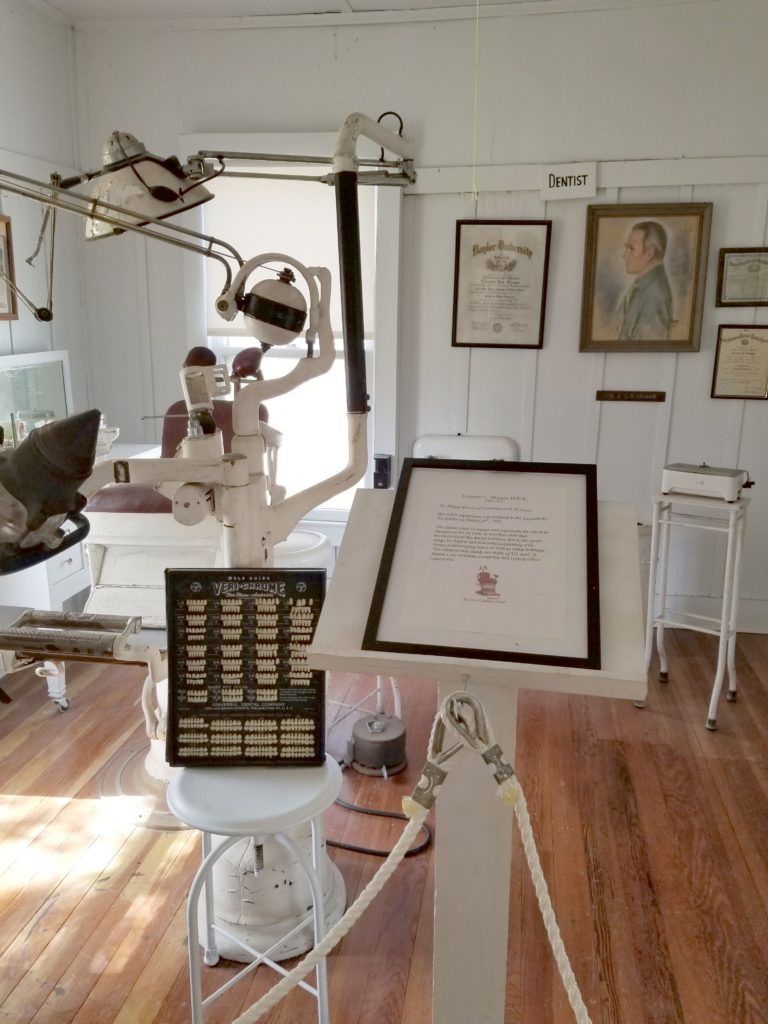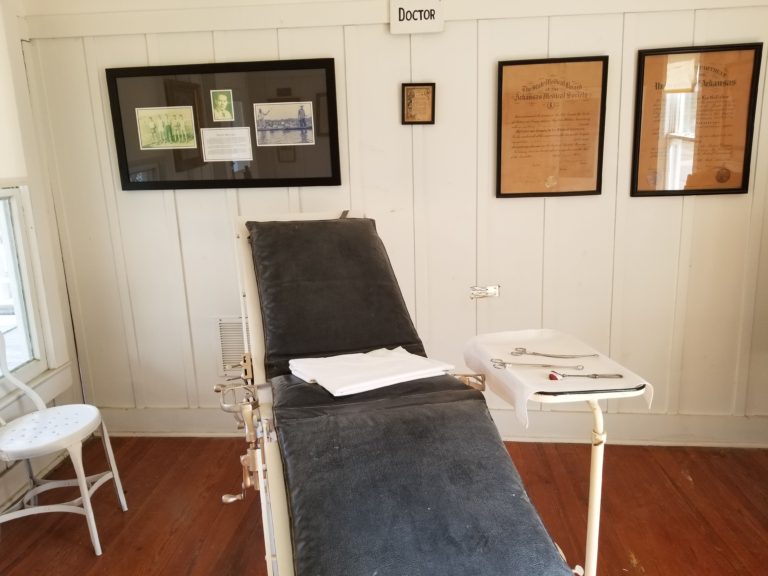One of our favorite Texas towns to visit was San Angelo. We stayed in San Angelo State Park Campground where we had some great views of the evening sunsets.
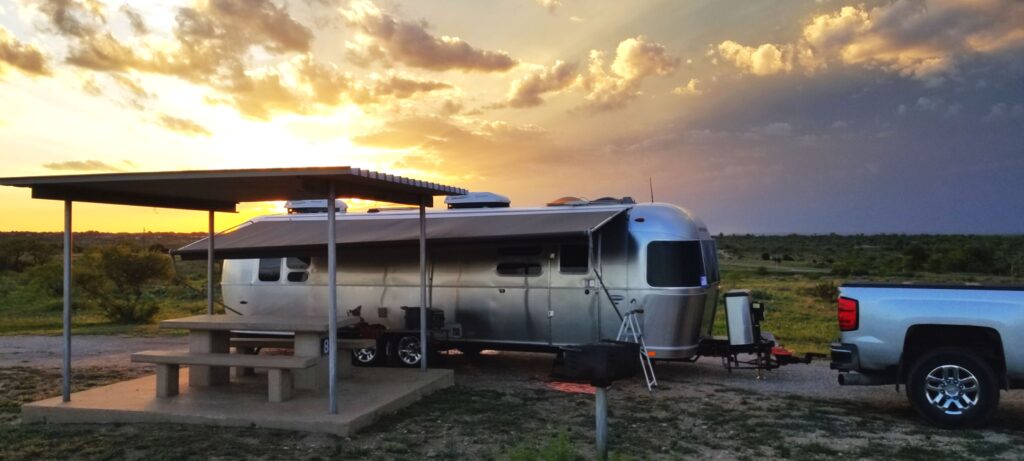
The weather was fickle with cloudy skies in the morning and rain and thunderstorms in the afternoons with clearing in between.
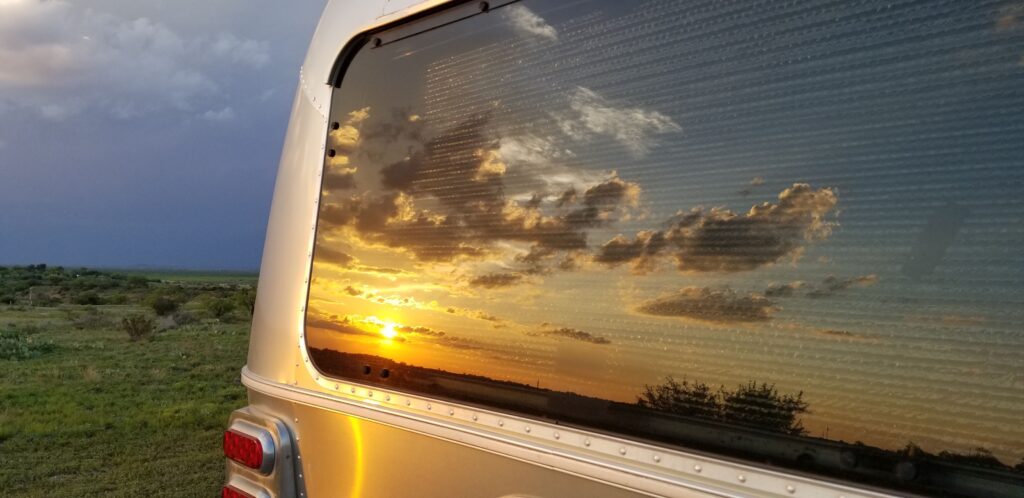
We sometimes went for walks in the evenings.
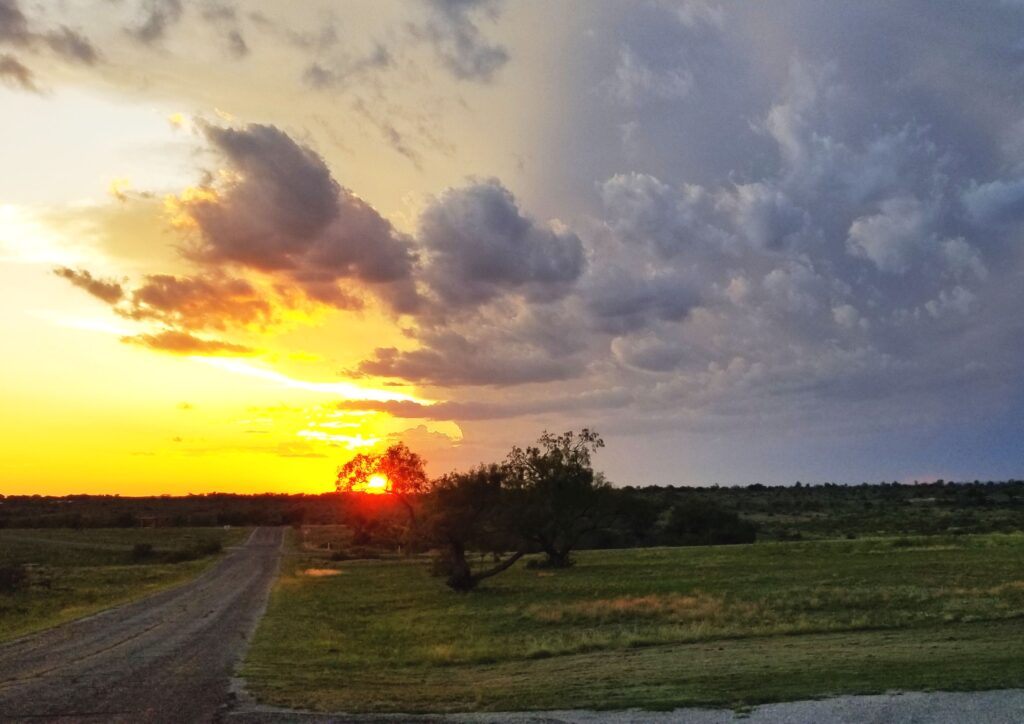
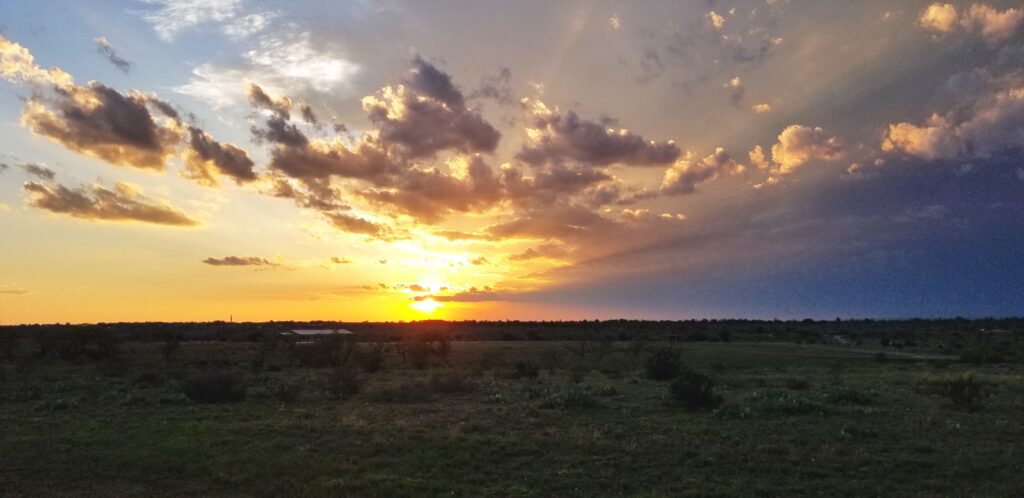
This part of Texas is dry and cactus, especially prickly pear, thrive.
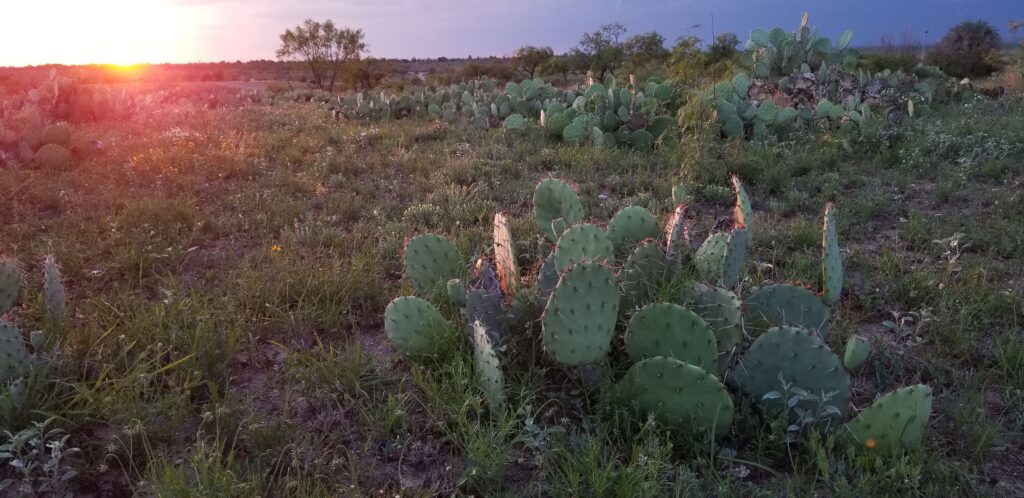
One evening we drove to a lookout in the park where we could see for miles.
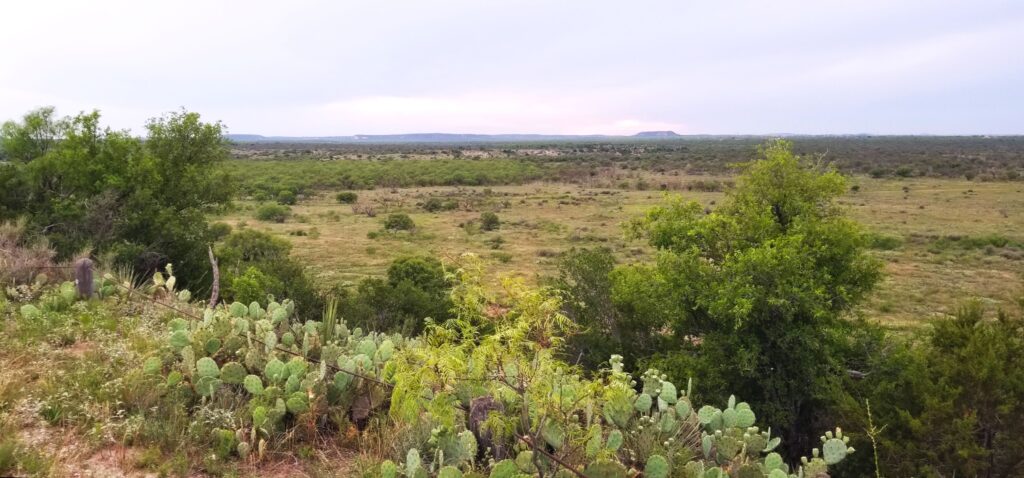
We drove into San Angelo to see some sites. Ray wanted to see the telephone museum located at Fort Concho, an historical fort established in 1867 to protect the frontier settlements. Fort Concho is now a National Historic Landmark, so I was able to get a stamp for my National Parks Passport book.
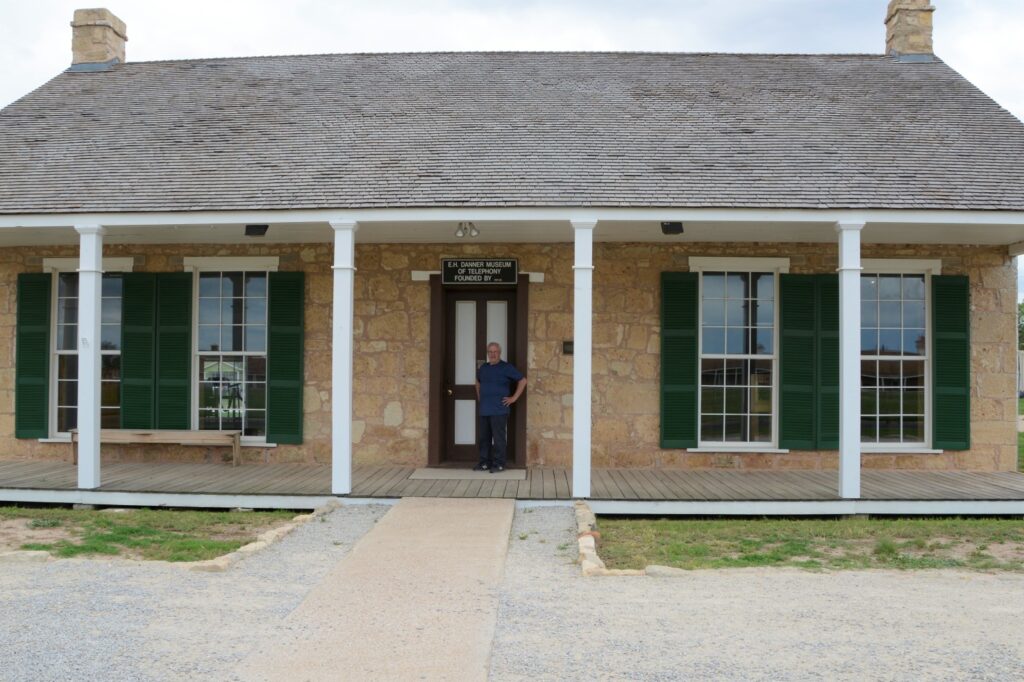
The museum has on display a unit designed and made by Alexander Graham Bell. There were only five made and only two in existence today.
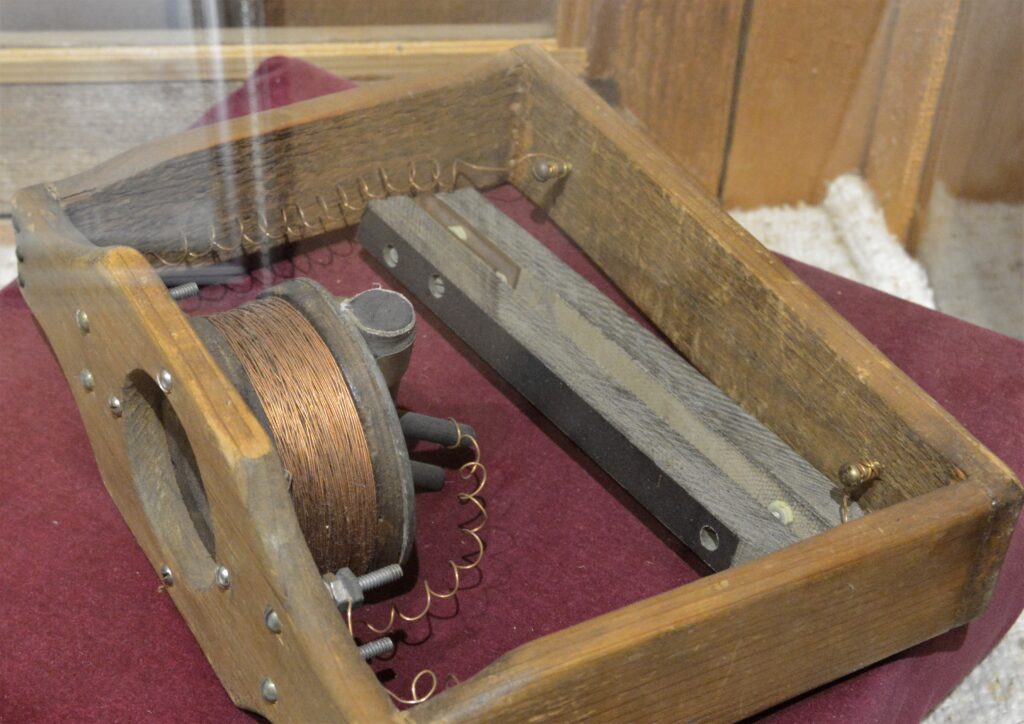
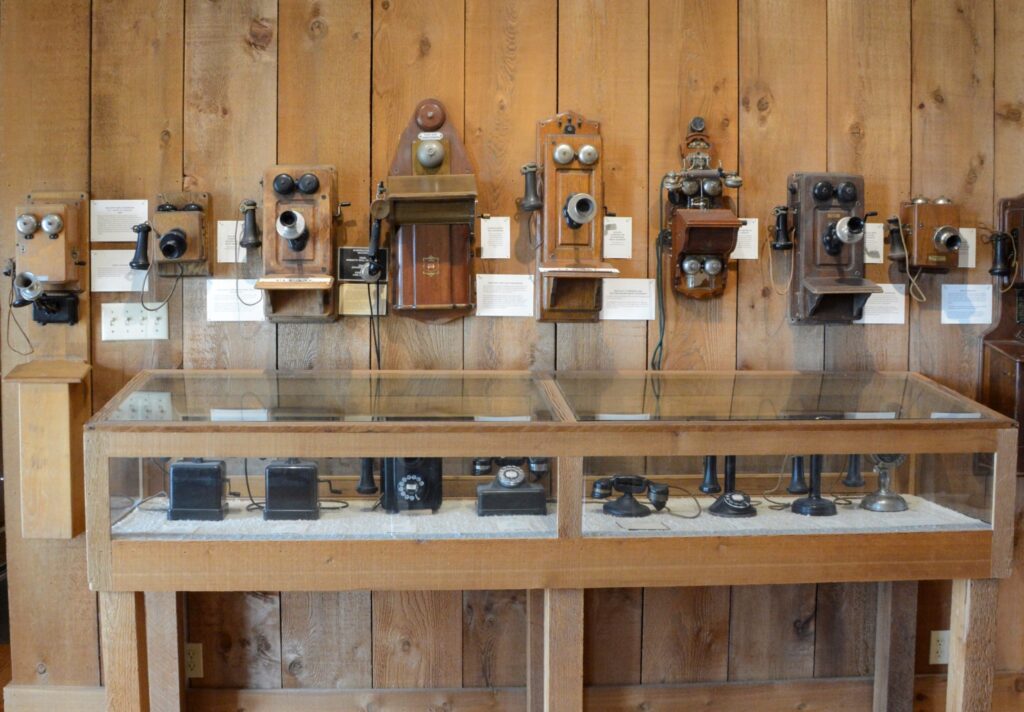
San Angelo is known for their historic murals depicting the history of the area. We went on a search to find as many as we could. The first one we saw was near the Train Museum and depot. It was about all the forms of transportation used throughout their history.
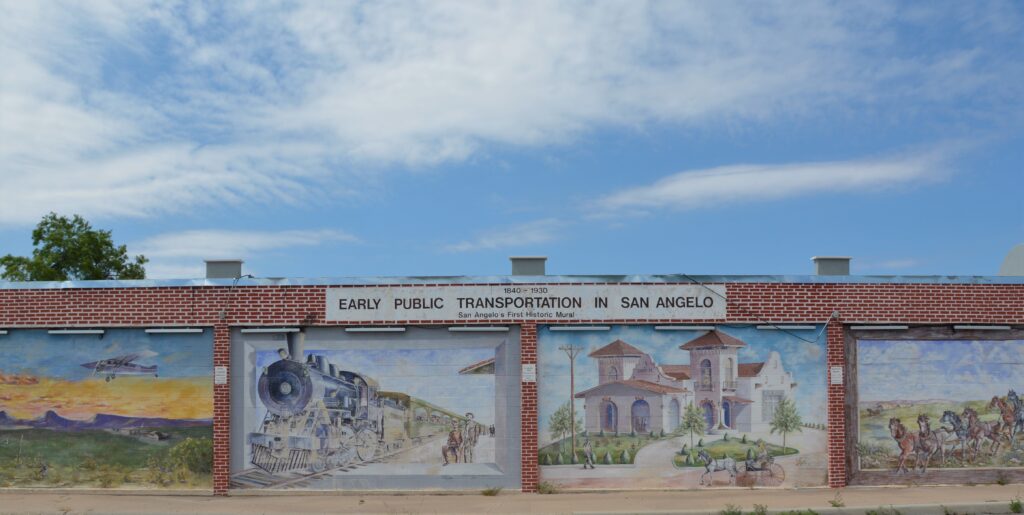
Up closer, they look like this.
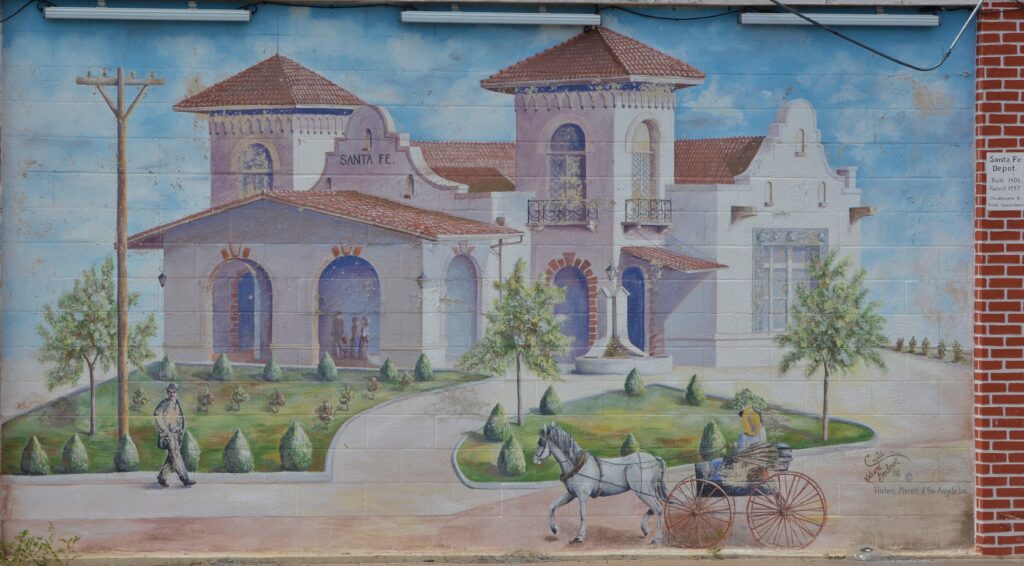
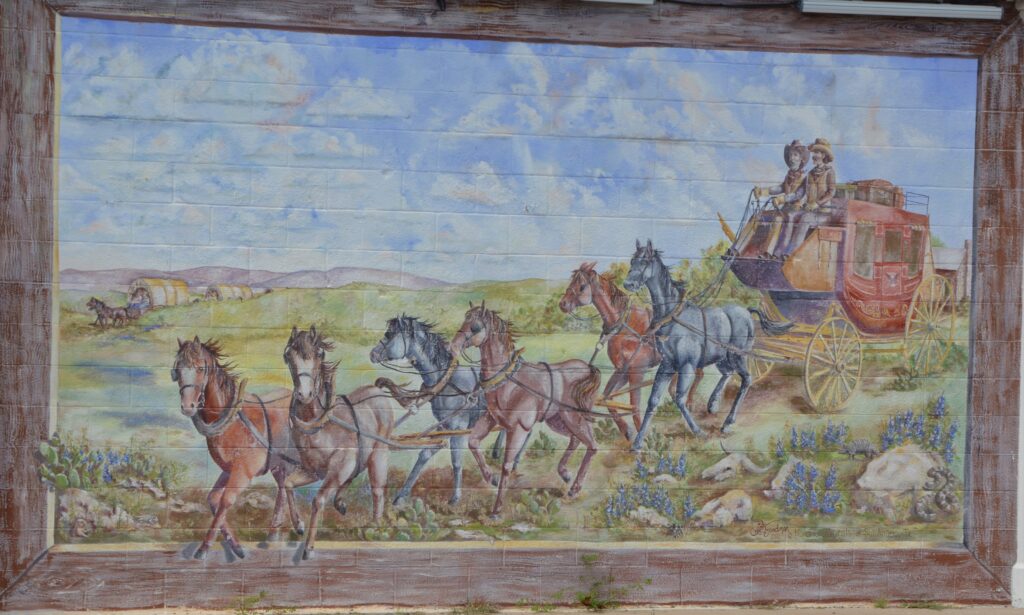
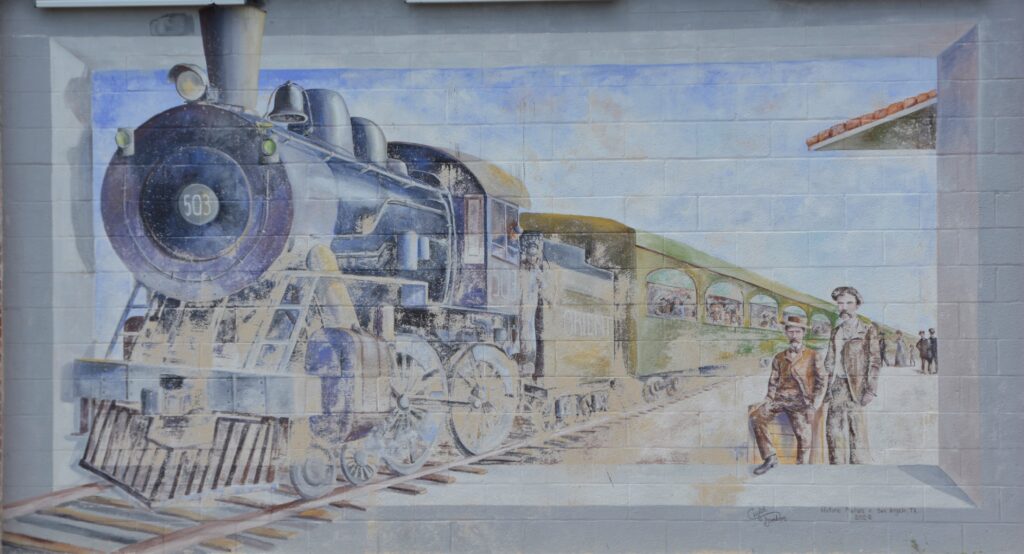
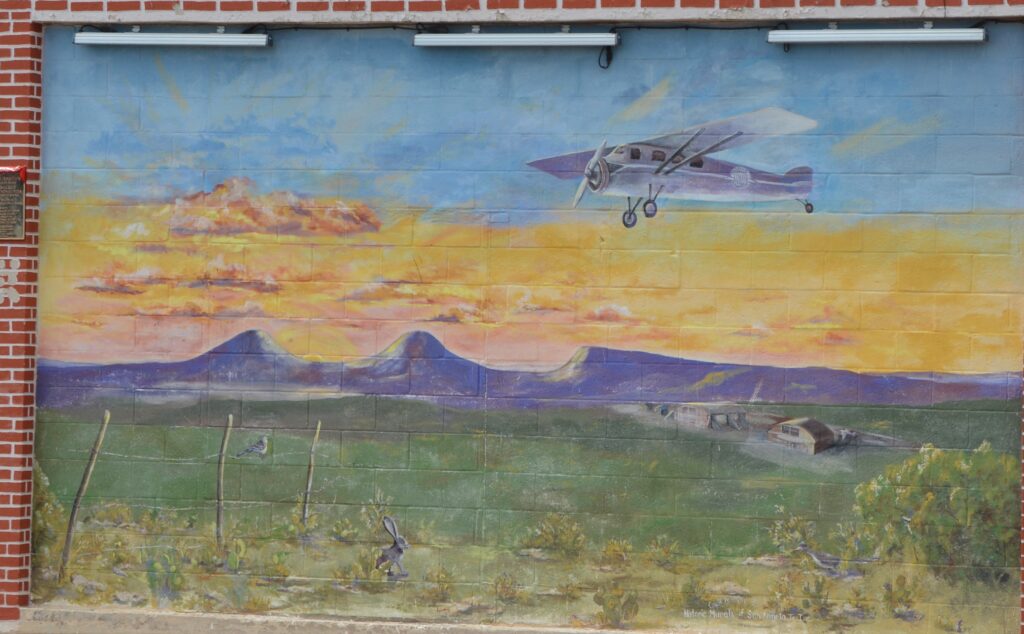
One of the things we were told to look for were sheep. They are decorated and found all around town. This one was at the Train Museum and Depot. We wanted to see the train museum, but we were on a mission to find the murals. We decided to save it for another time.
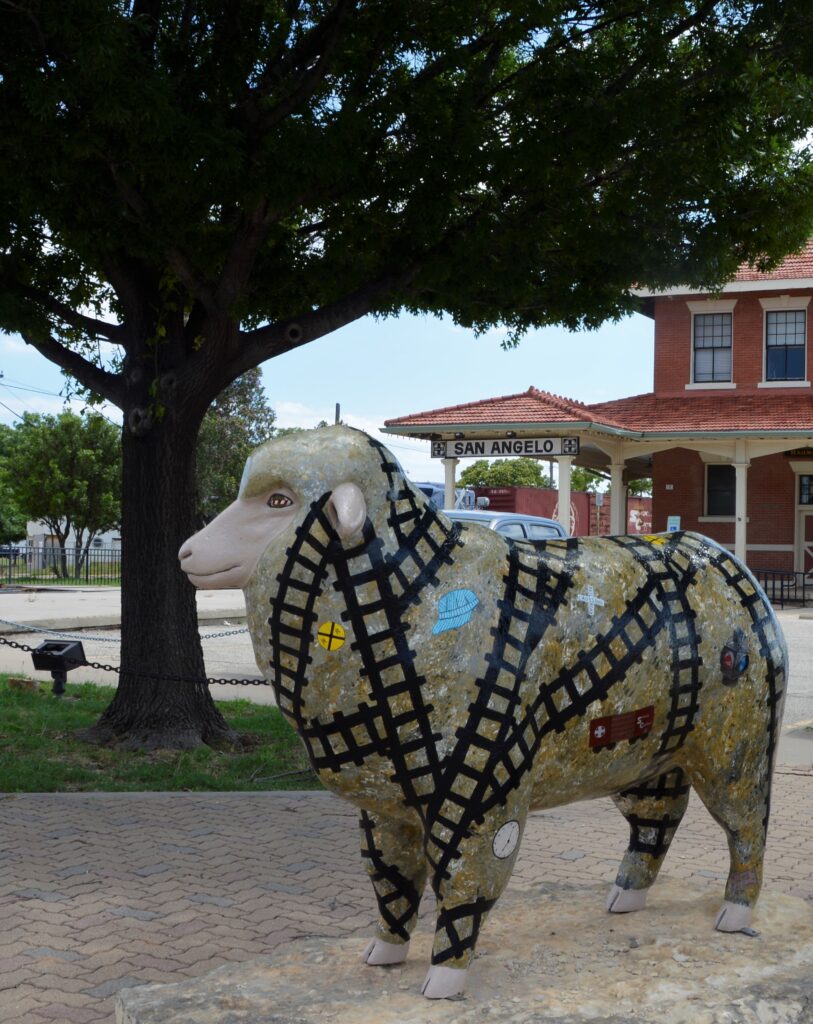
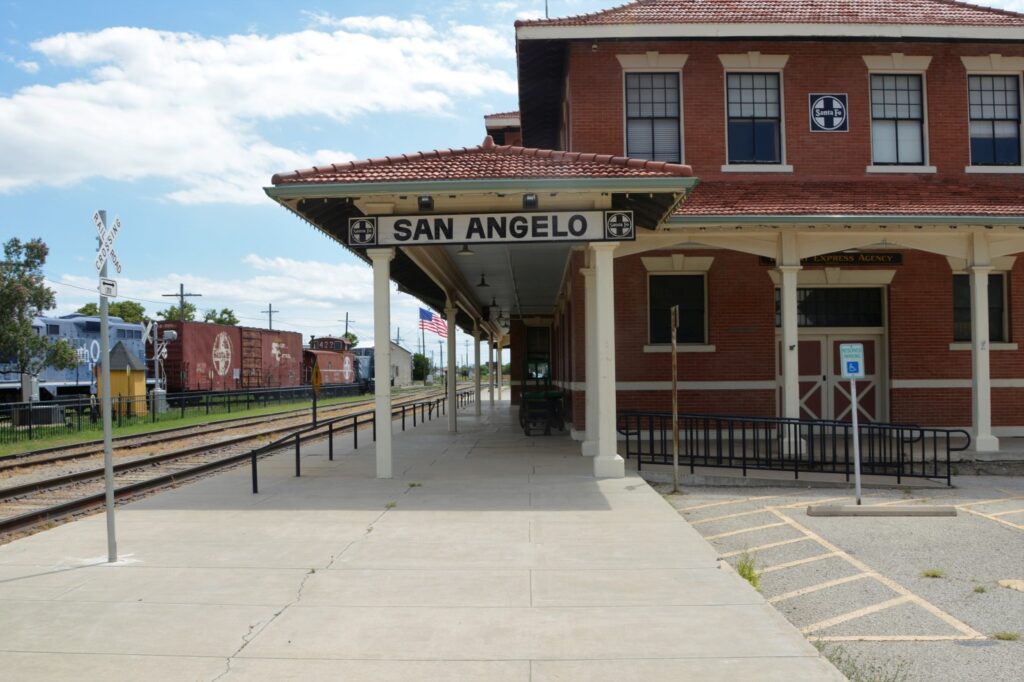
Most of the murals are found near the old downtown area of San Angelo. Since they are painted on the sides of buildings in parking lots, sometimes it was hard to get a clear photo of them. This one is of a local author who writes westerns about the Texas Rangers. His name is Elmer Kelton. I have not read any of his novels, but they sound interesting.
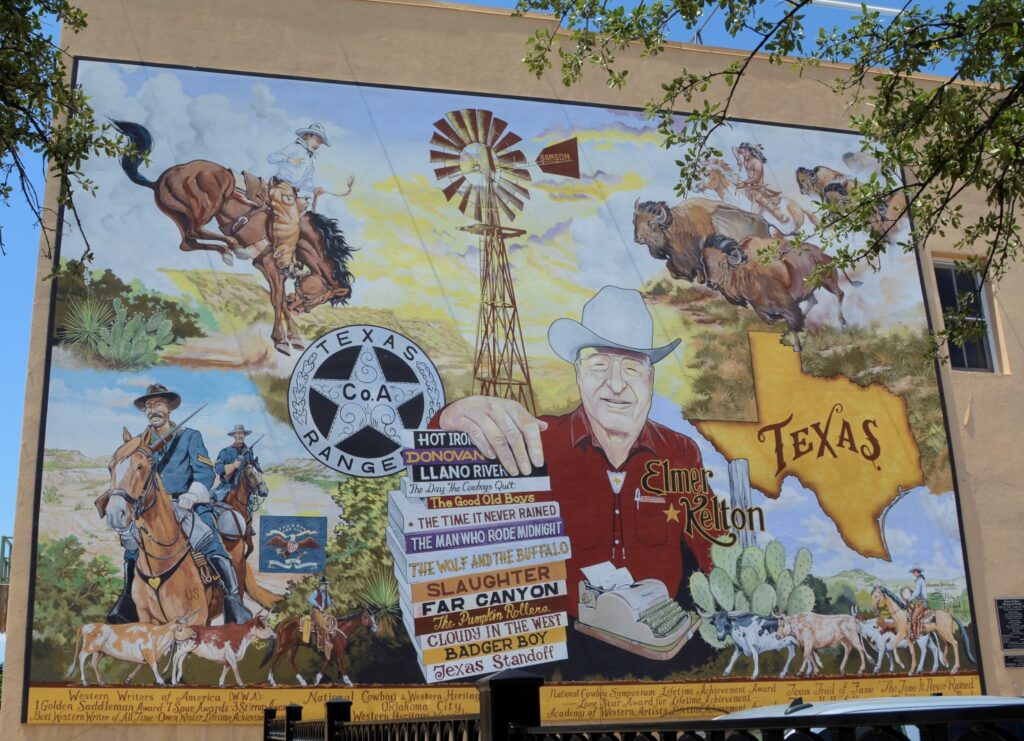
I stumbled across the Blacksmith mural while looking for another mural. This is right across the street from the famous Eggemeyer’s General Store. While taking a photo of Eggemeyer’s from across the street, I came upon another sheep!
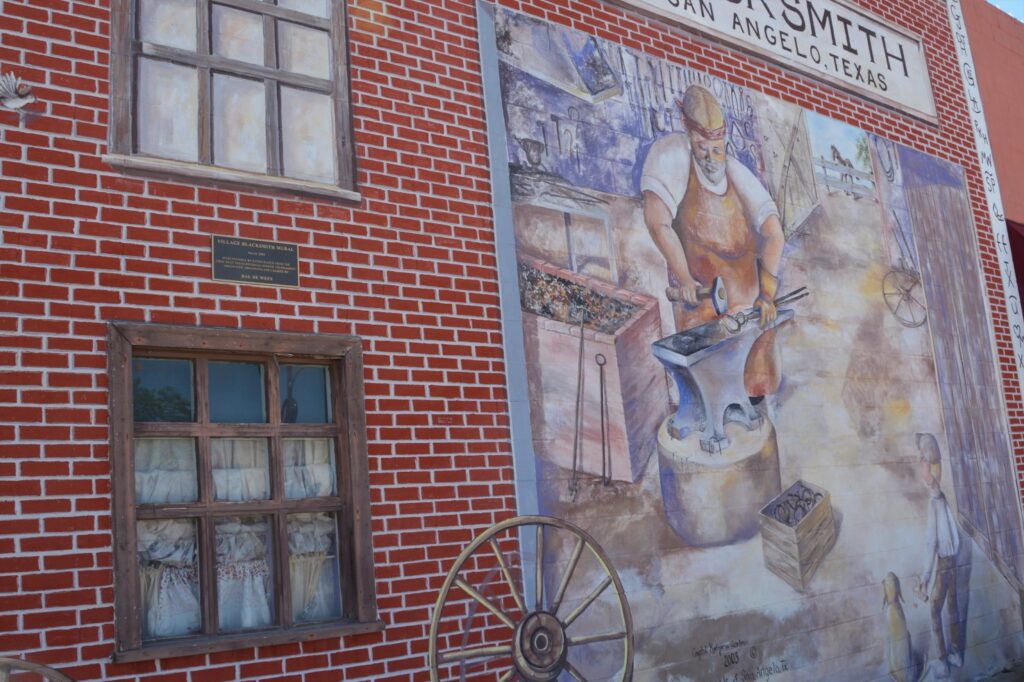
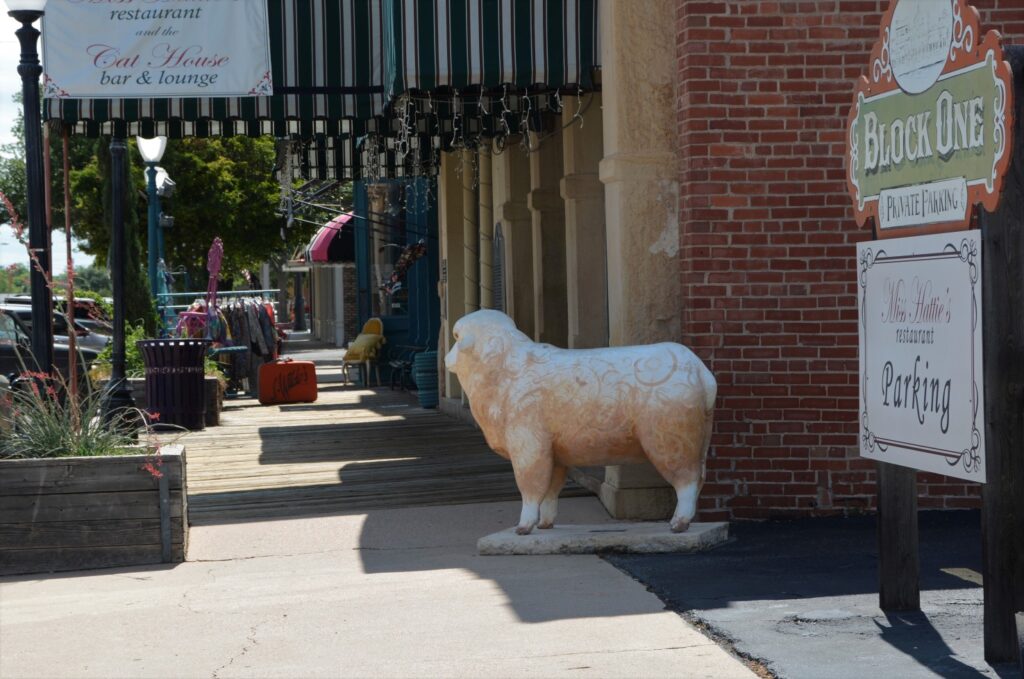
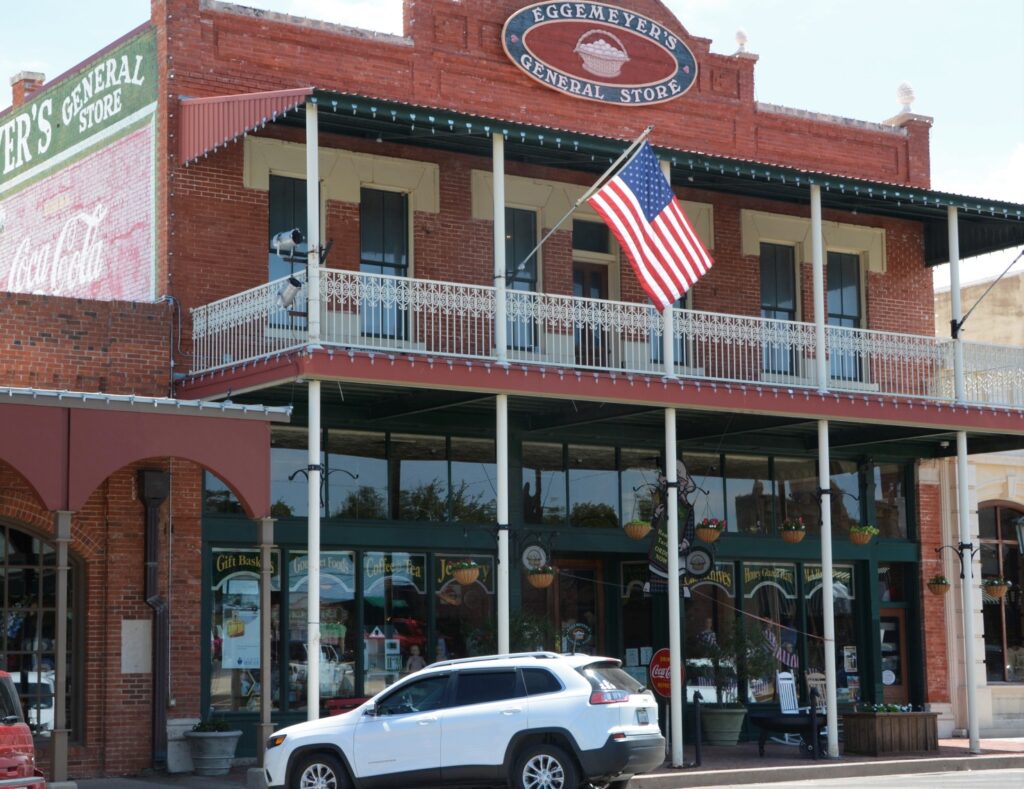
This store has so much in it, it could take hours to see it all. I liked the Indian with the lollipops in his headdress.
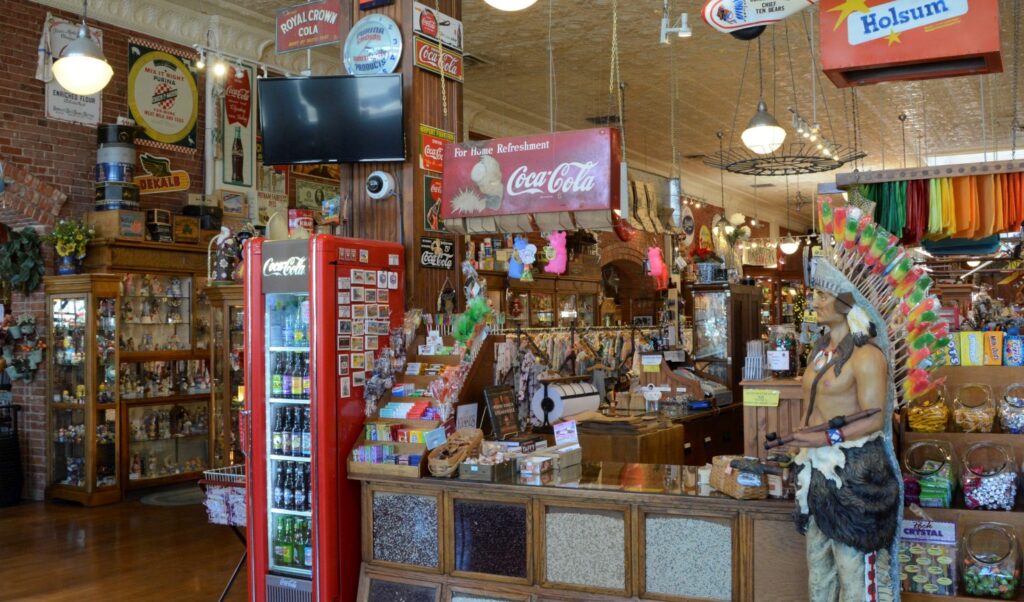
There were all kinds of candies, chocolates, sweets, jewelry, household goods, teapots, teacups, knickknacks, vintage signs, vintage toys, aprons, hand towels, kitchen items, bandanas, cards, stationery, and even an old car in the men’s section.
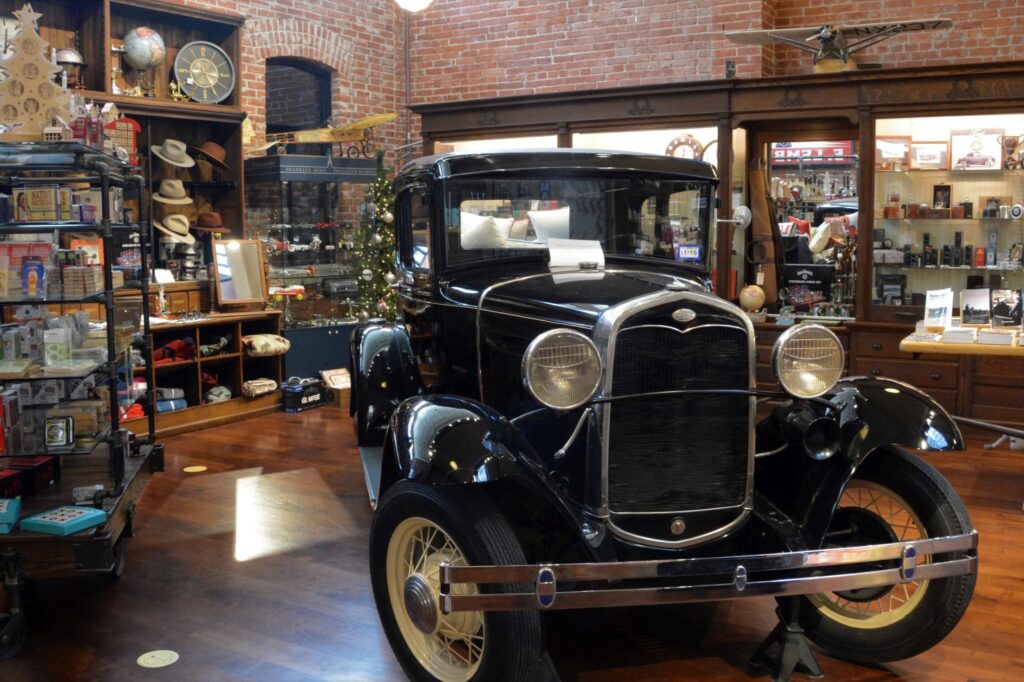
The best thing about living in a travel trailer is that you’re not tempted to buy anything because you don’t have room. The worst thing about living in a travel trailer is that you can’t buy anything because you don’t have room.
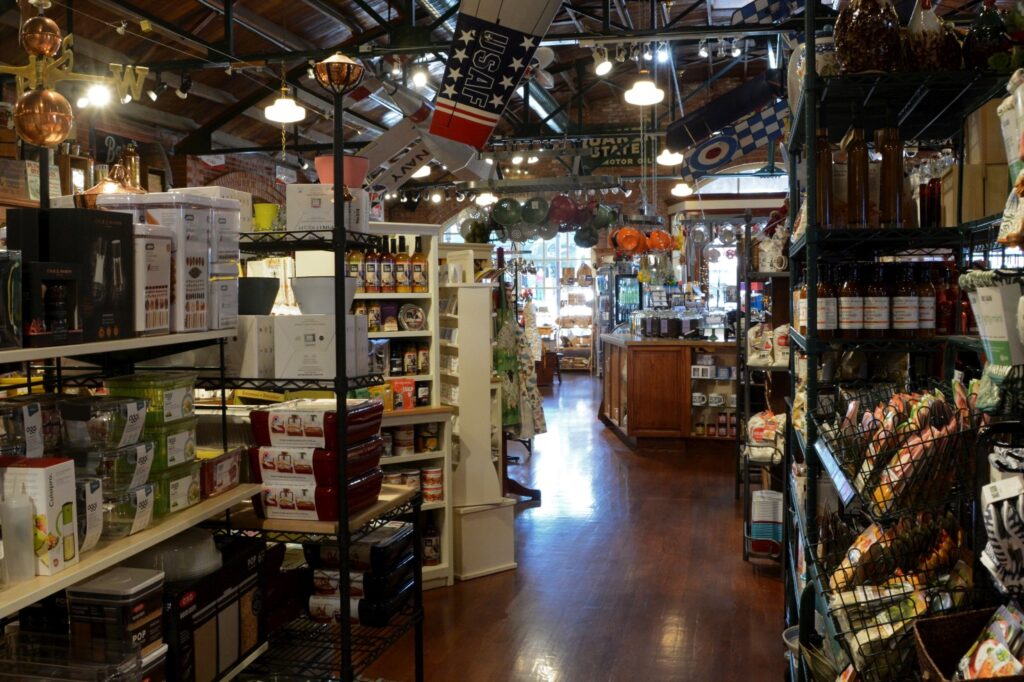
I collect photos of street clocks. Here on this same corner was a street clock.
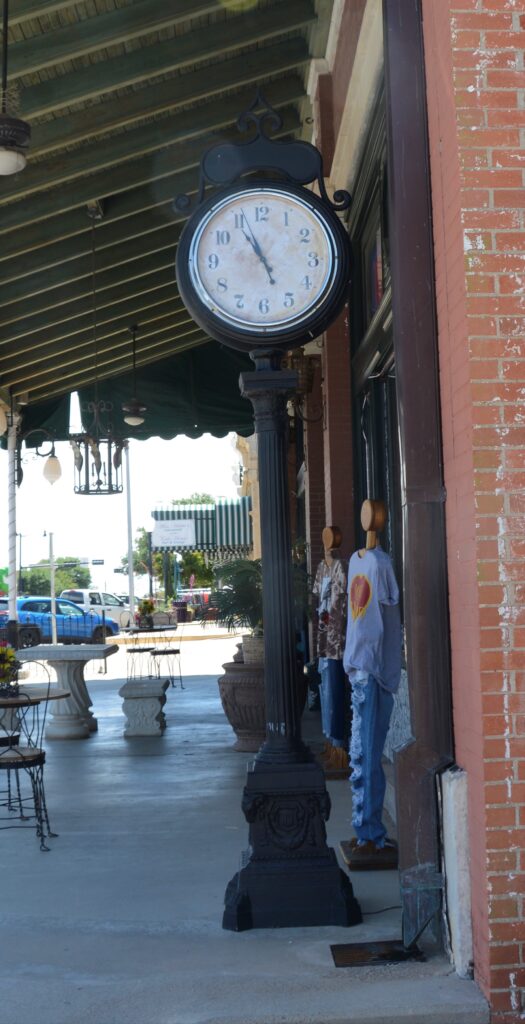
We wanted to find some more murals, and to my surprise, I found three more on the opposite street corner. These three were together and depicted the military history of the area. Ray was stationed in San Angelo for training at Goodfellow Air Force Base. He had a five and a half month long advanced electronic repair training.
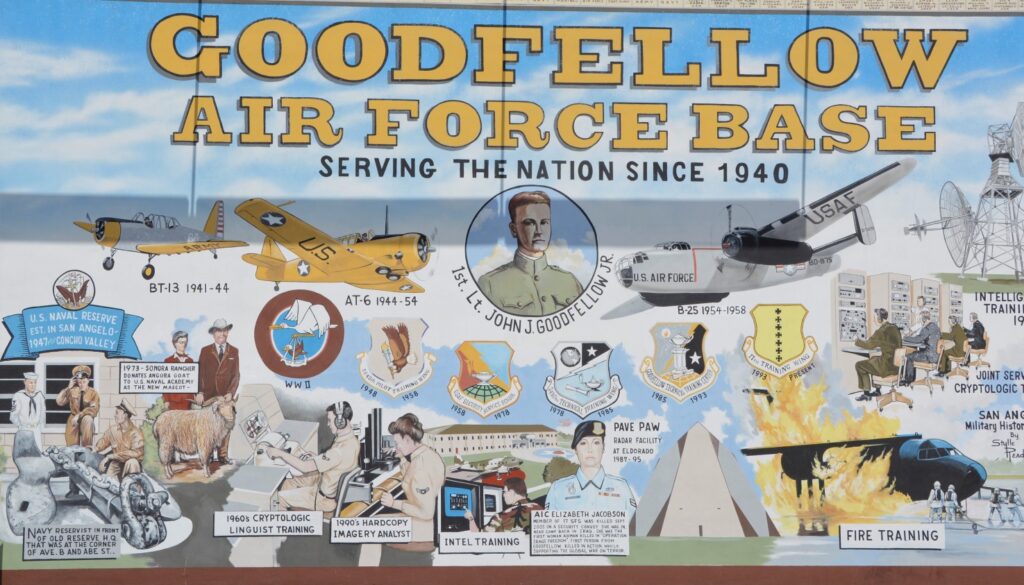
San Angelo Army Air Field was only used from 1942-1945 for training bombardiers for combat missions. It was closed after WWII and today is a civil airfield called Mathis Field.
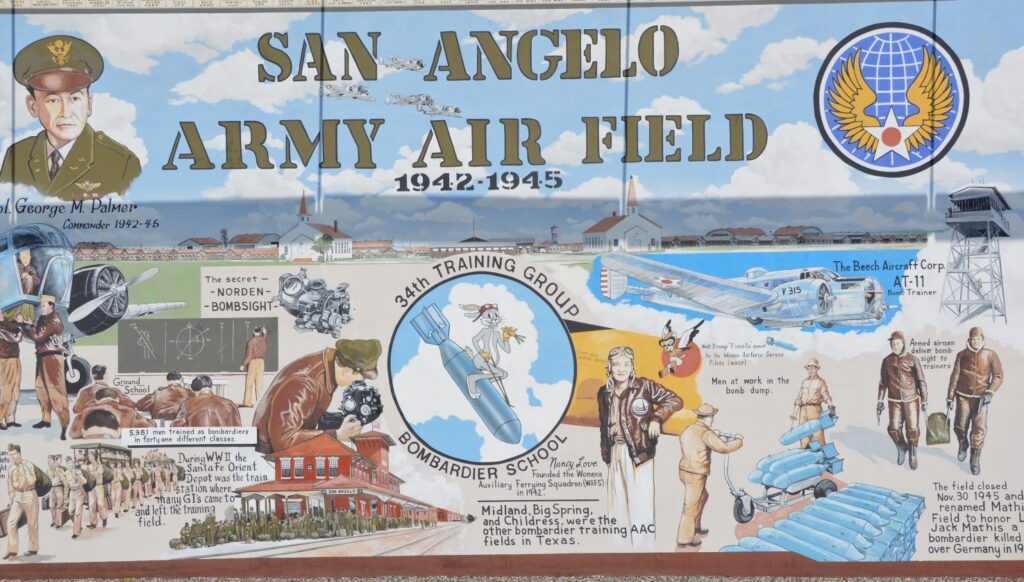
Fort Concho, as mentioned earlier, was a fort established to protect frontier settlers. William “Pecos Bill” Shafter commanded here along with other notables. Also, the 9th and 10th Cavalry Regiments and 24th and 25th Infantry Regiments were all black soldier units known as the Buffalo Soldiers.
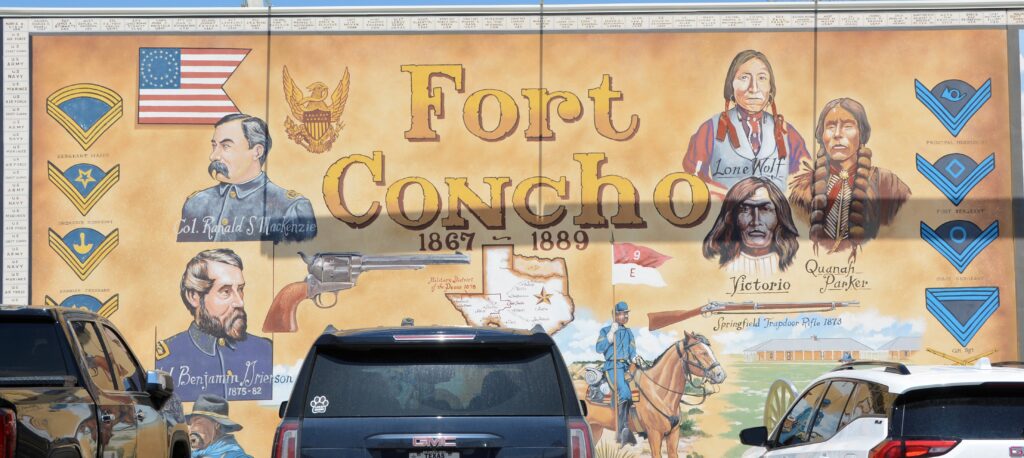
Here’s a closer look at some of the details.
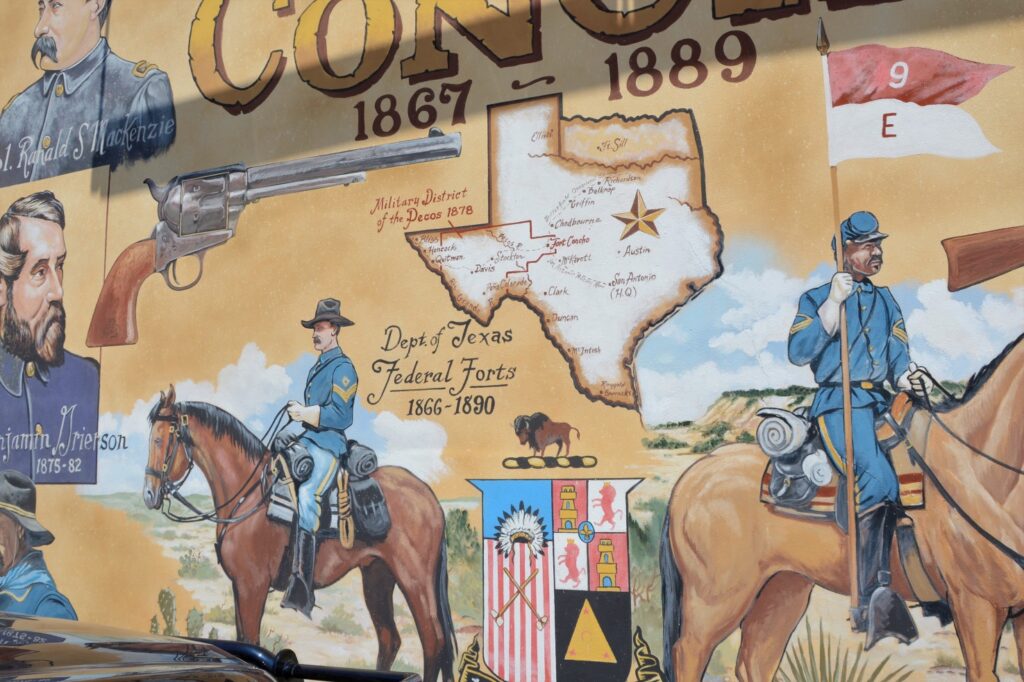
By now, we were hot and tired. We managed to find one more mural. This one was not mentioned on the website list of murals. I call it the Dry Goods Mural. There were two or three more that we missed or couldn’t find.
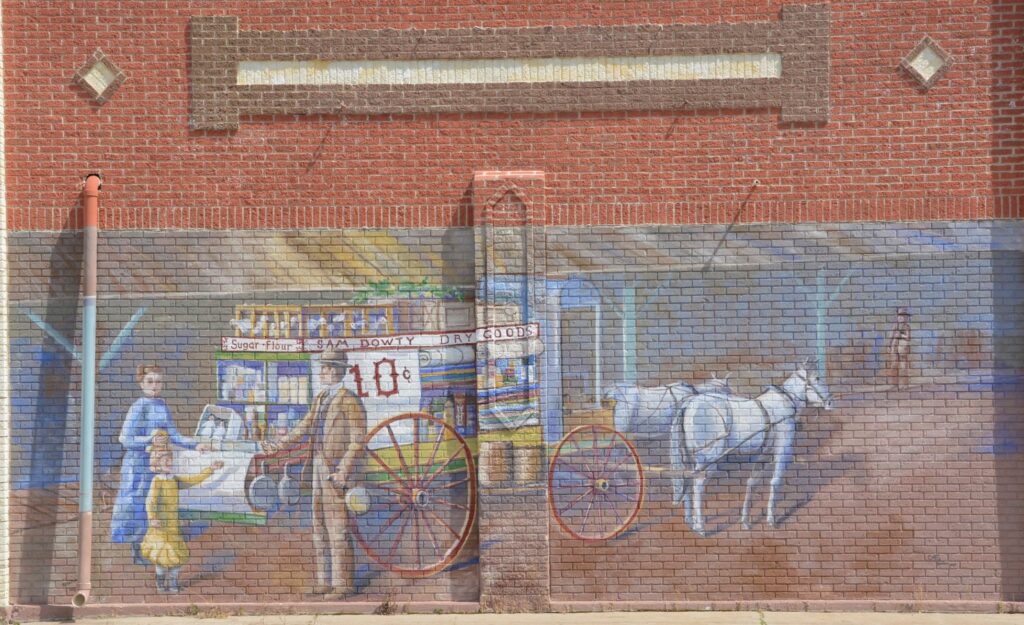
There were many more things we would have liked to see, but there just wasn’t time and energy for them.
We did, however, drive into town to see Lone Wolf Bridge in the evening. It was supposedly lit up at night, but though we stayed for awhile after sunset, we never saw any lights. It looks like a hangout for taggers. The bridge is covered with graffiti, It’s a sketchy area at night. So we left.
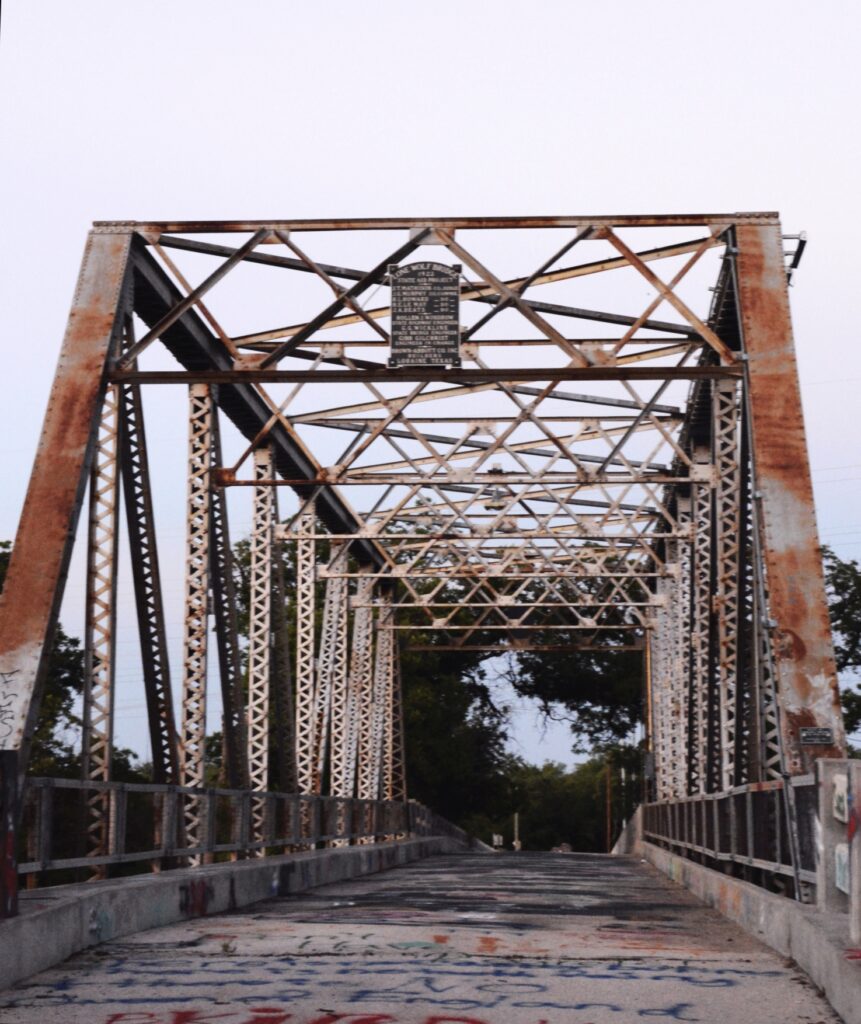
You can read about this historic bridge below.
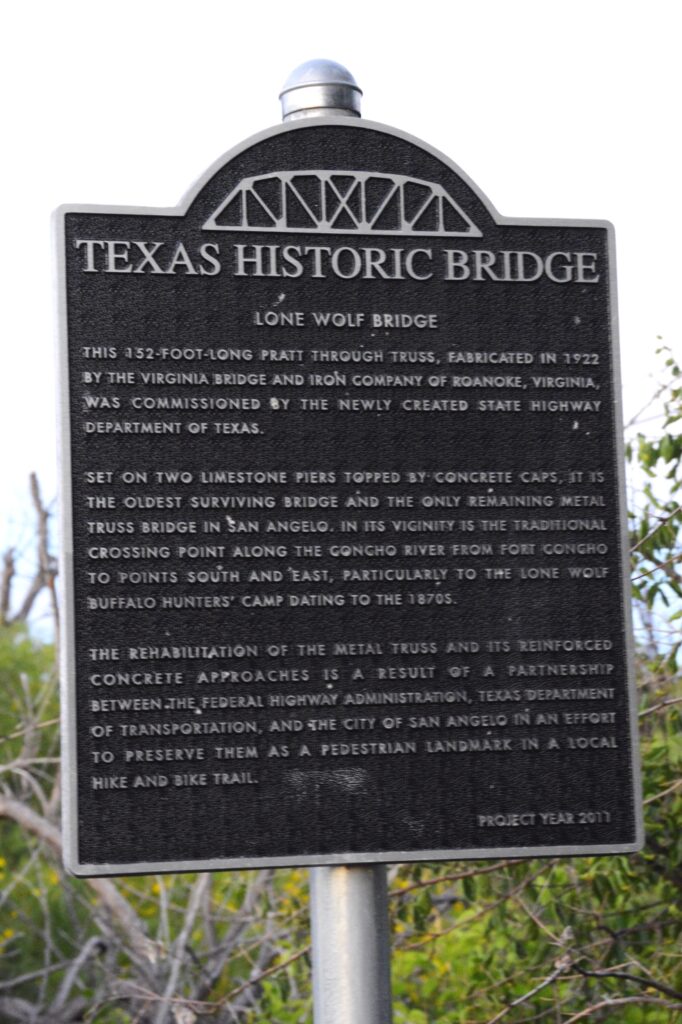
If you ever get to San Angelo, there are lots of things to see. The top of my list is the water lily gardens and the murals. And don’t forget to take a picture of a sheep! They are all over town.
For a photo tour of sheep and their “ewe”-nique names, click on this link:

